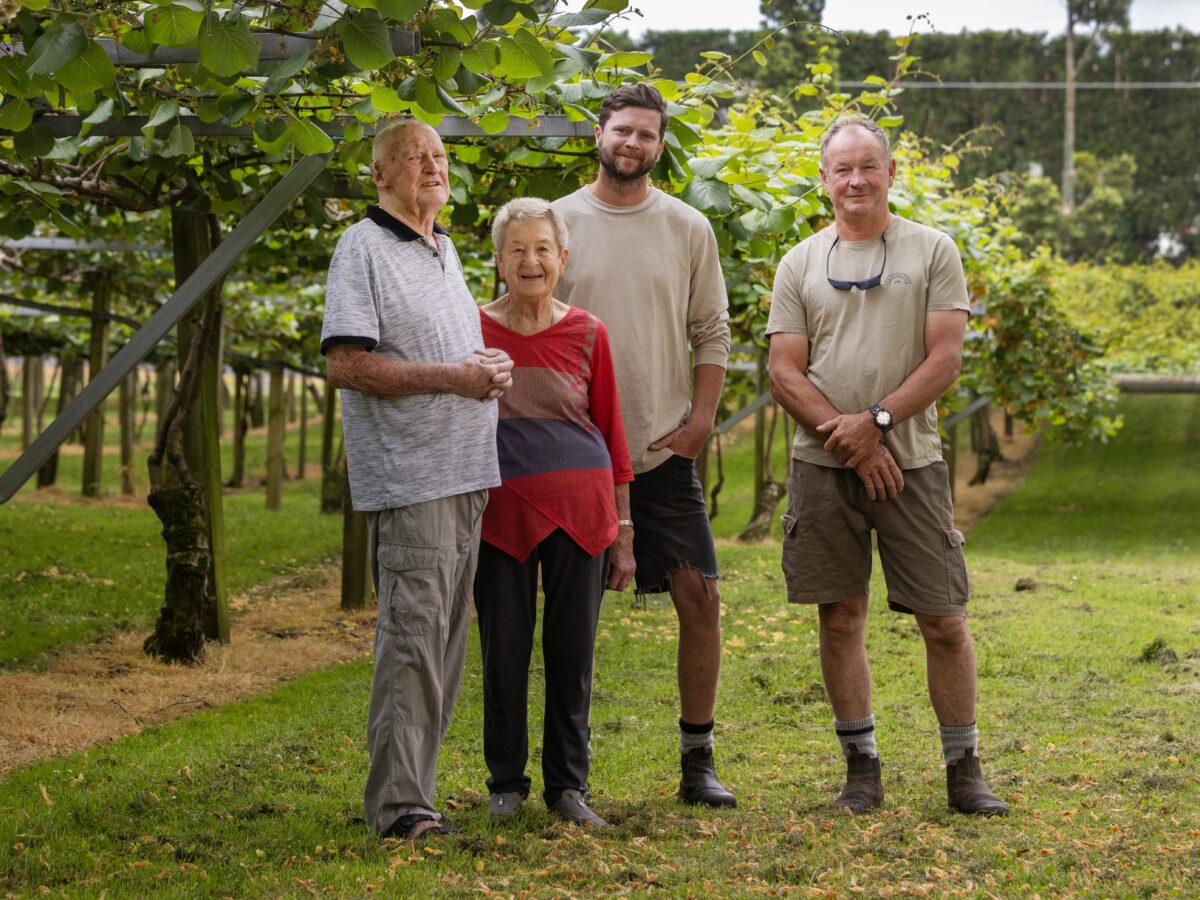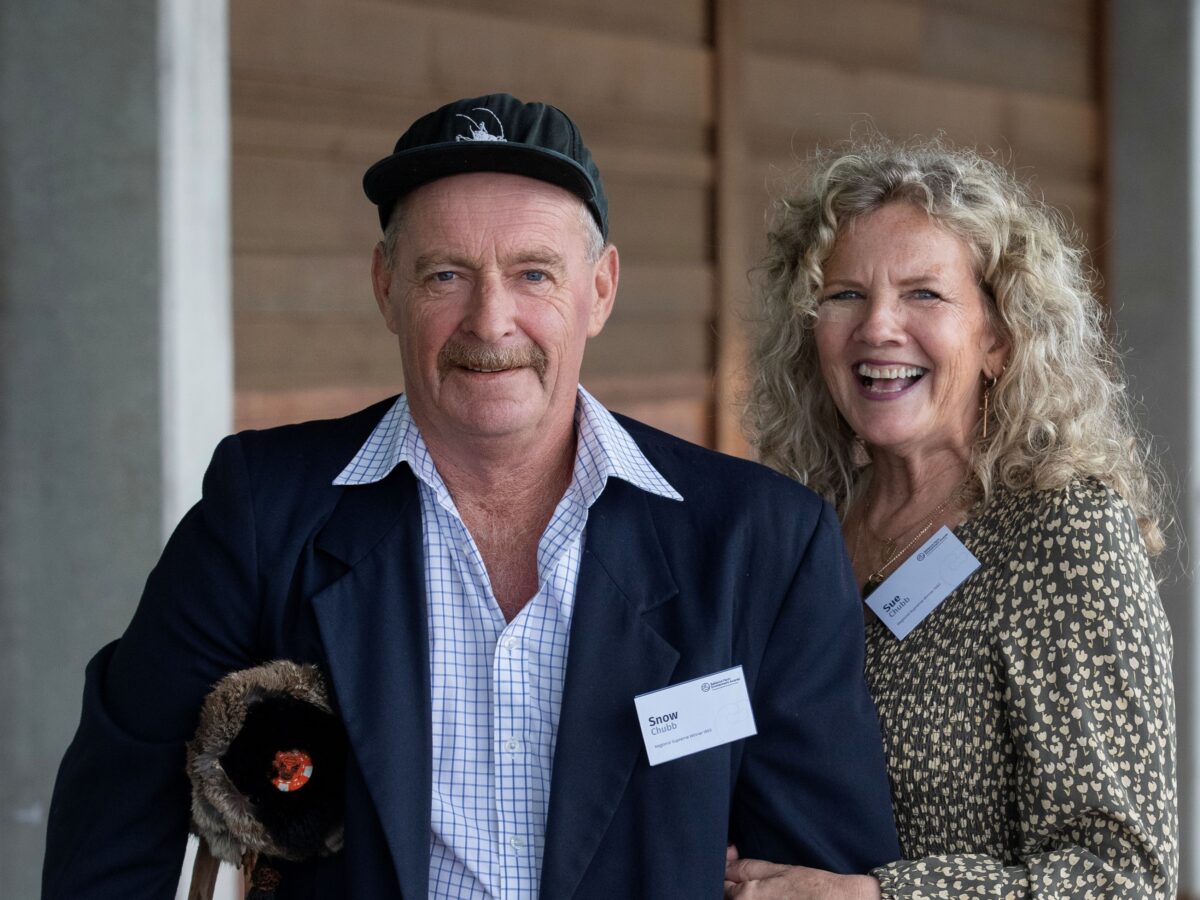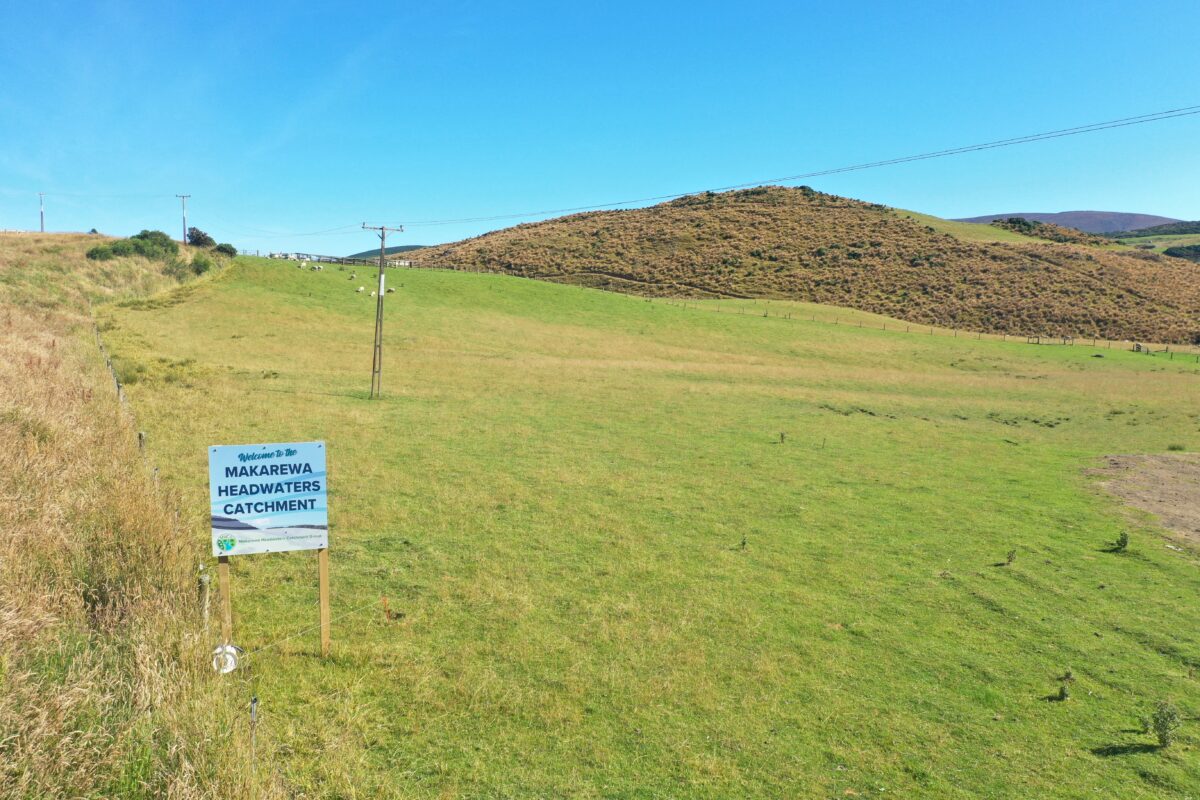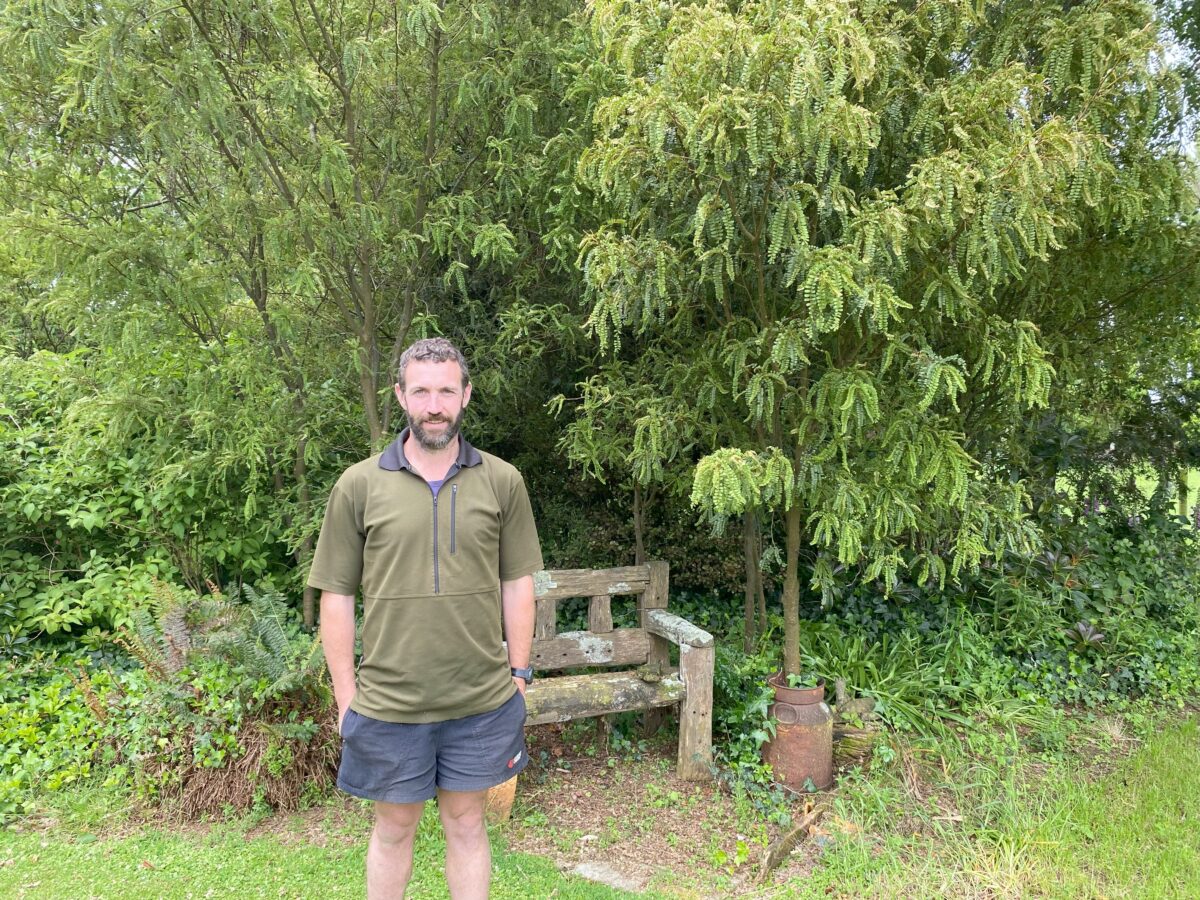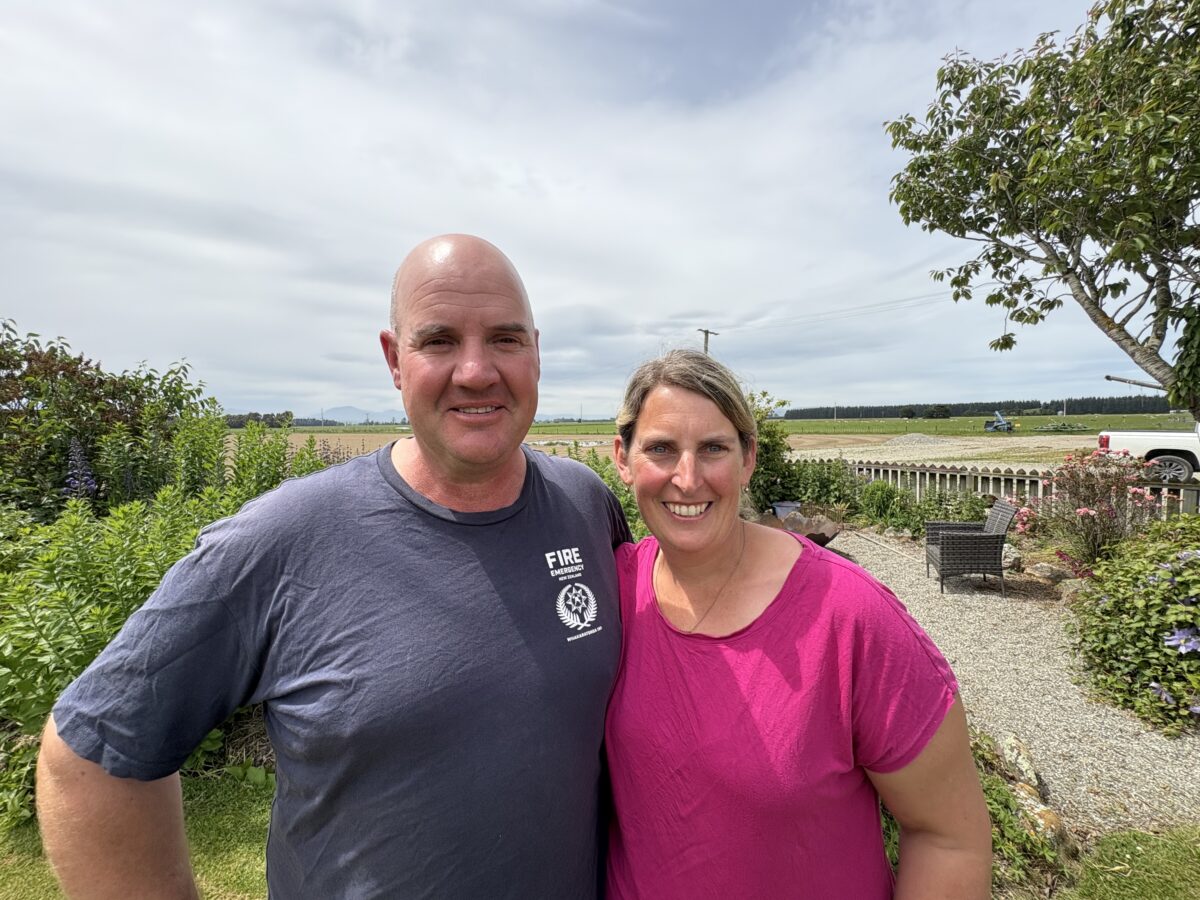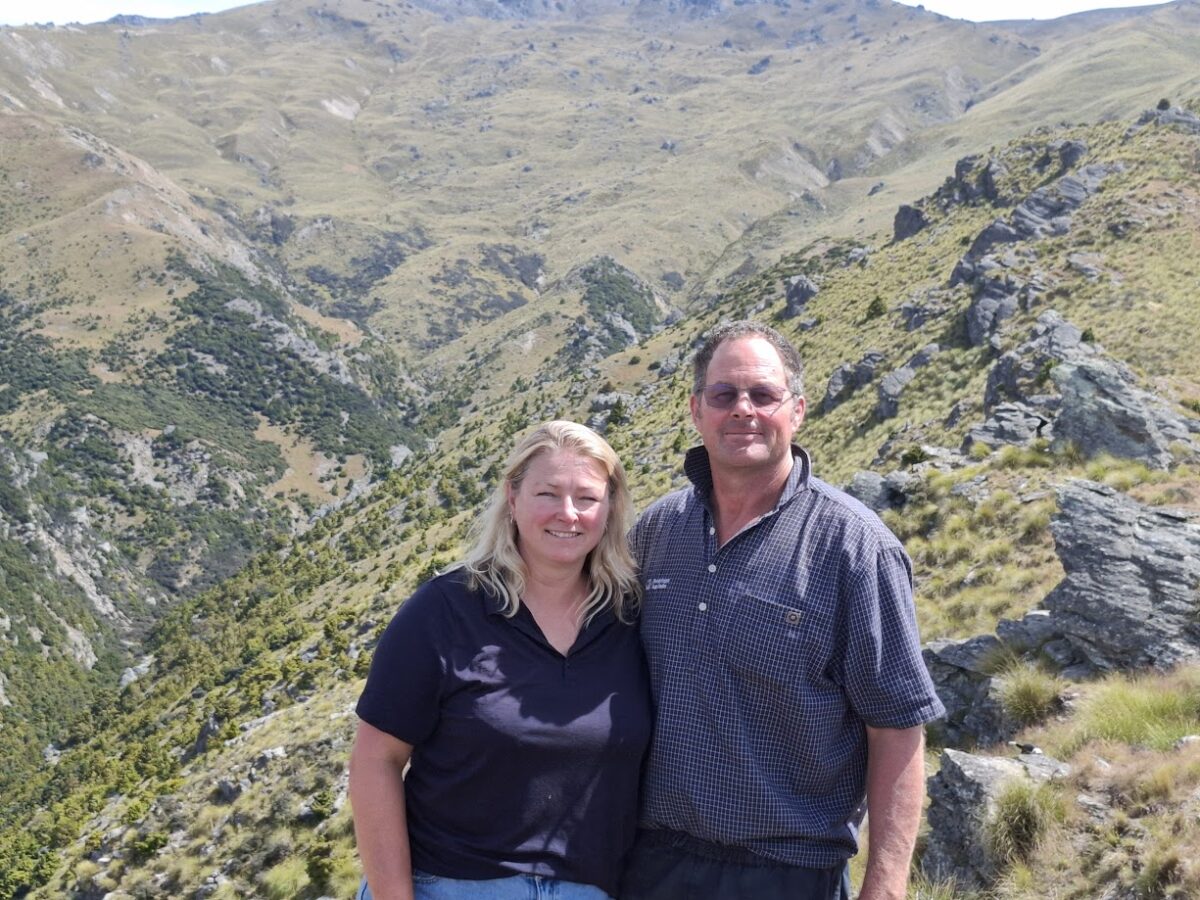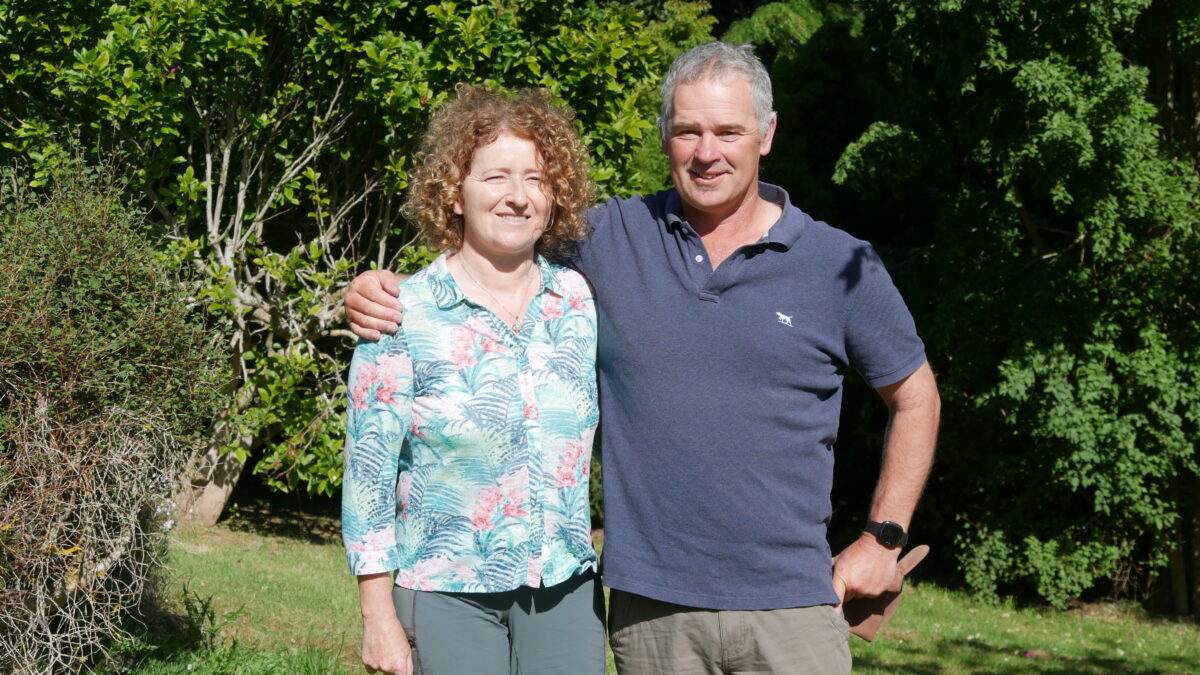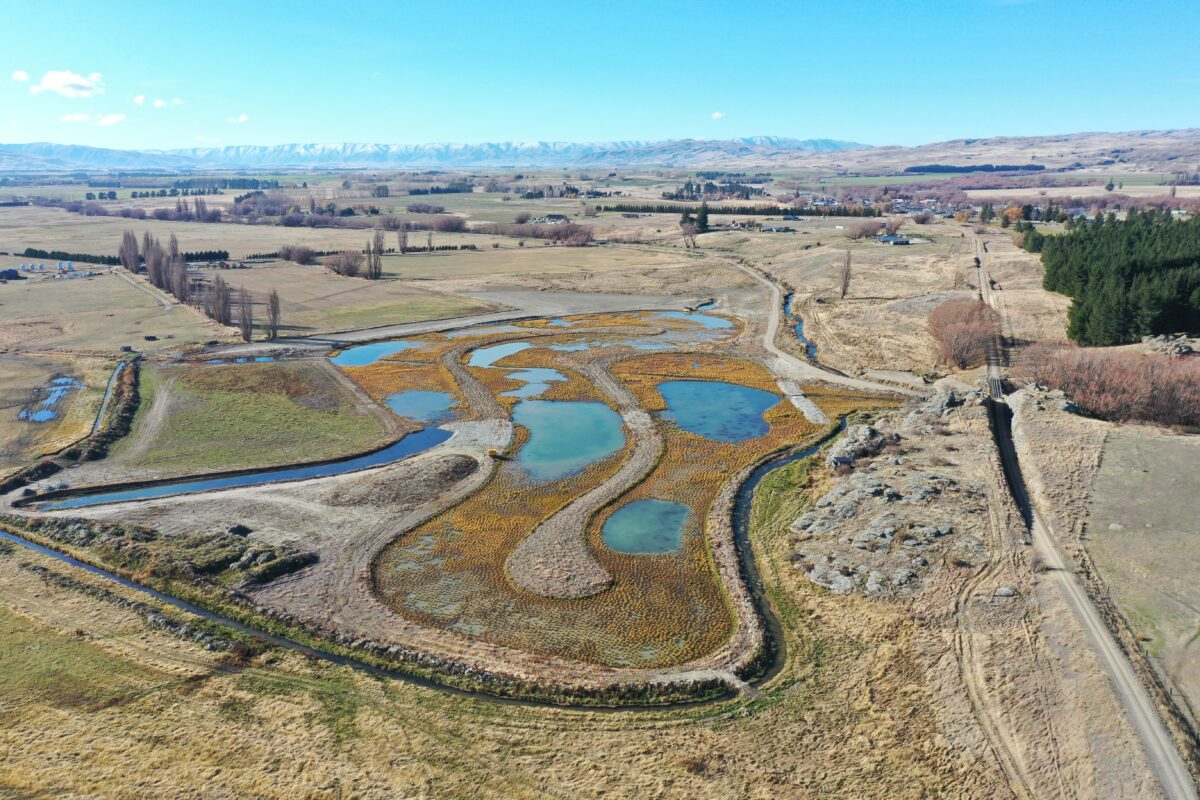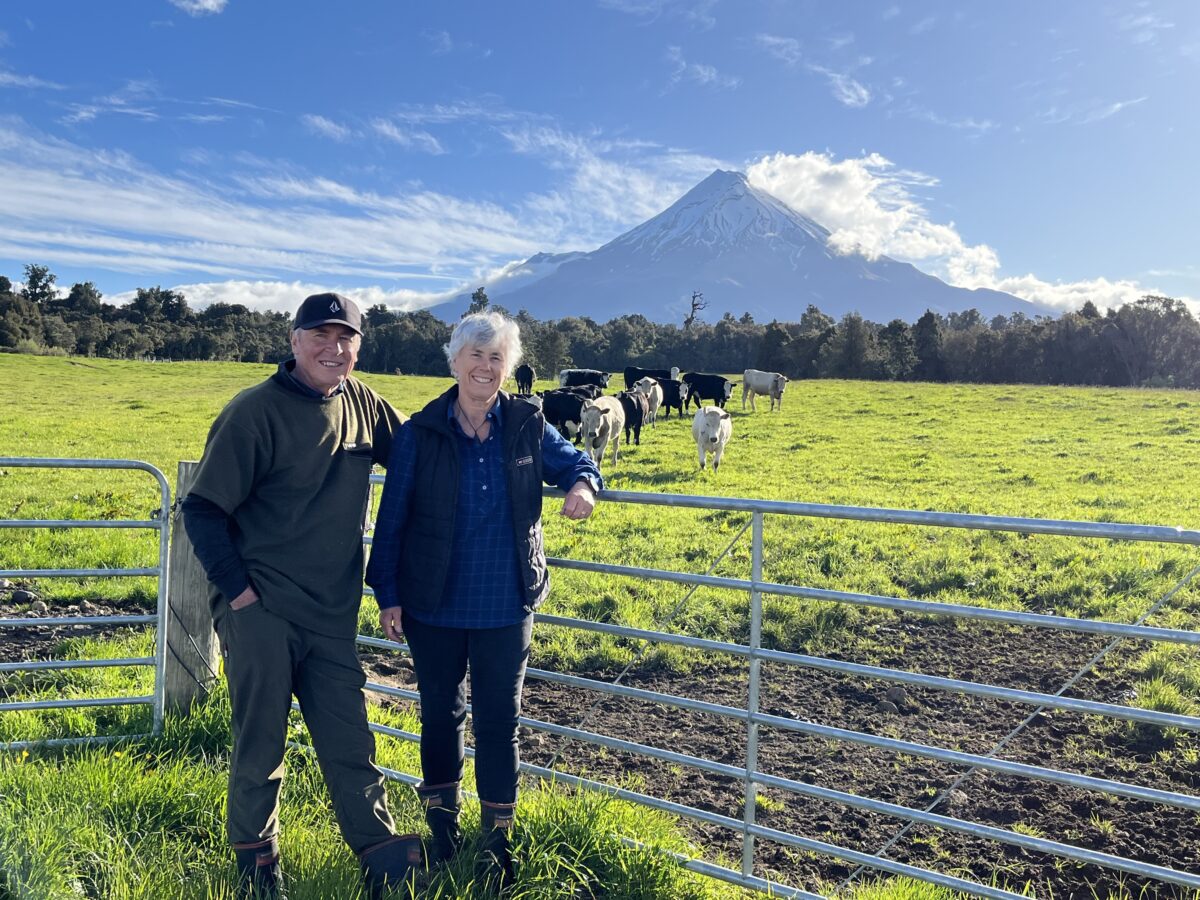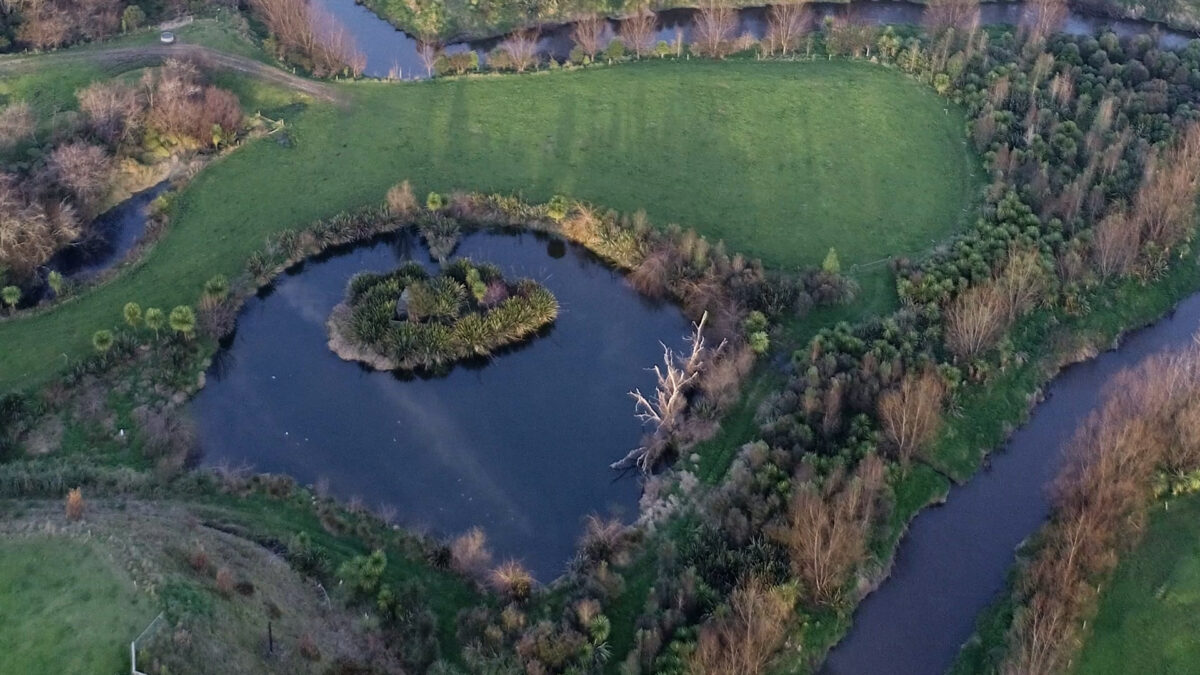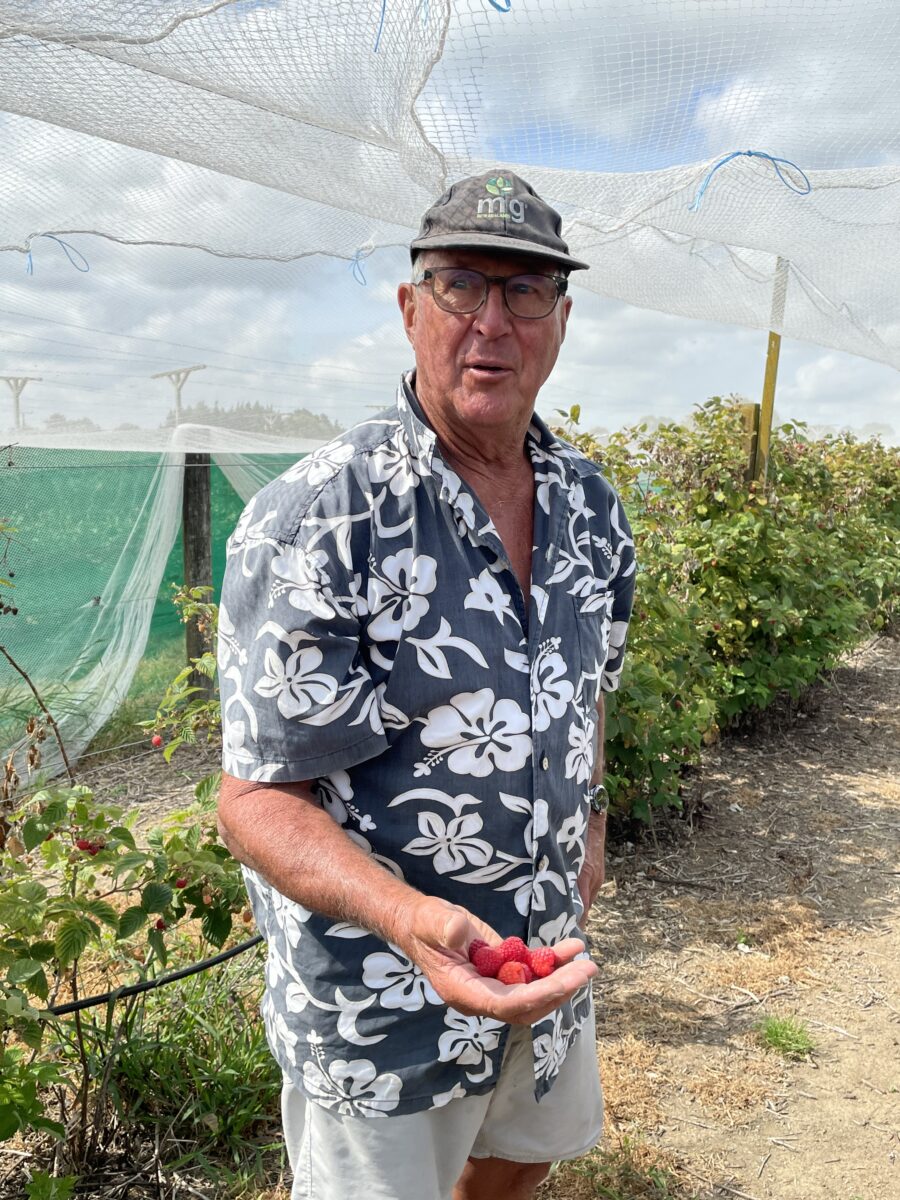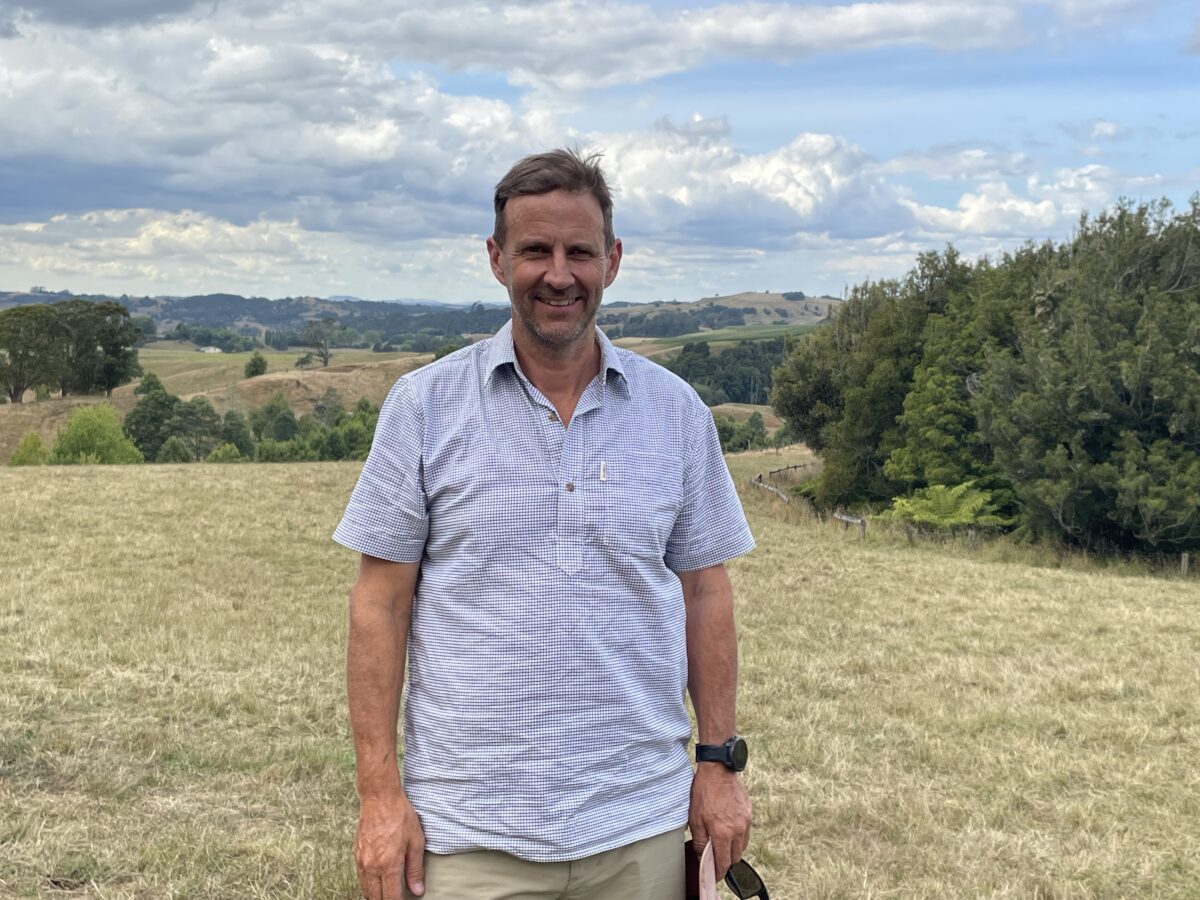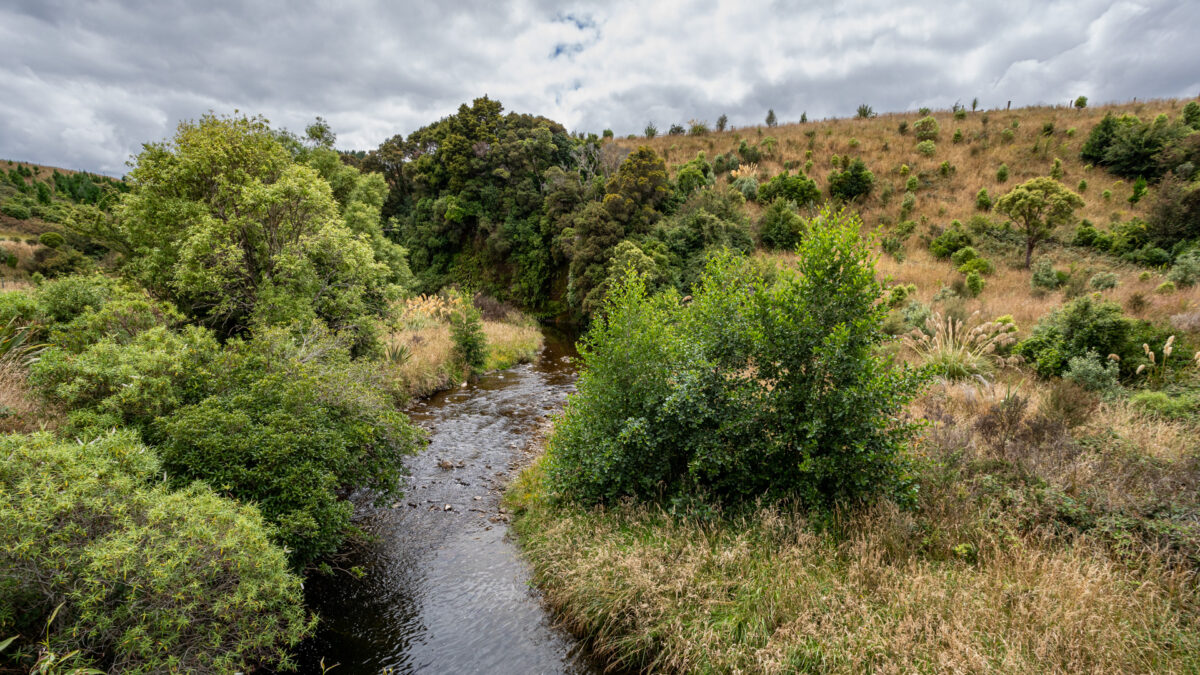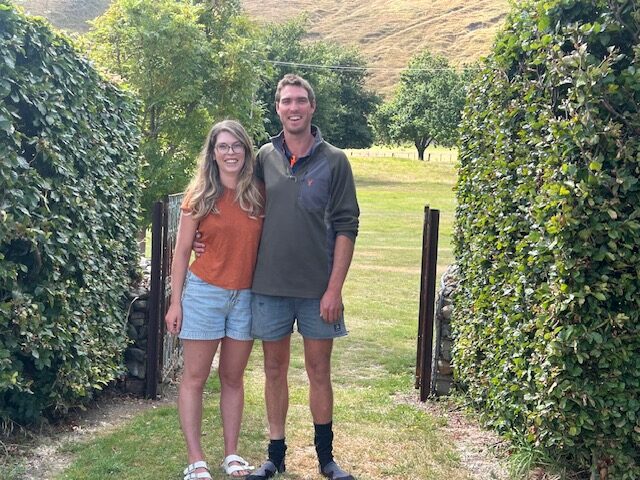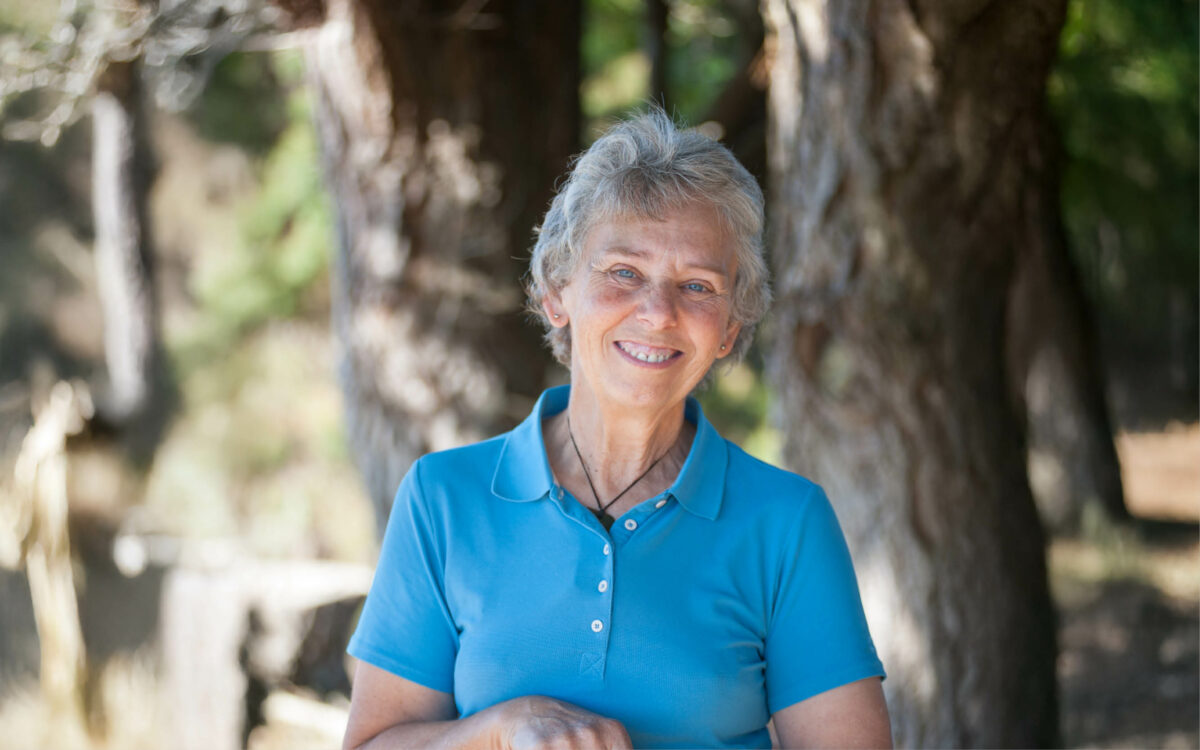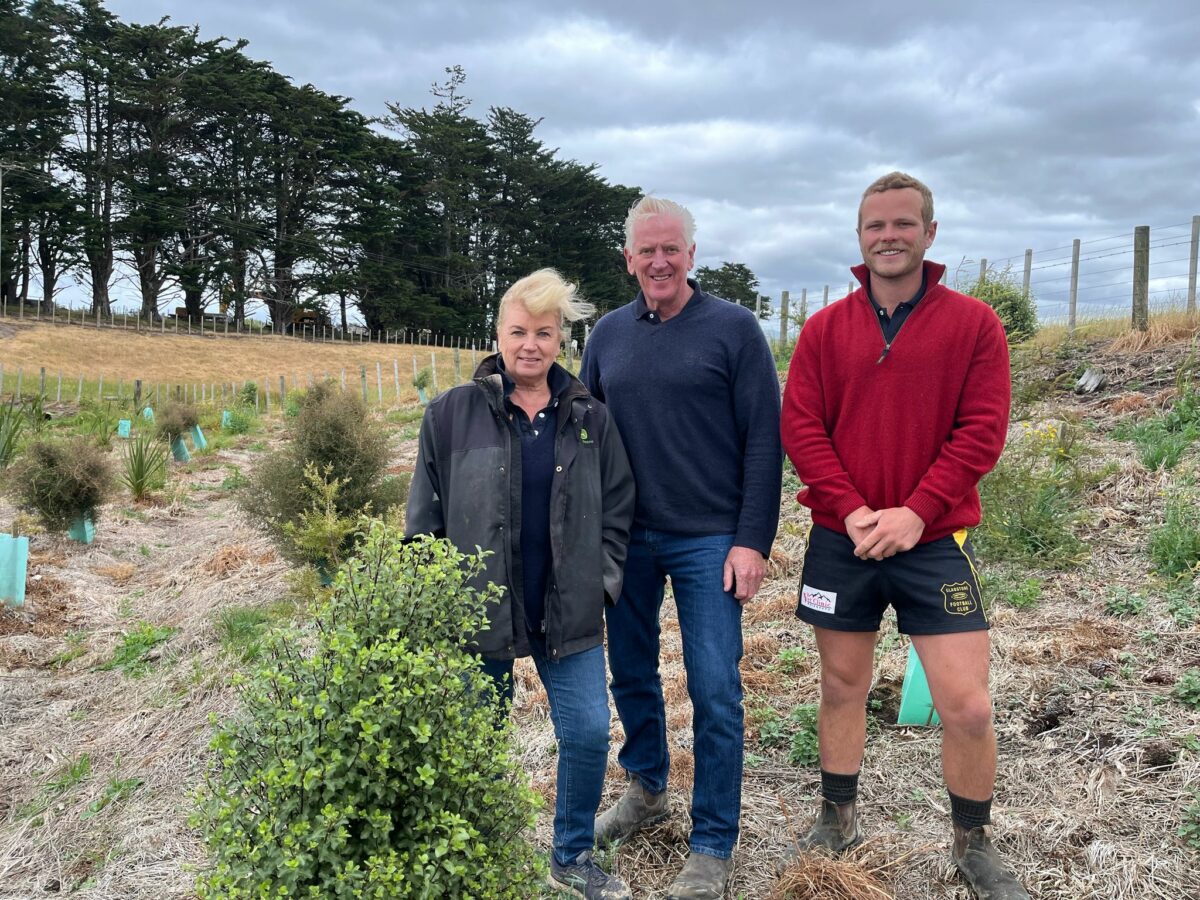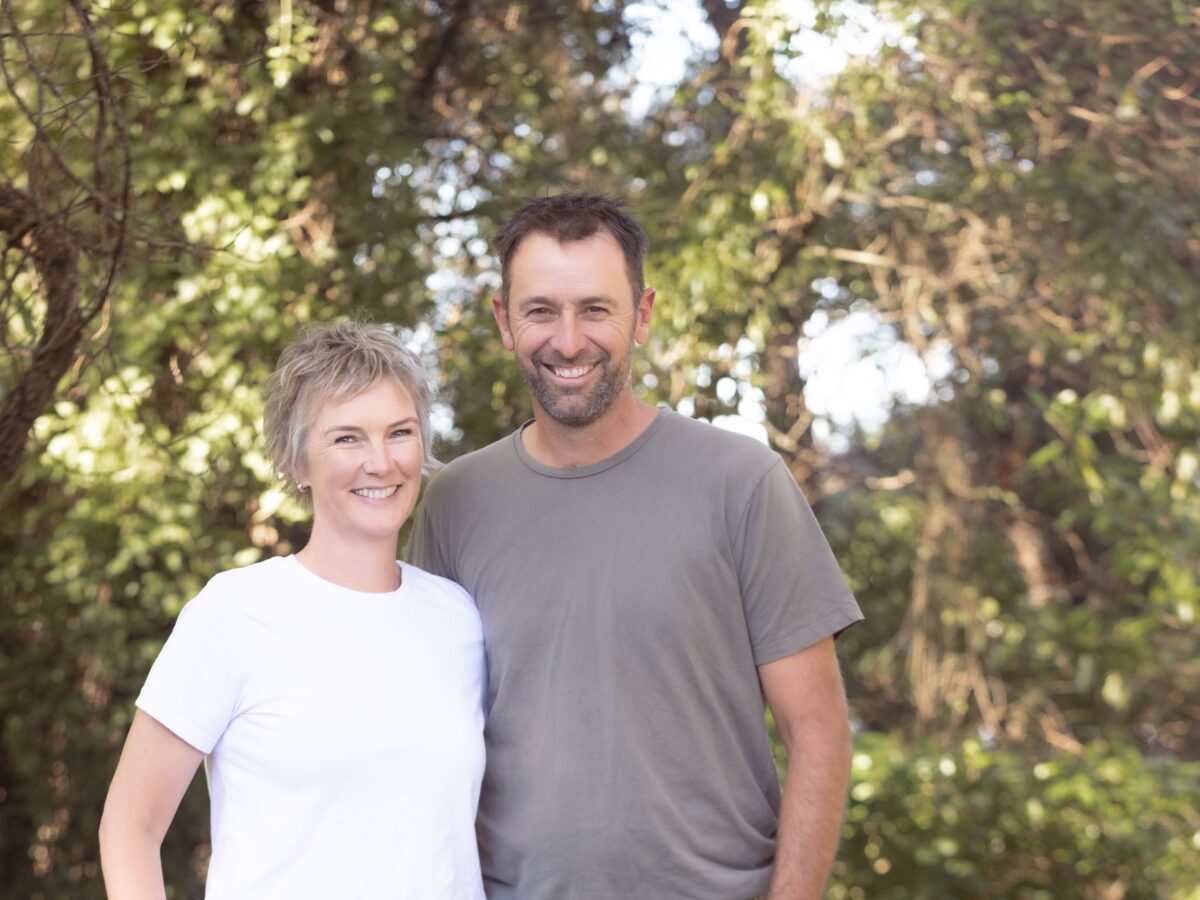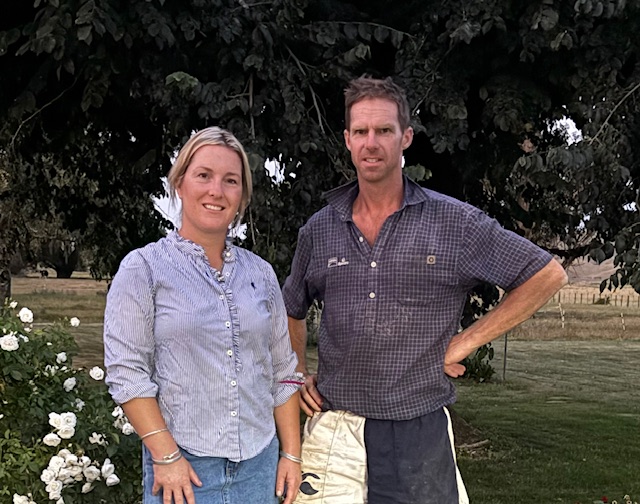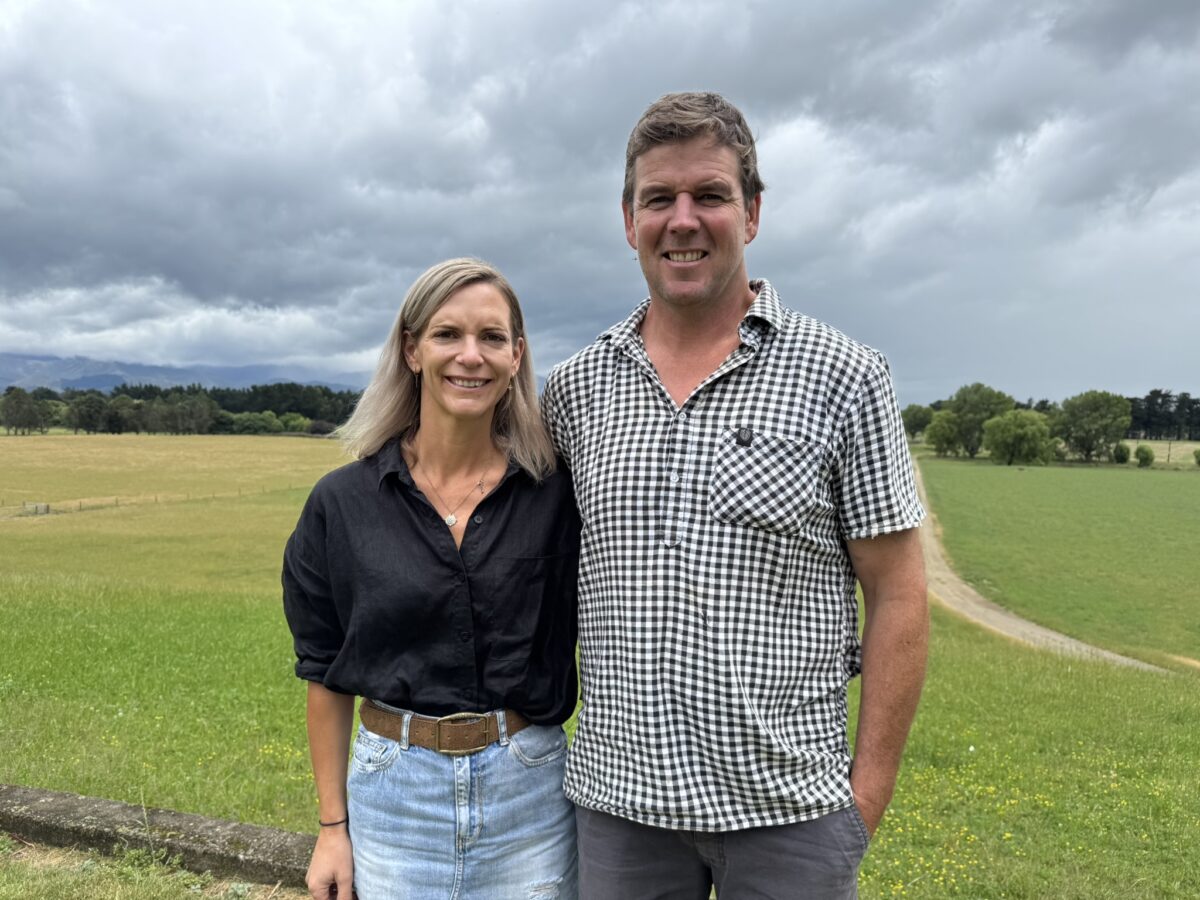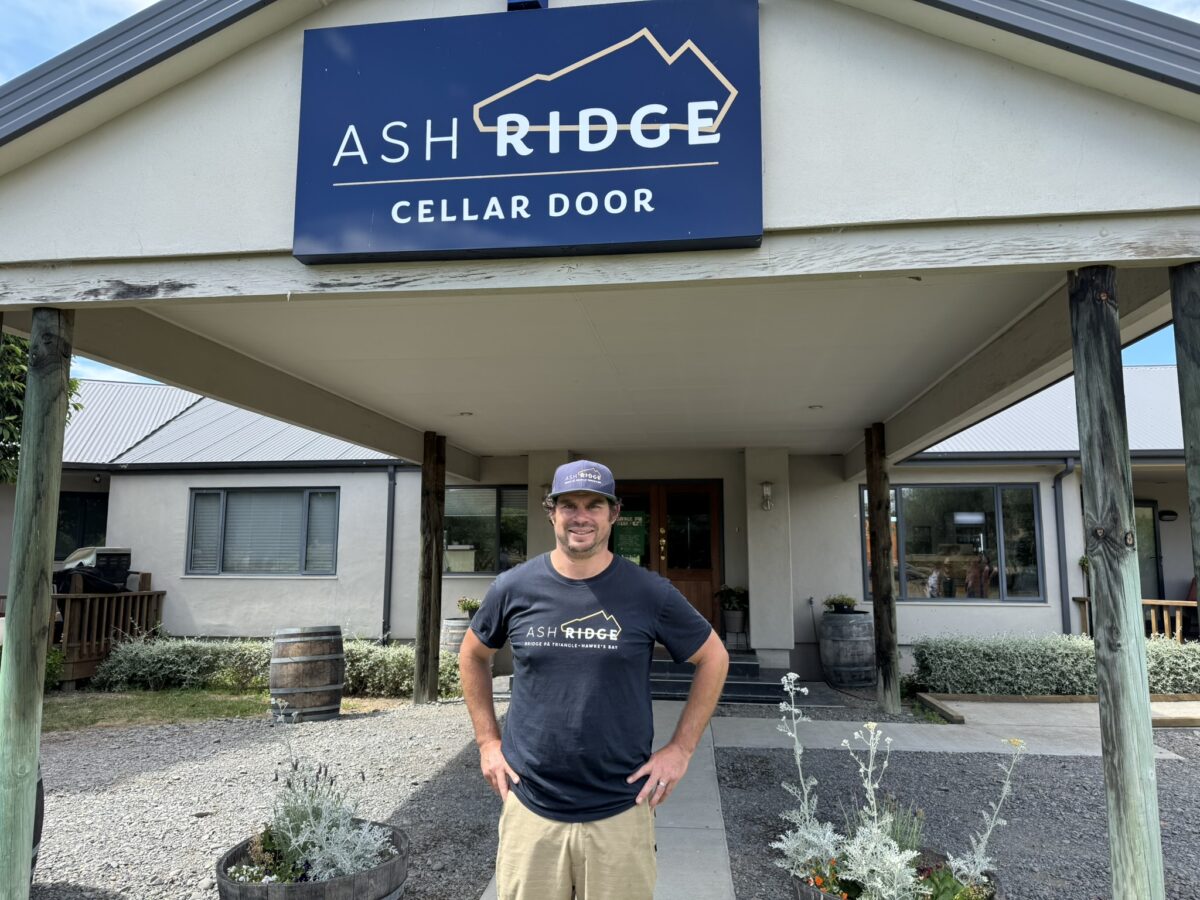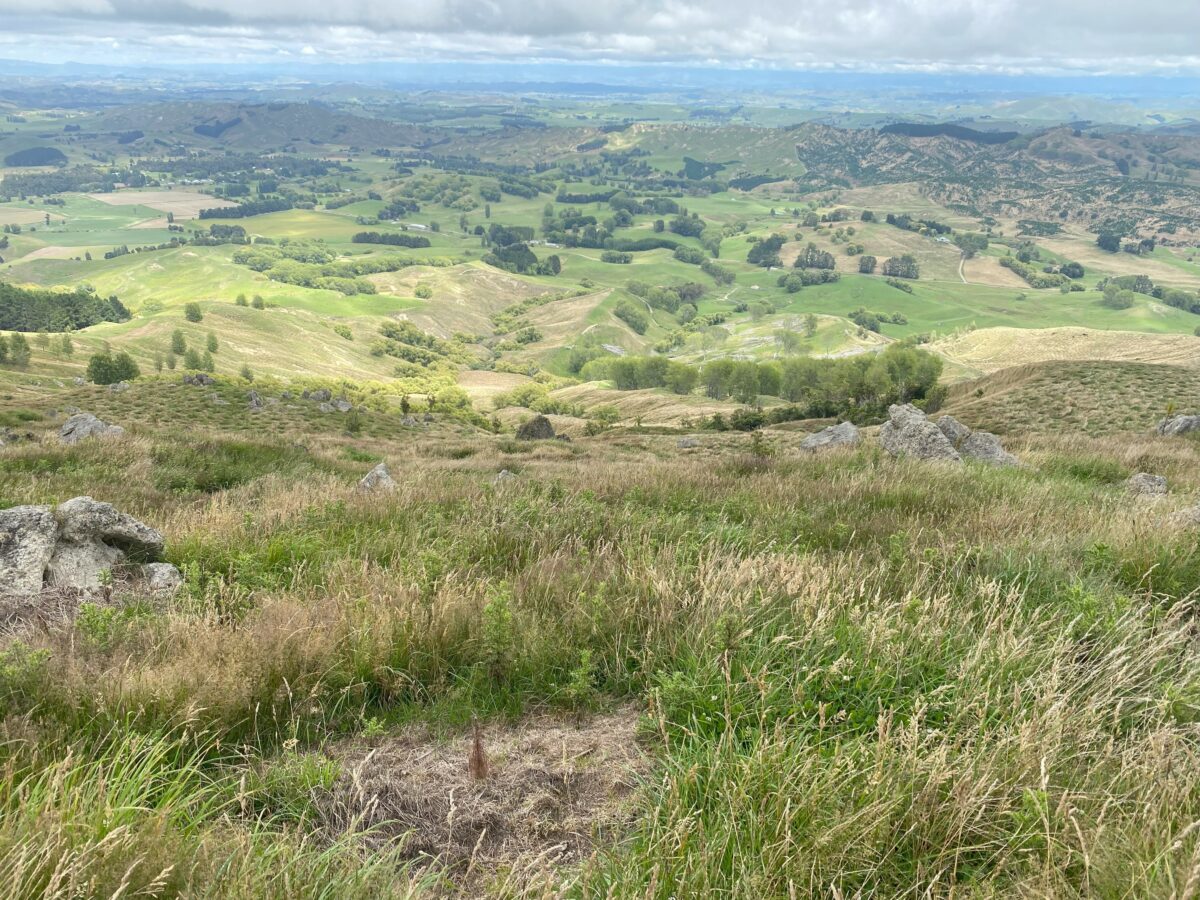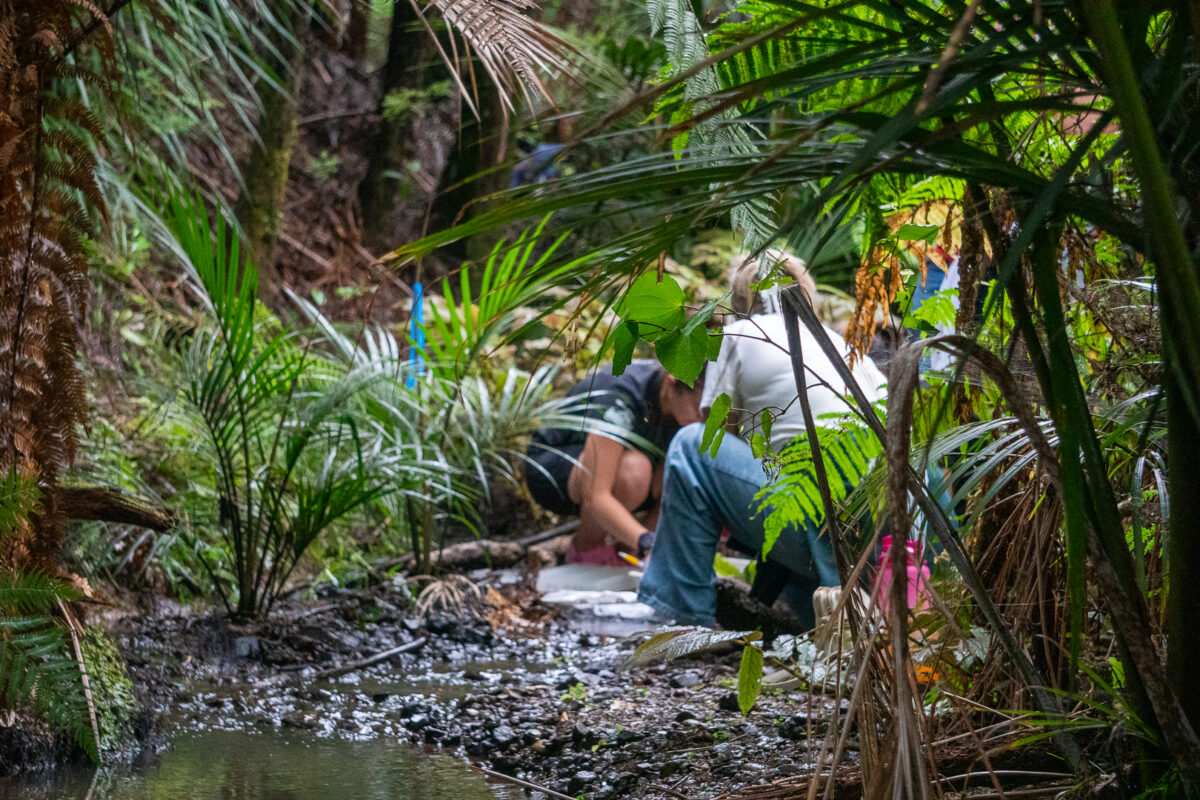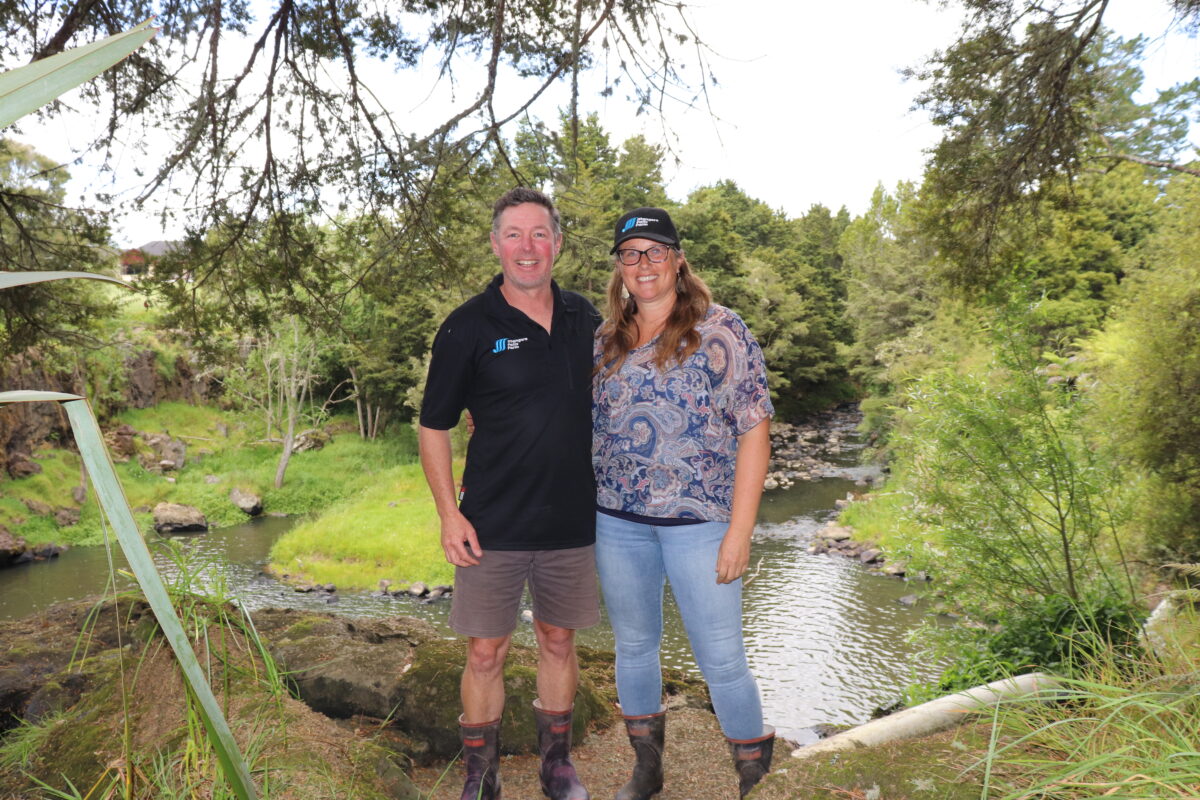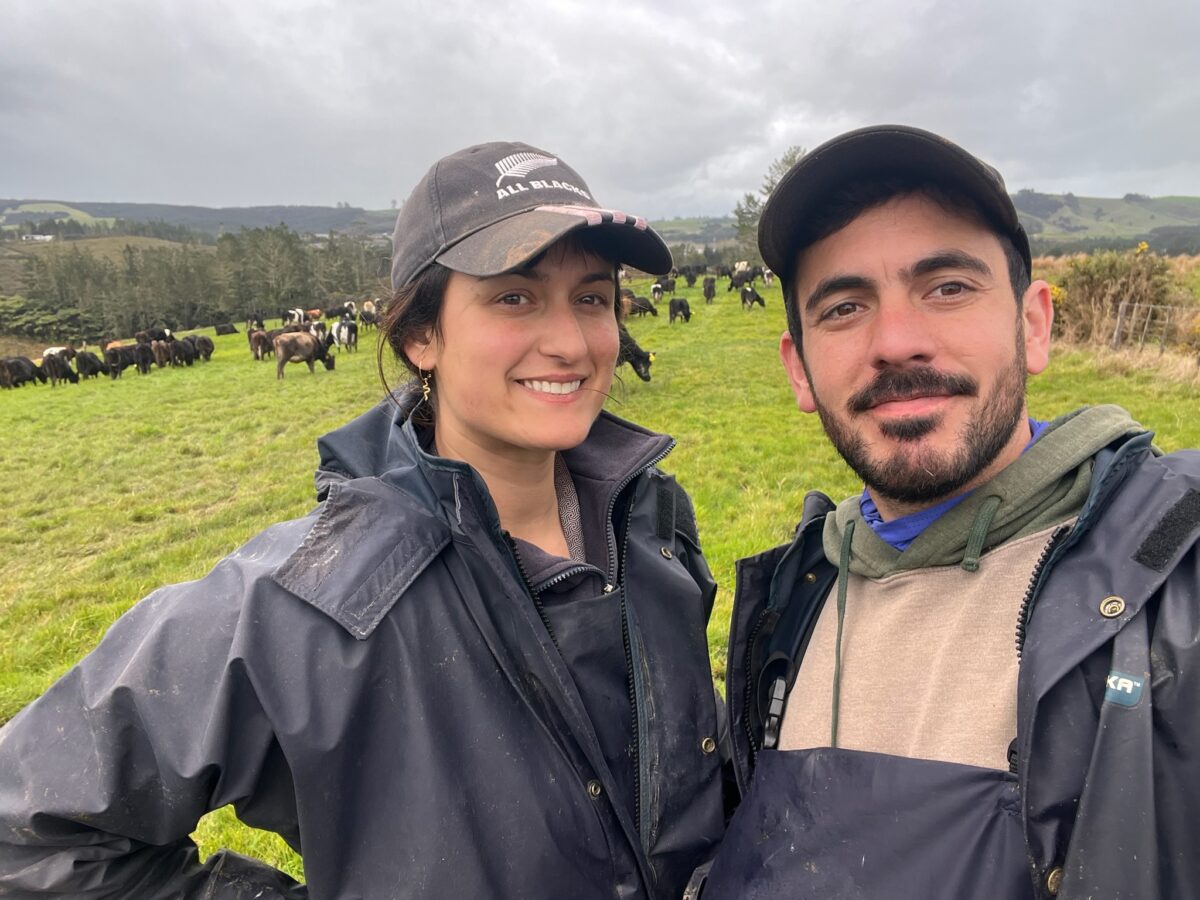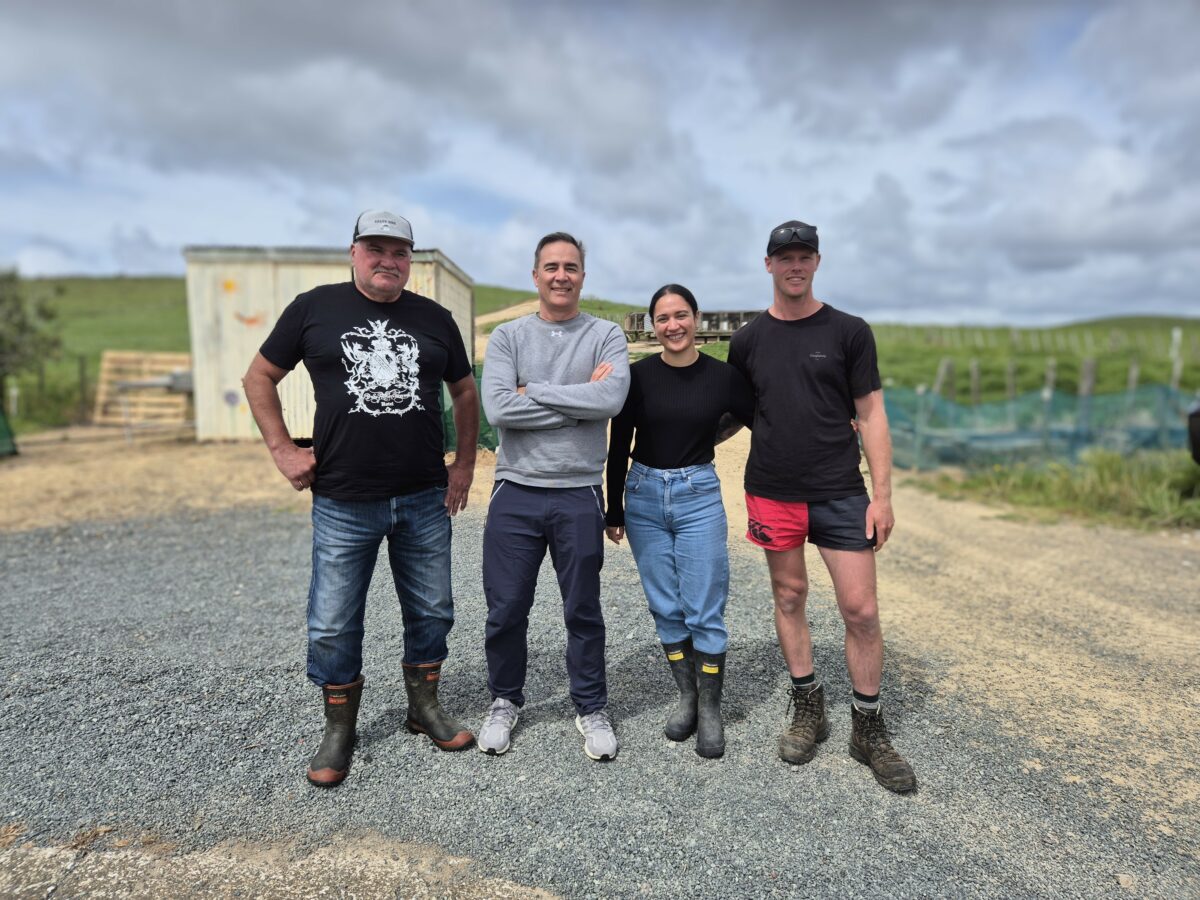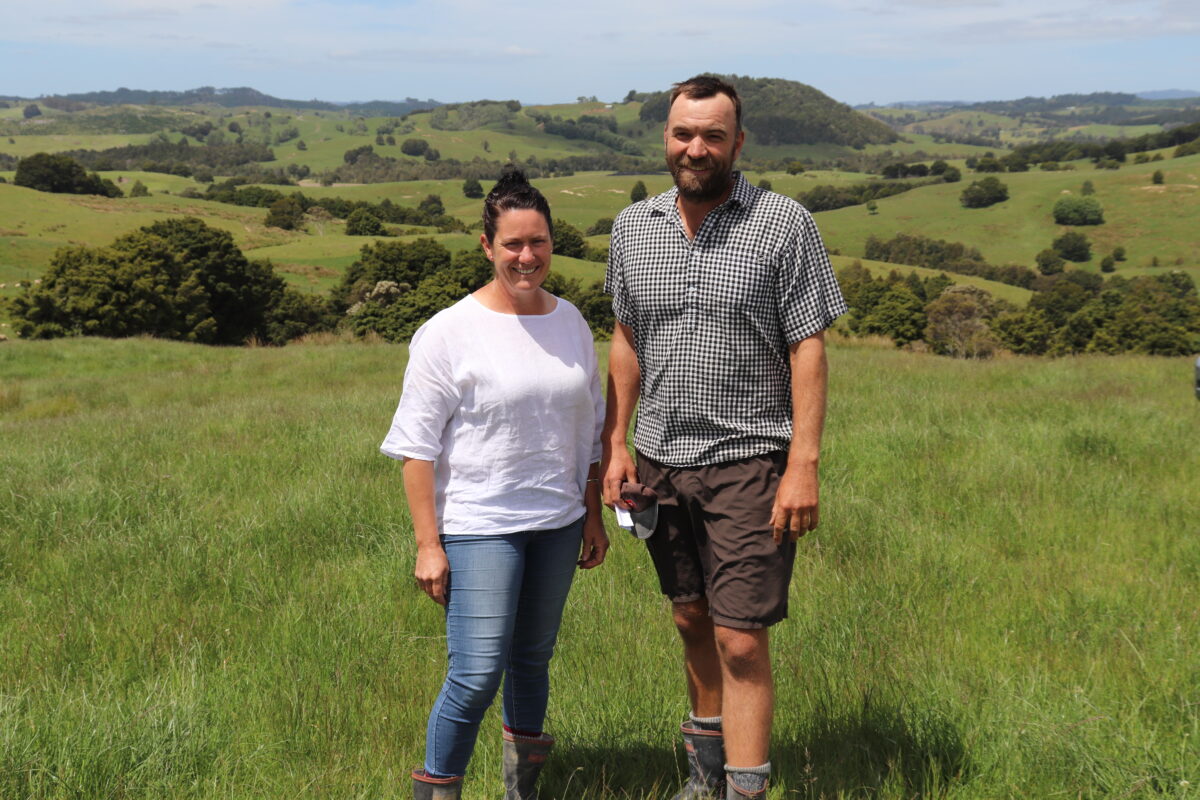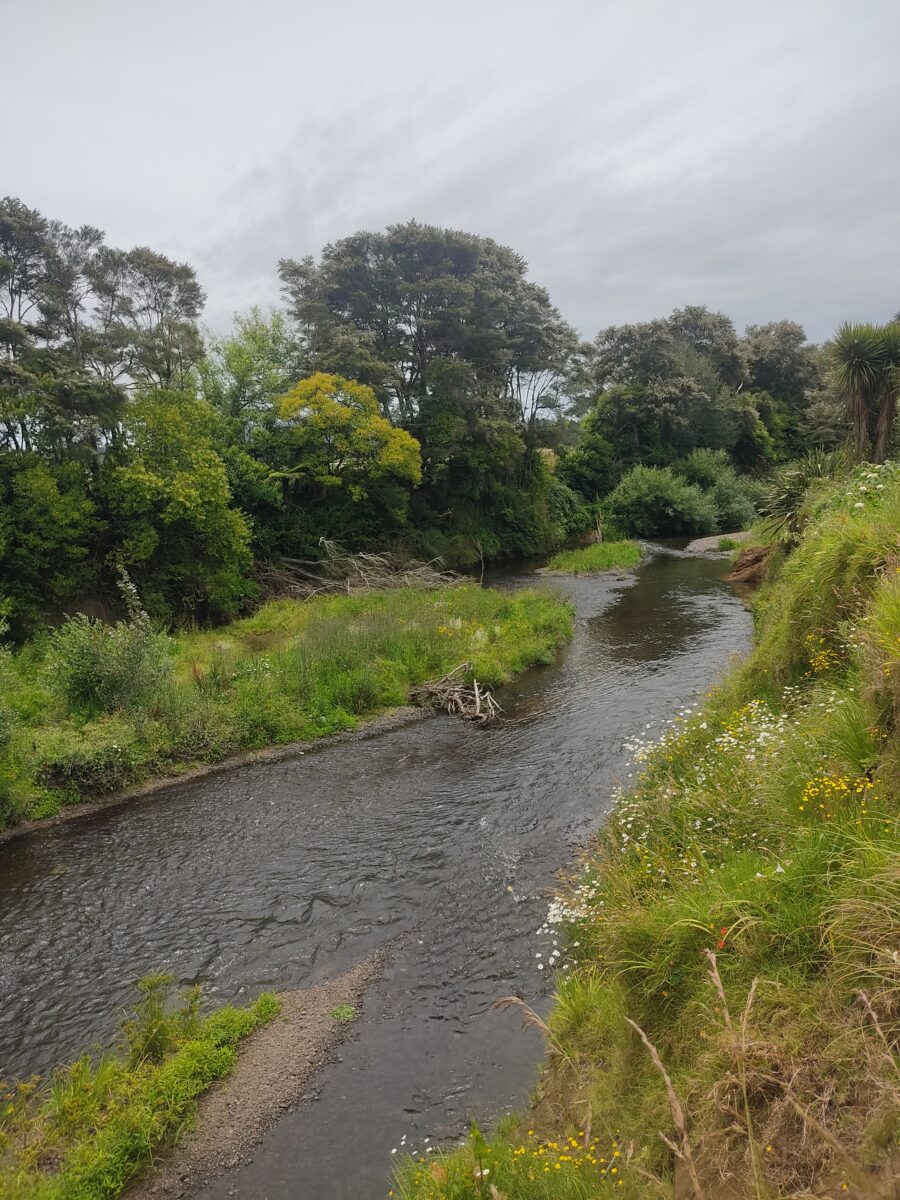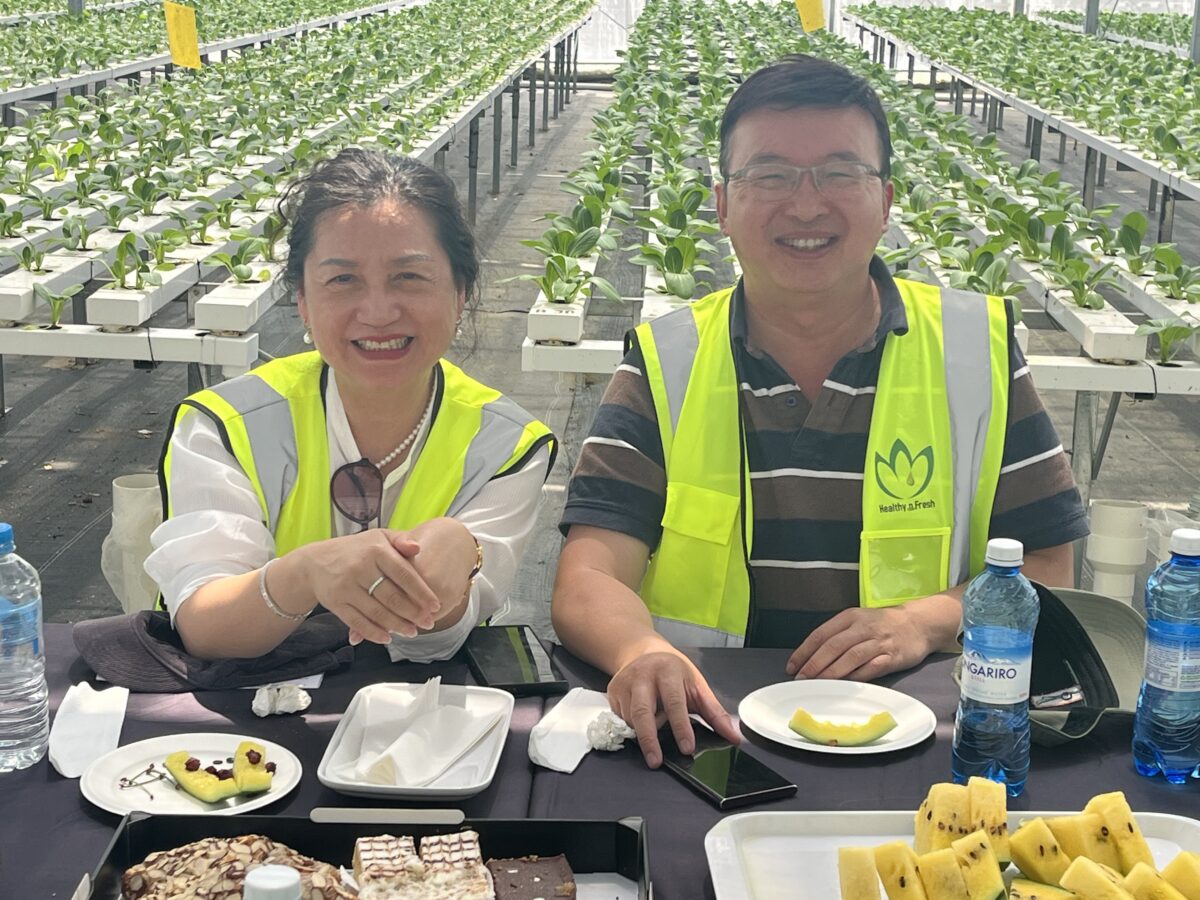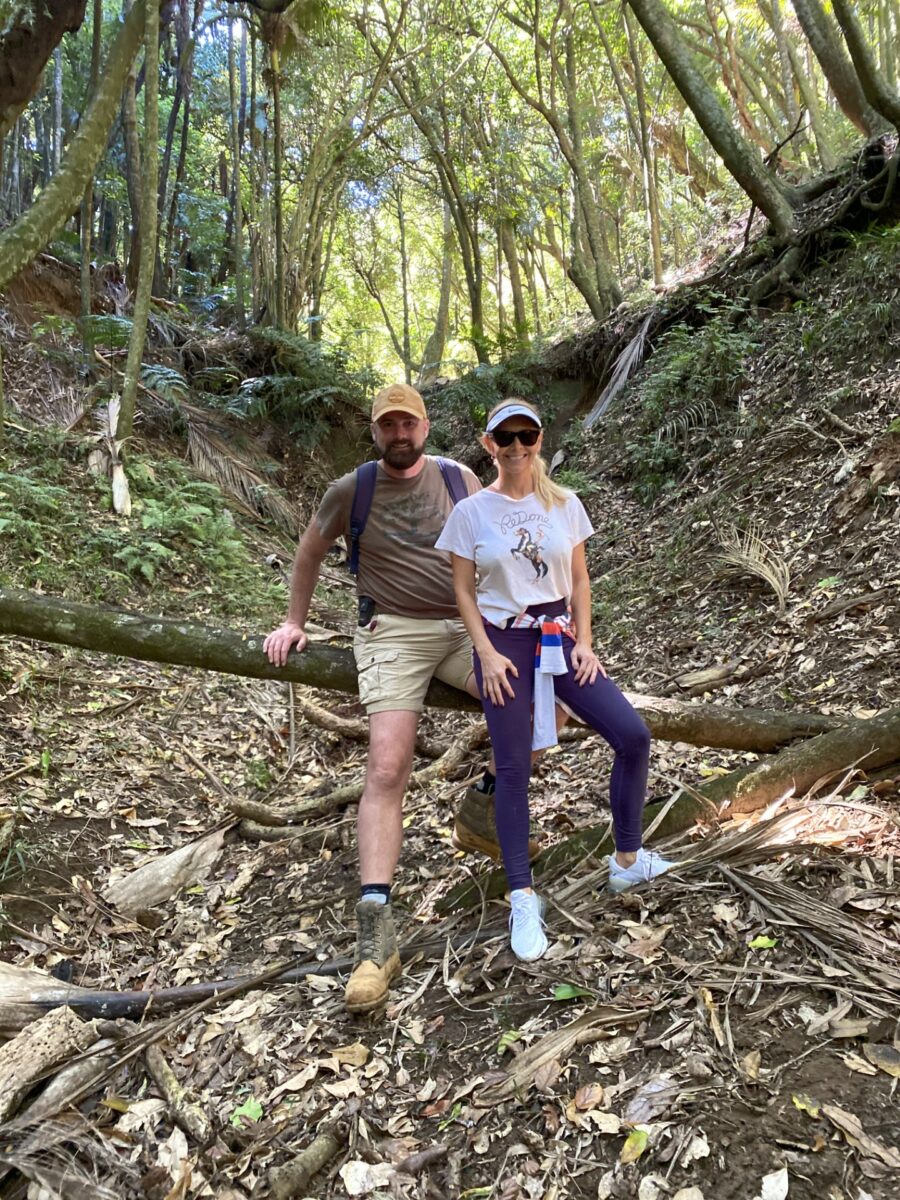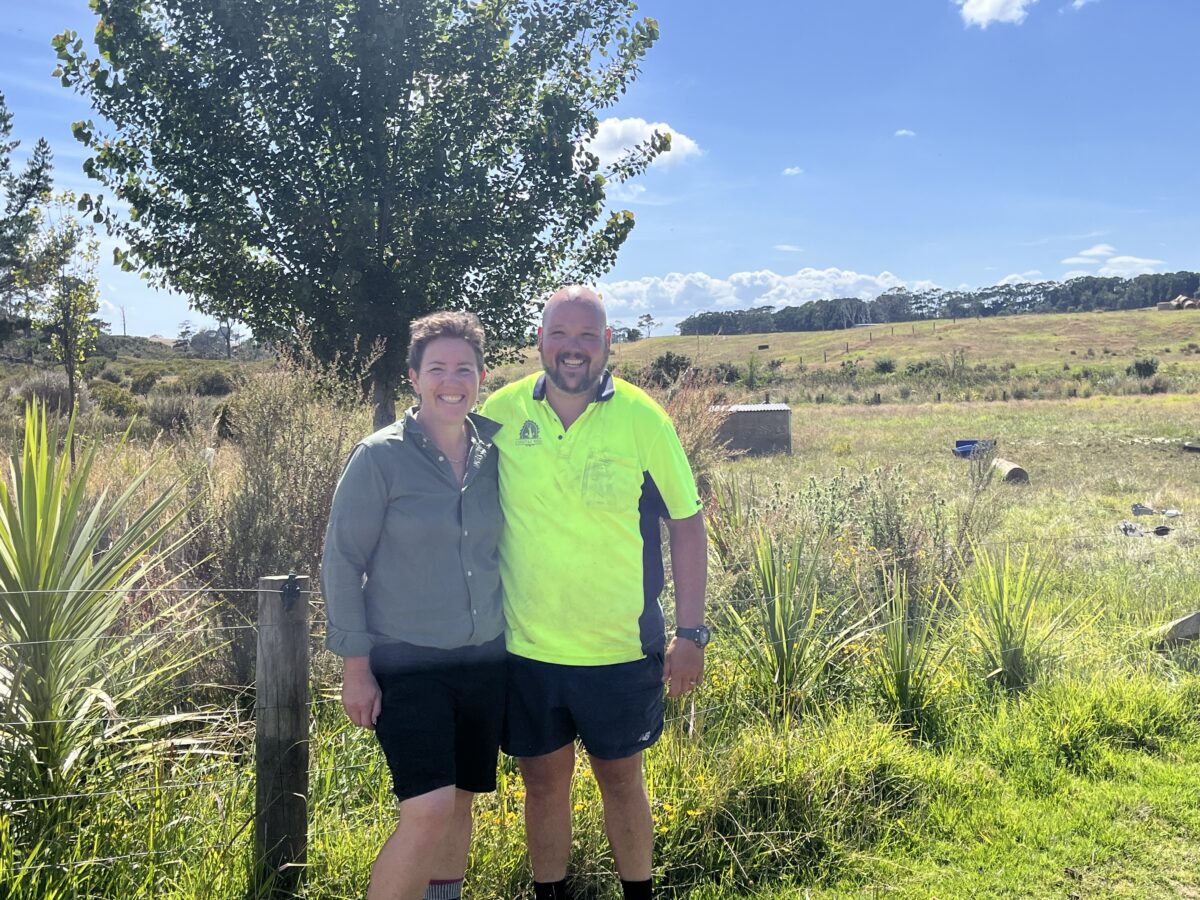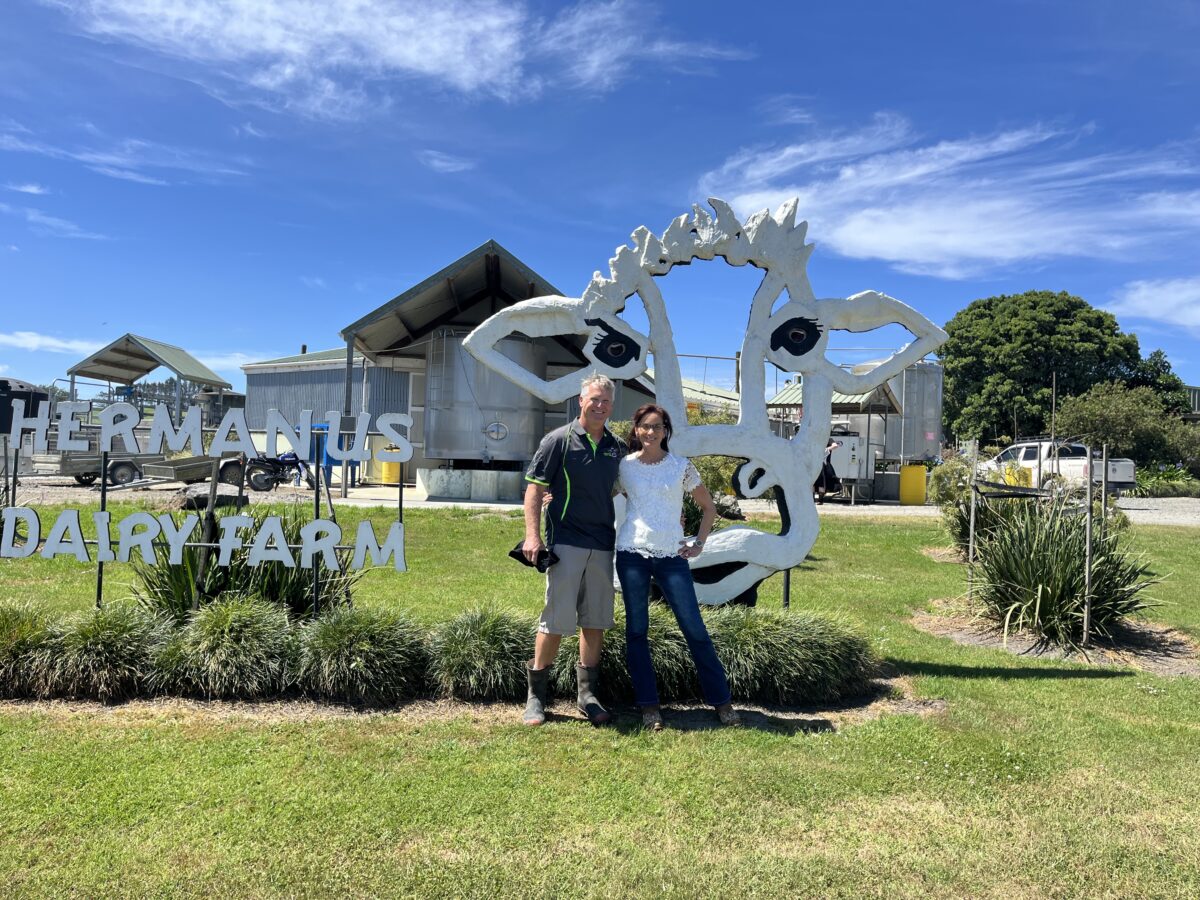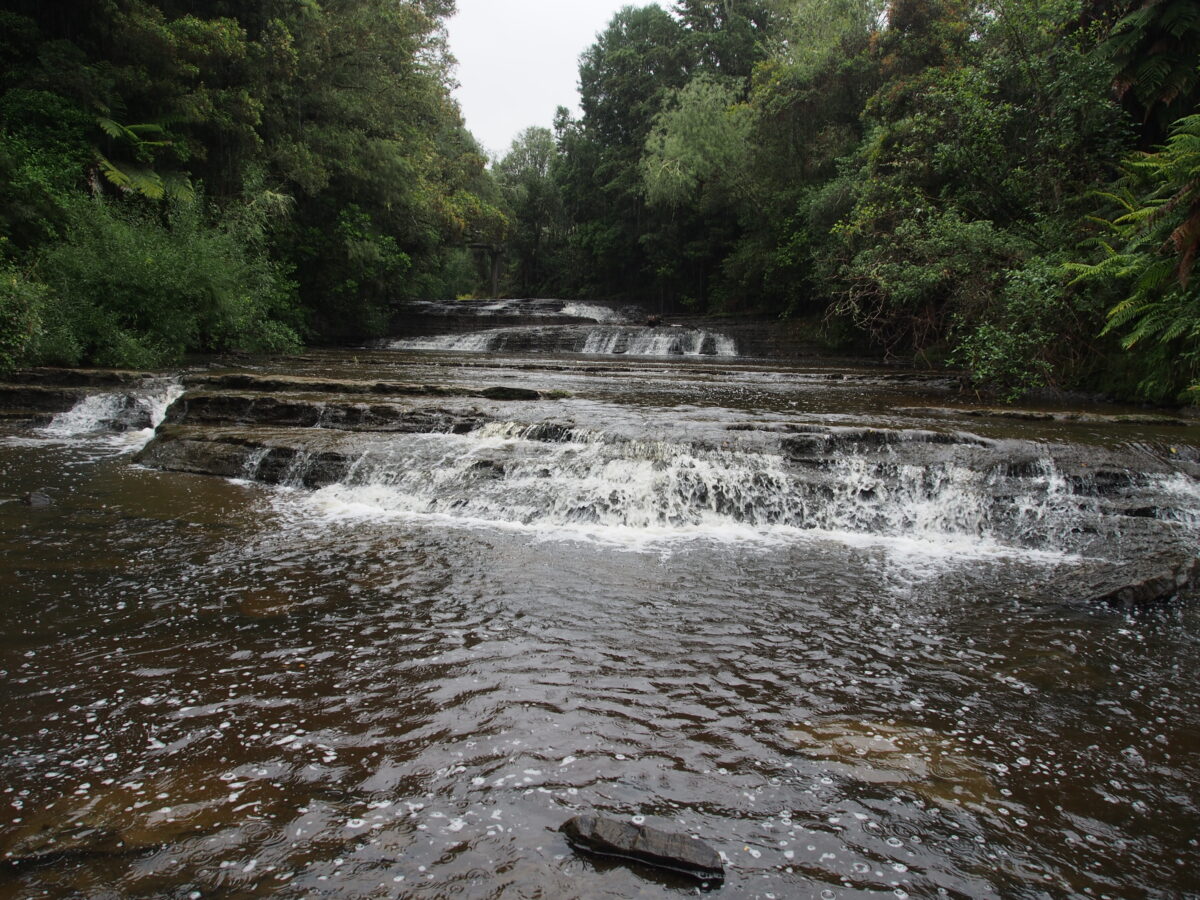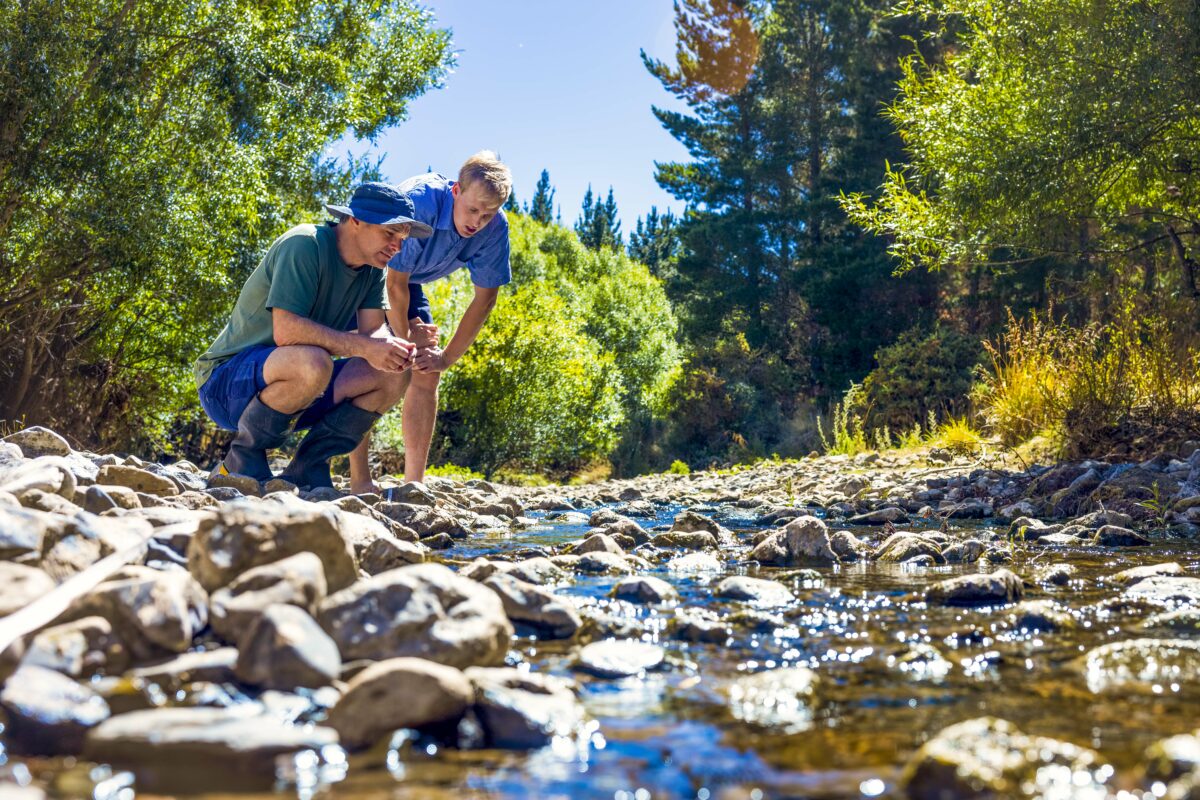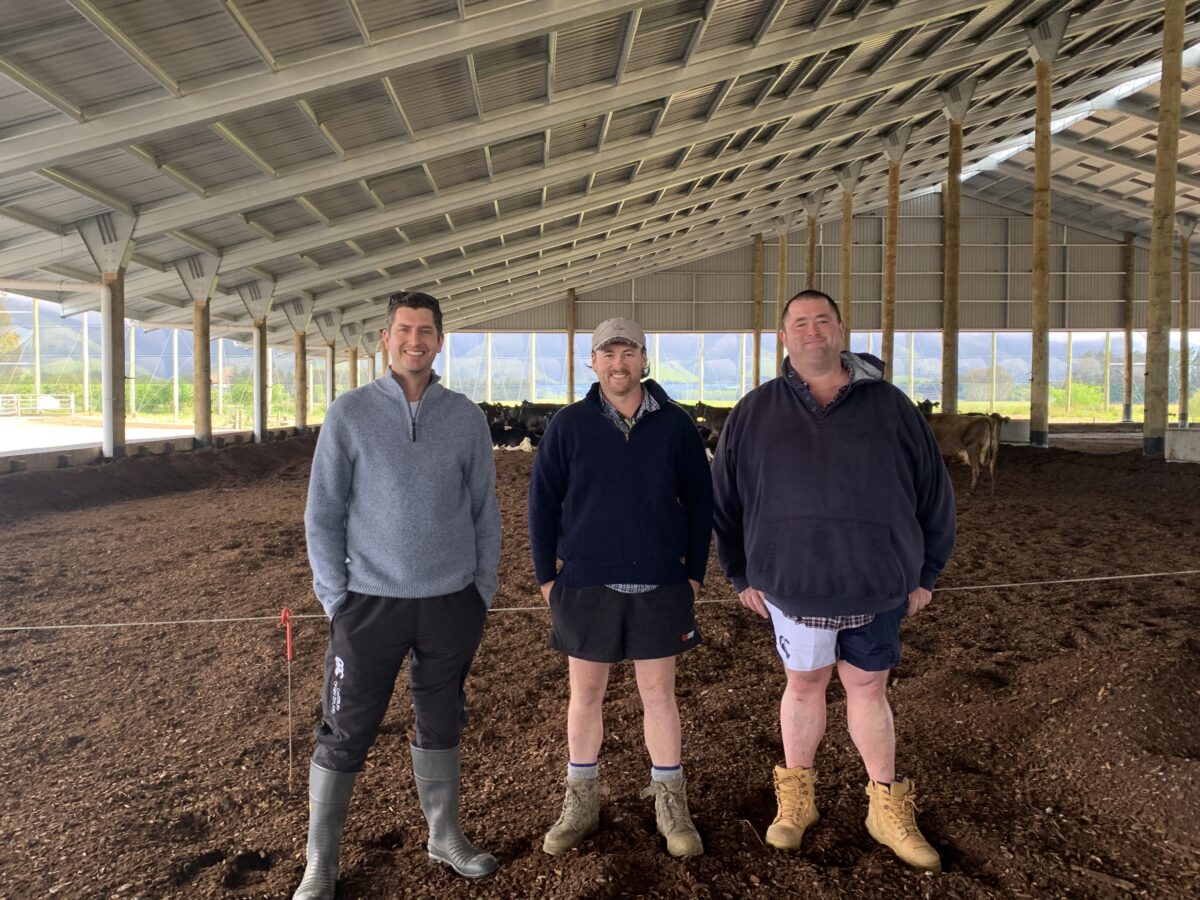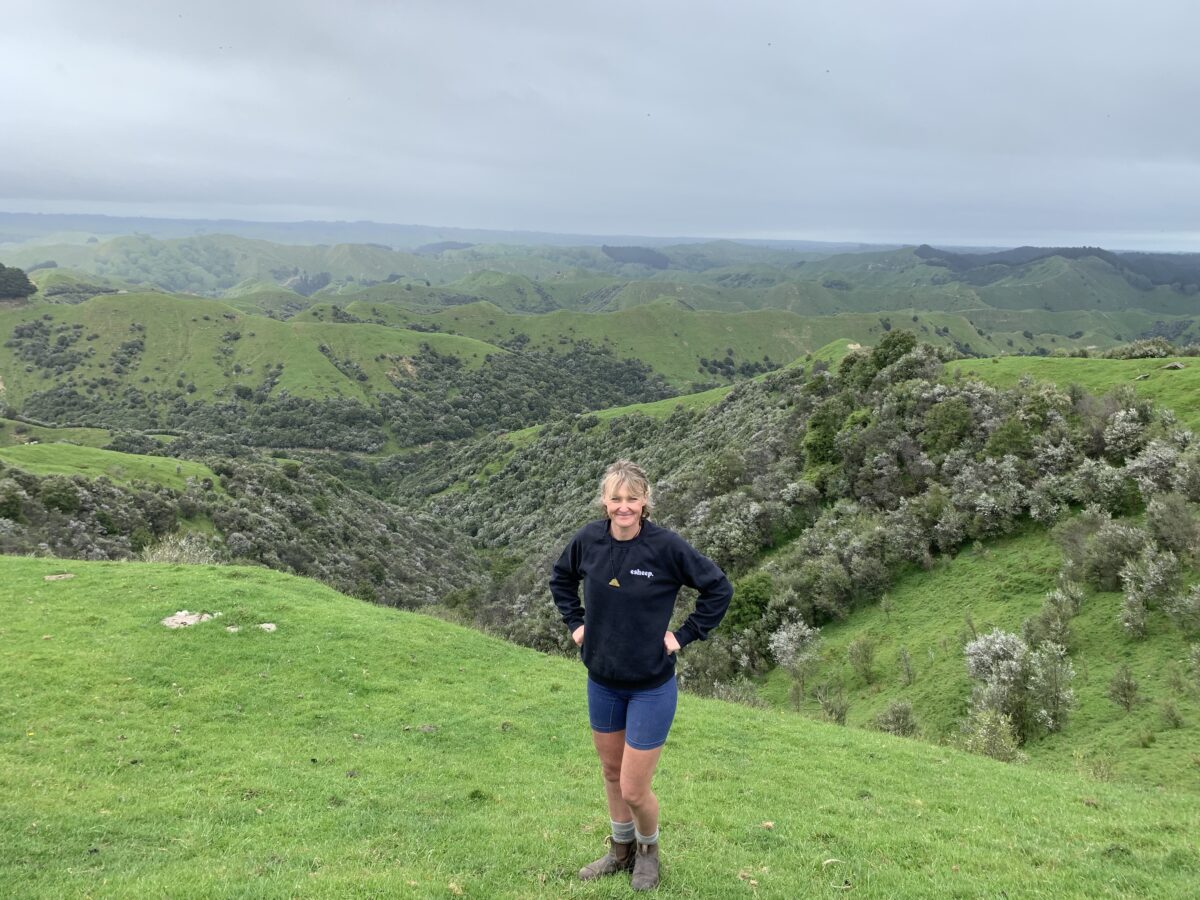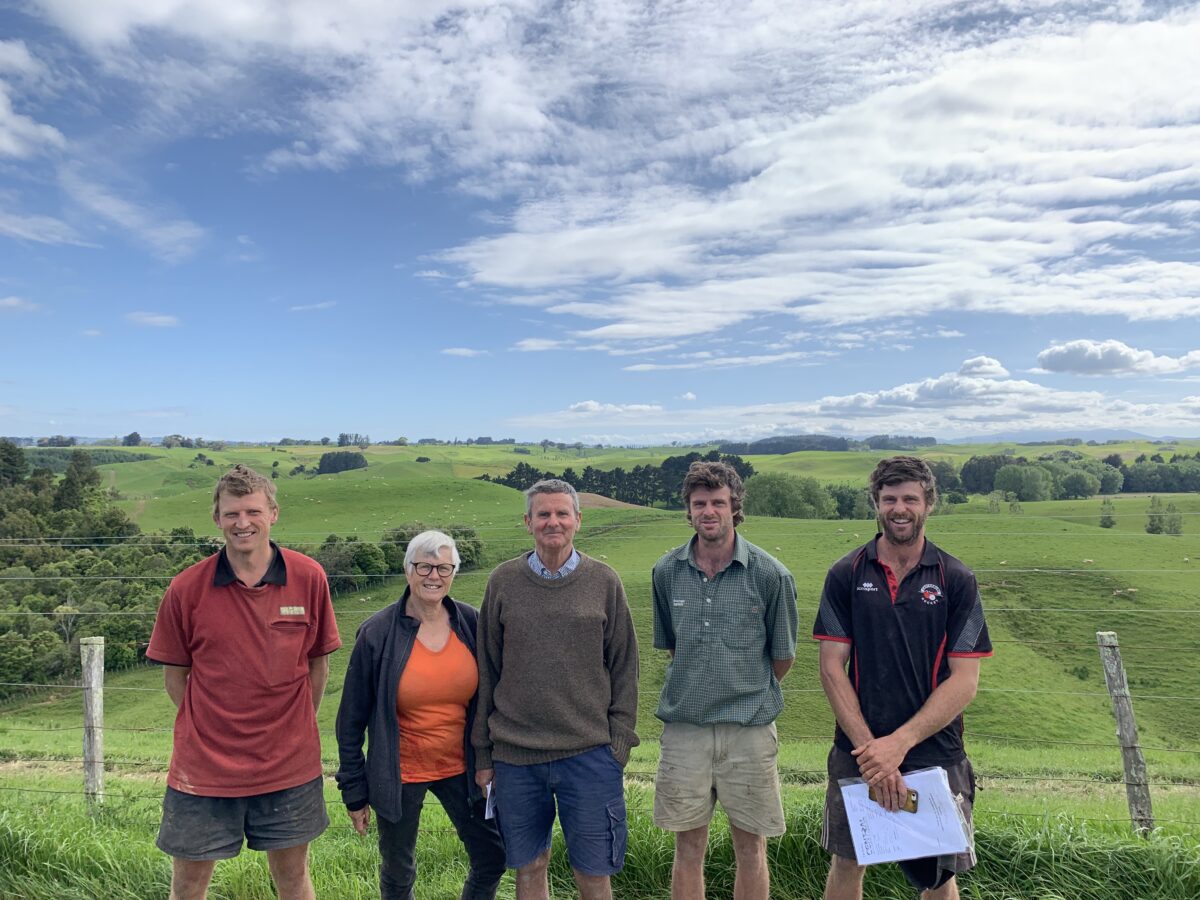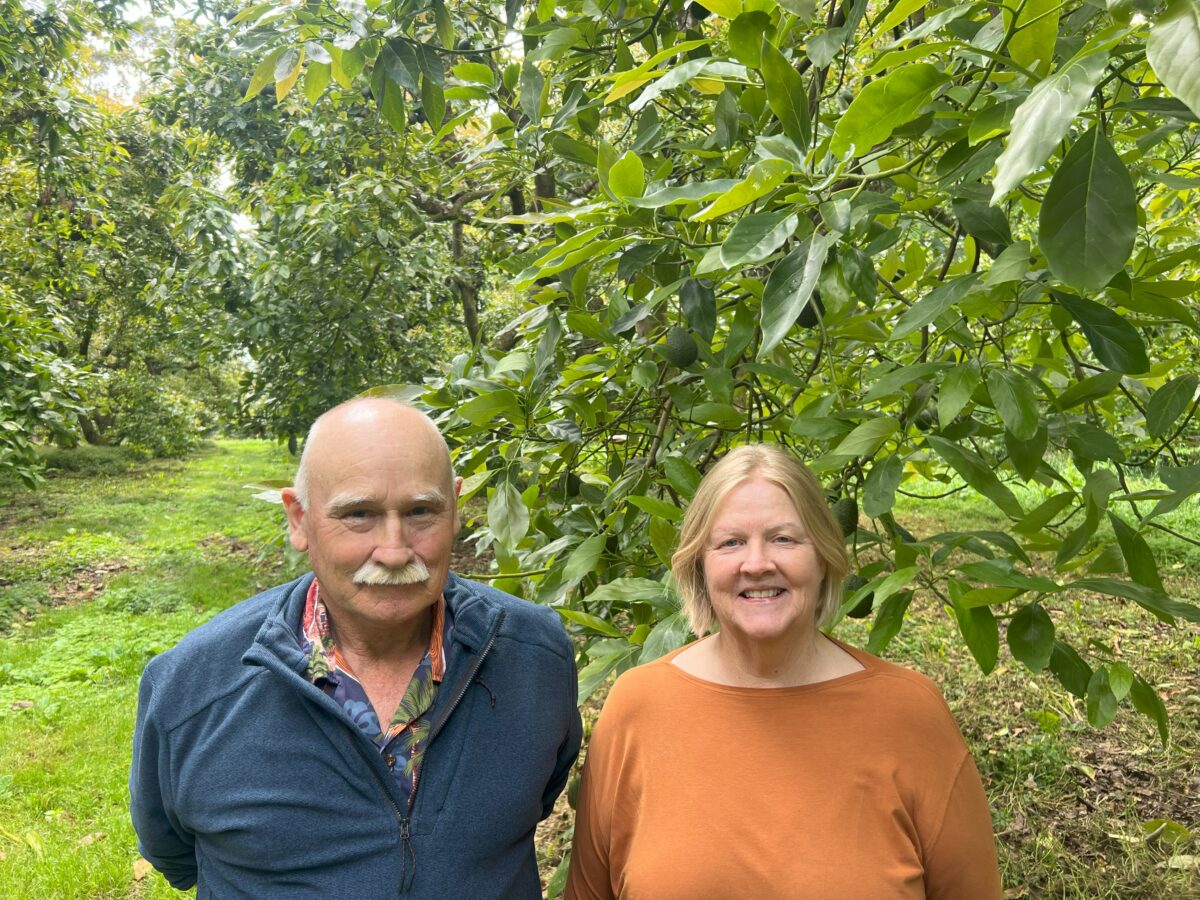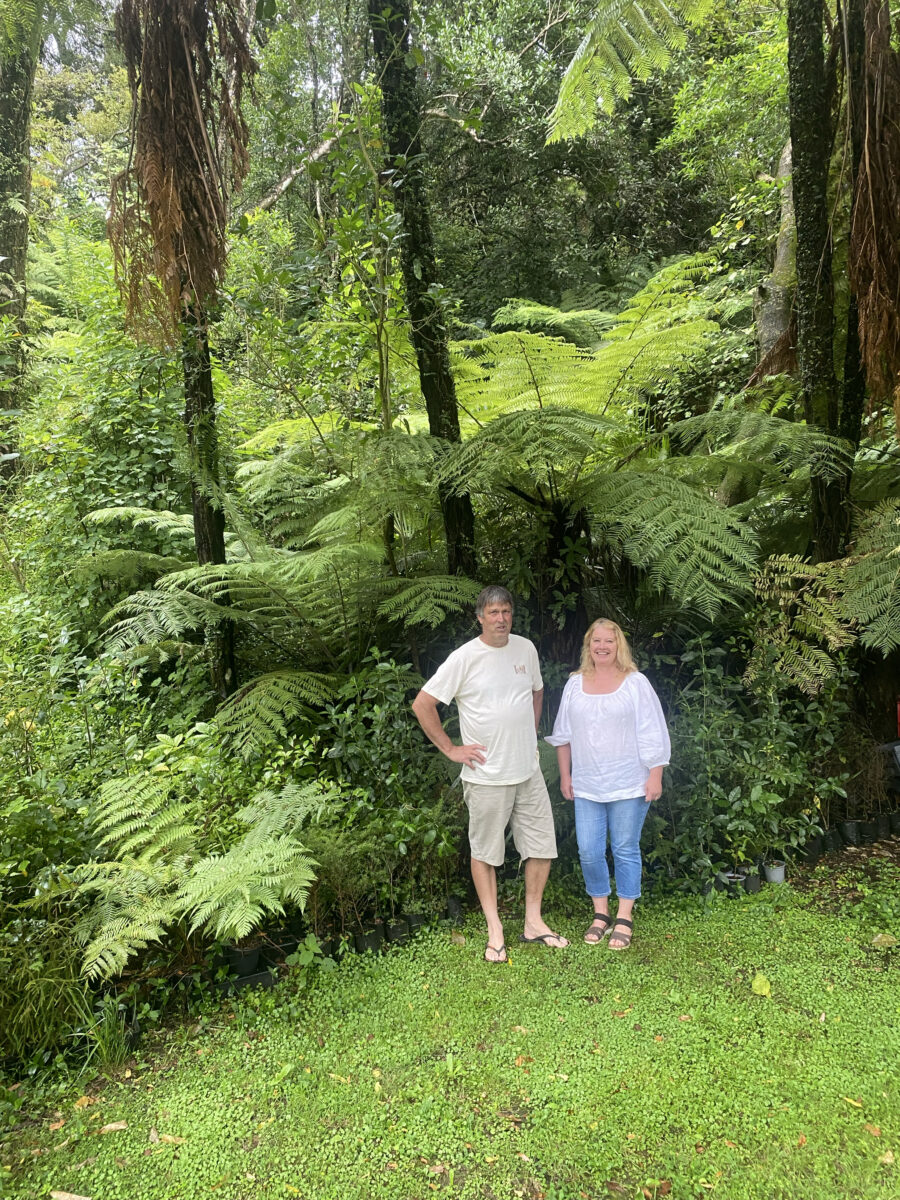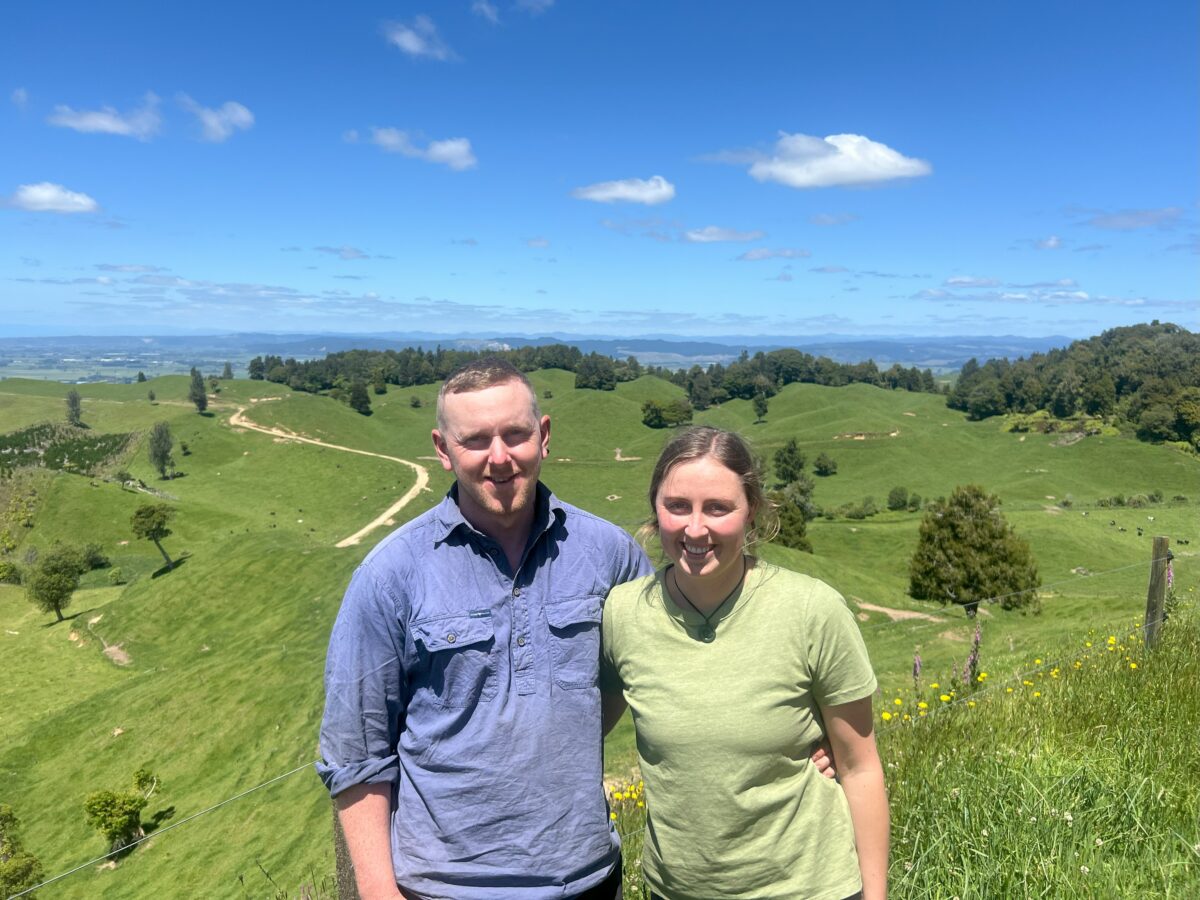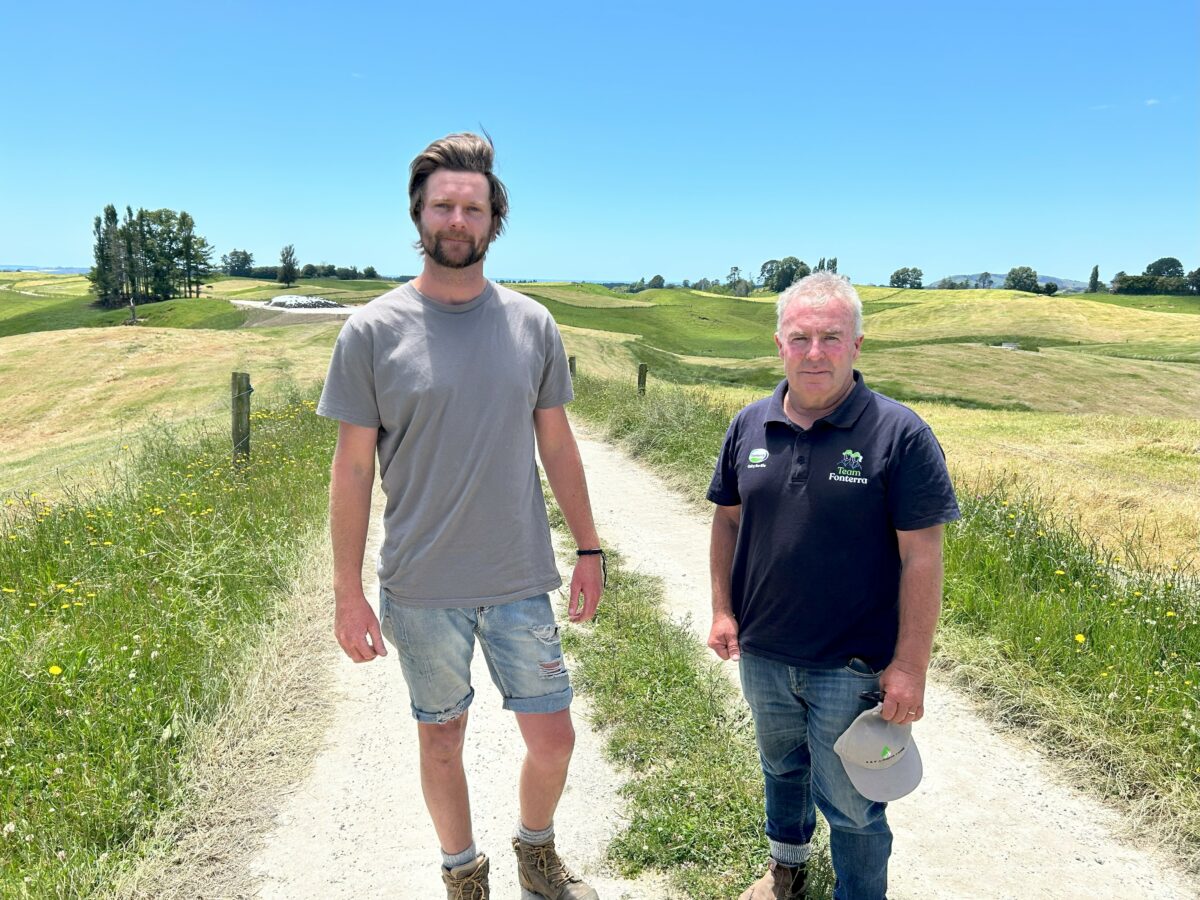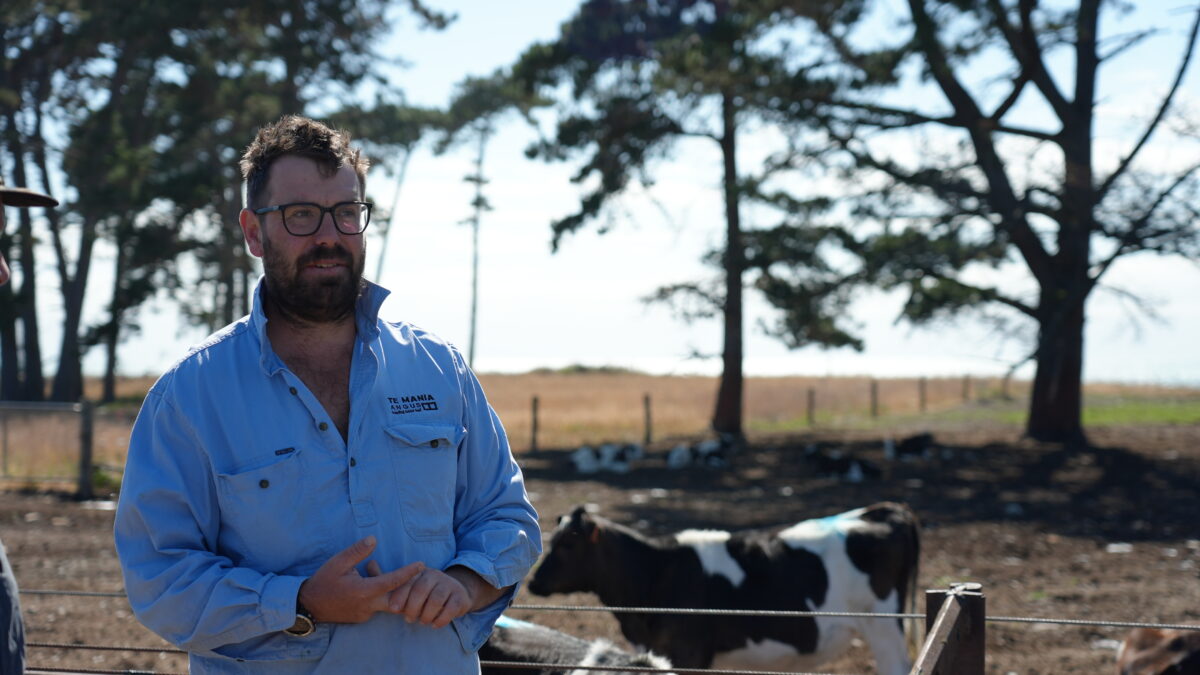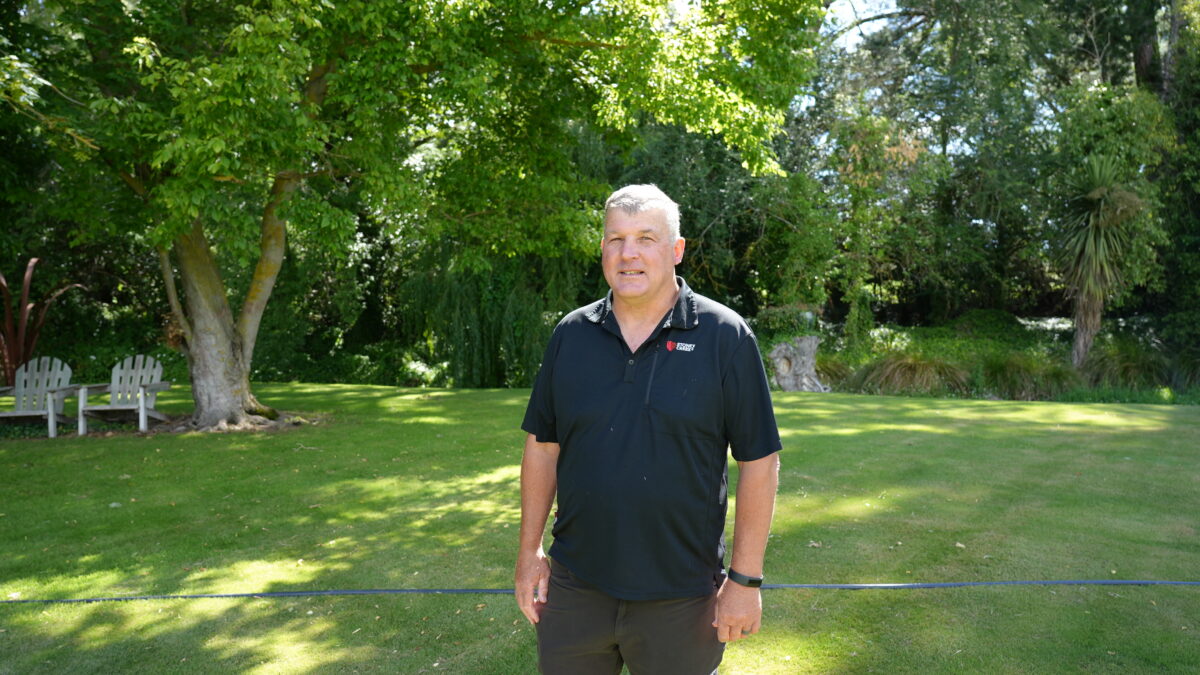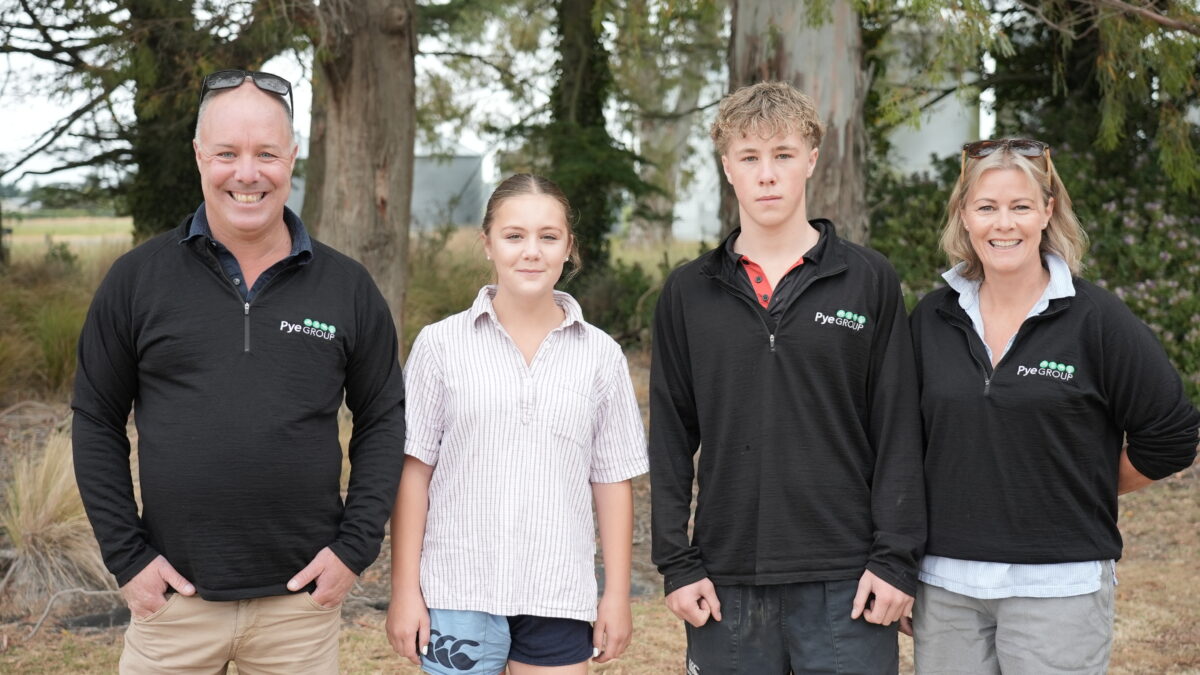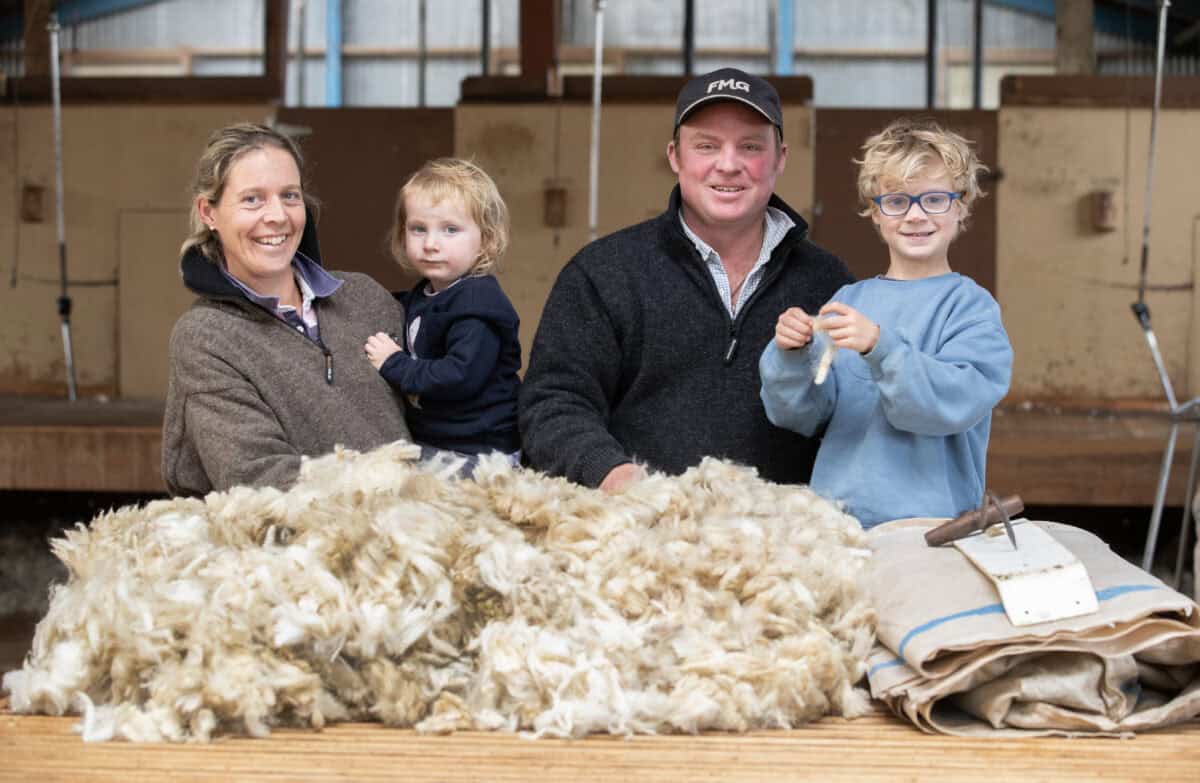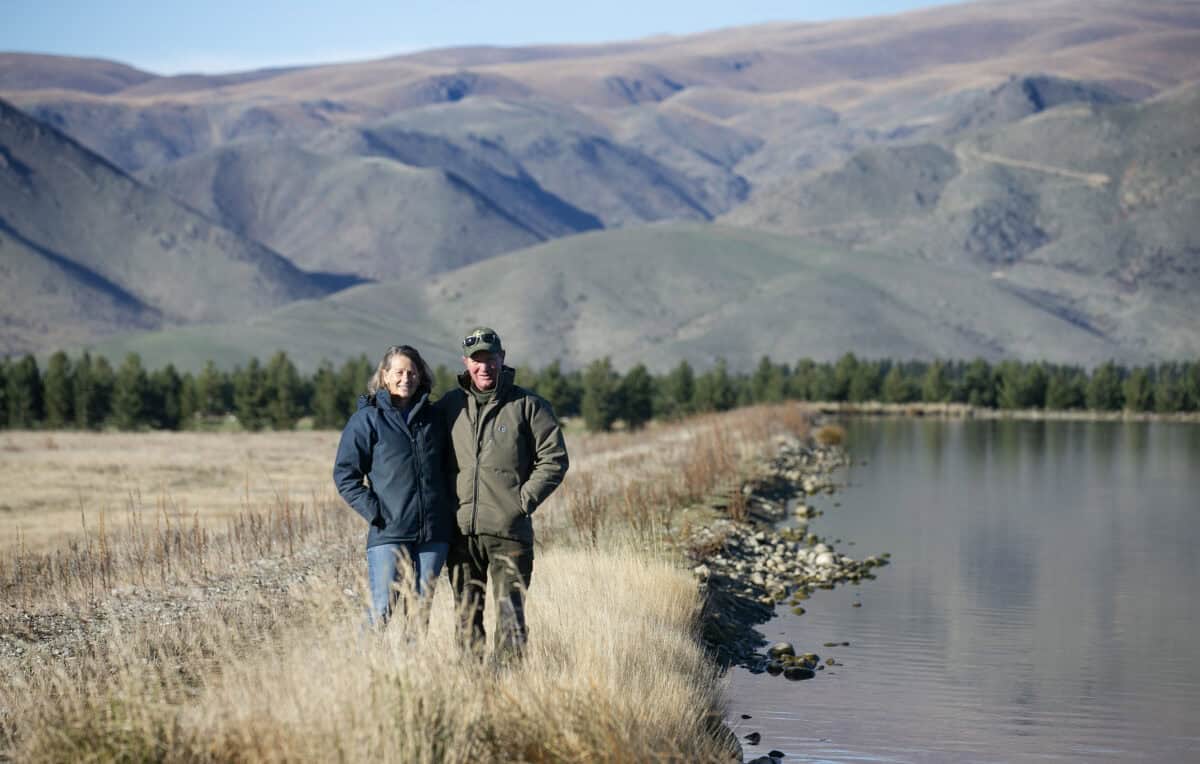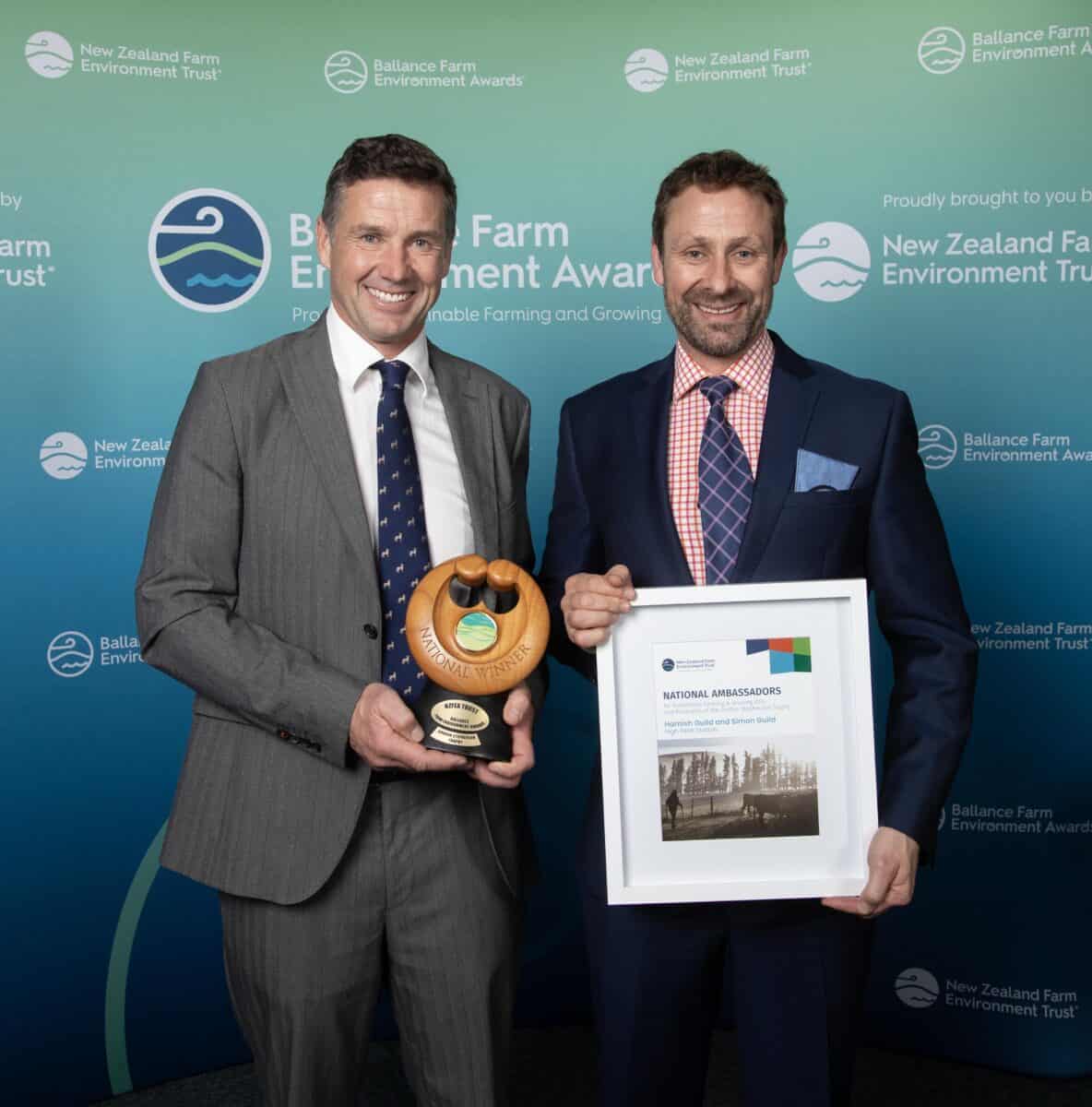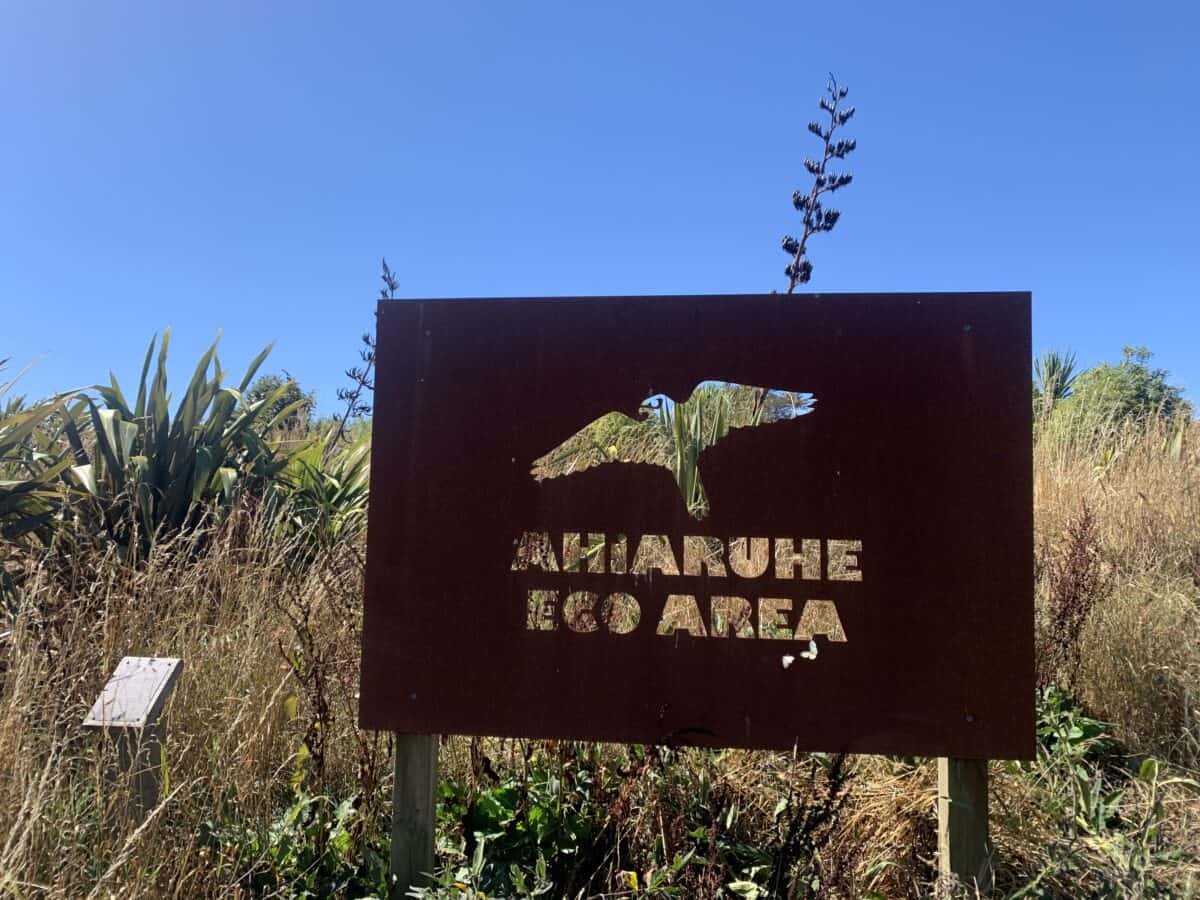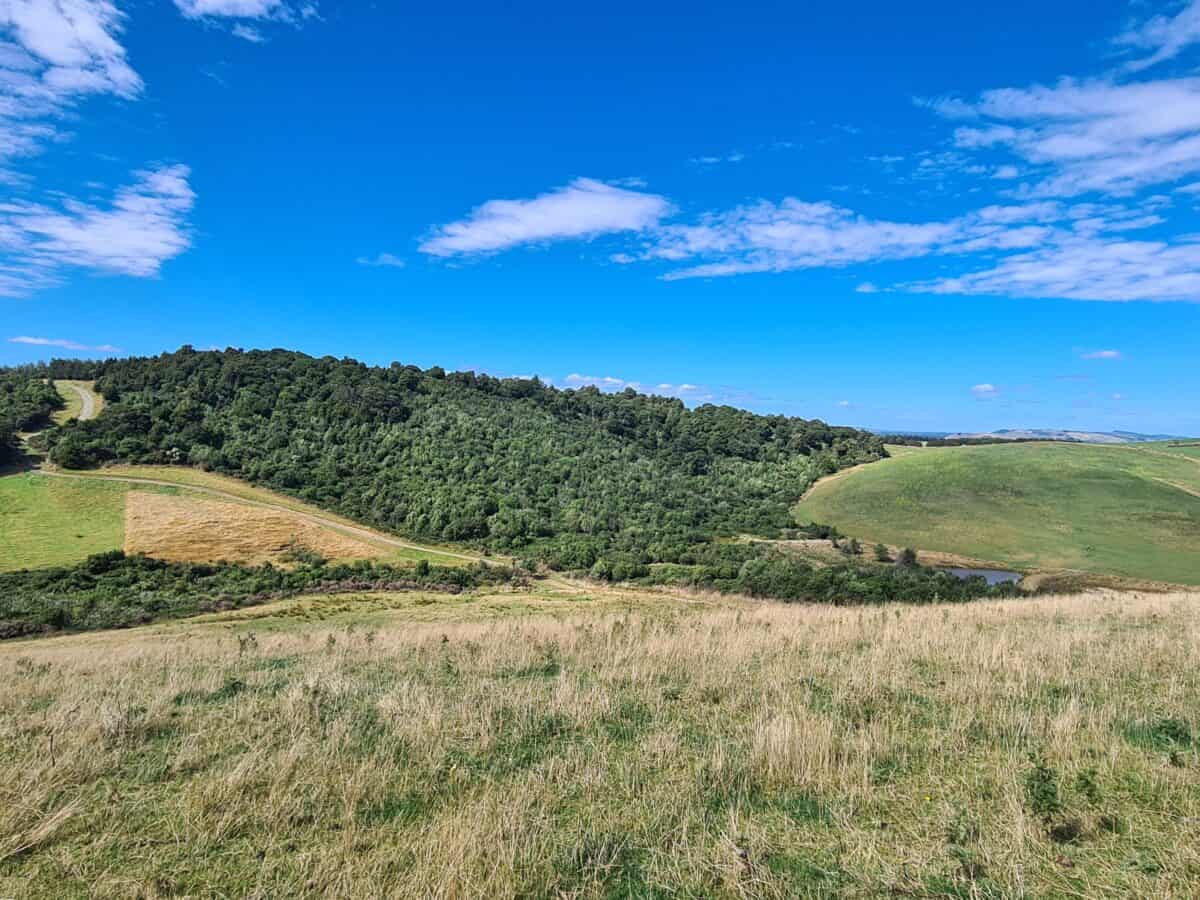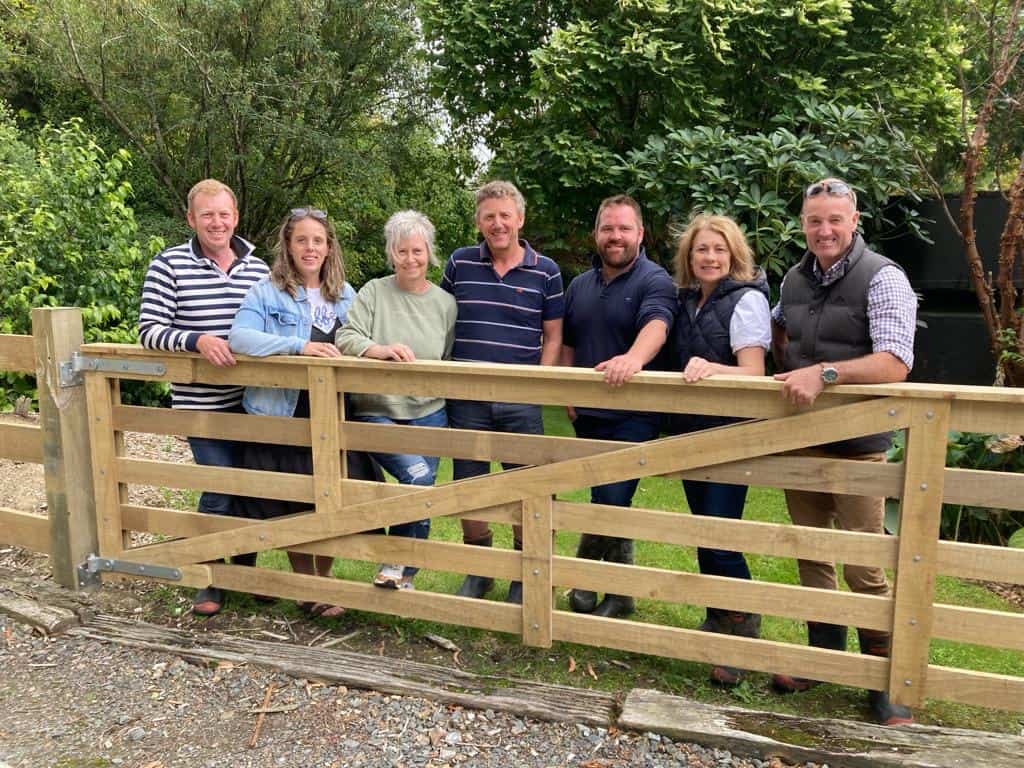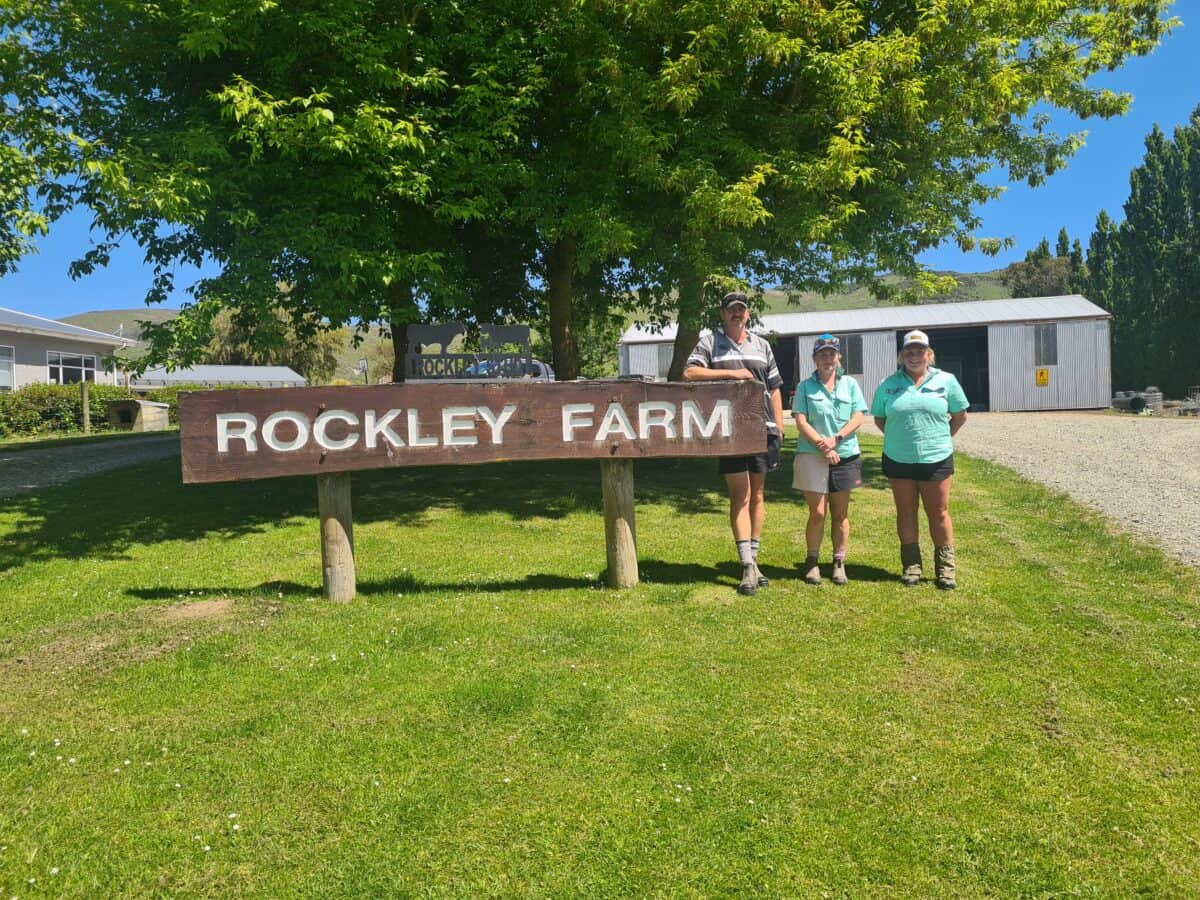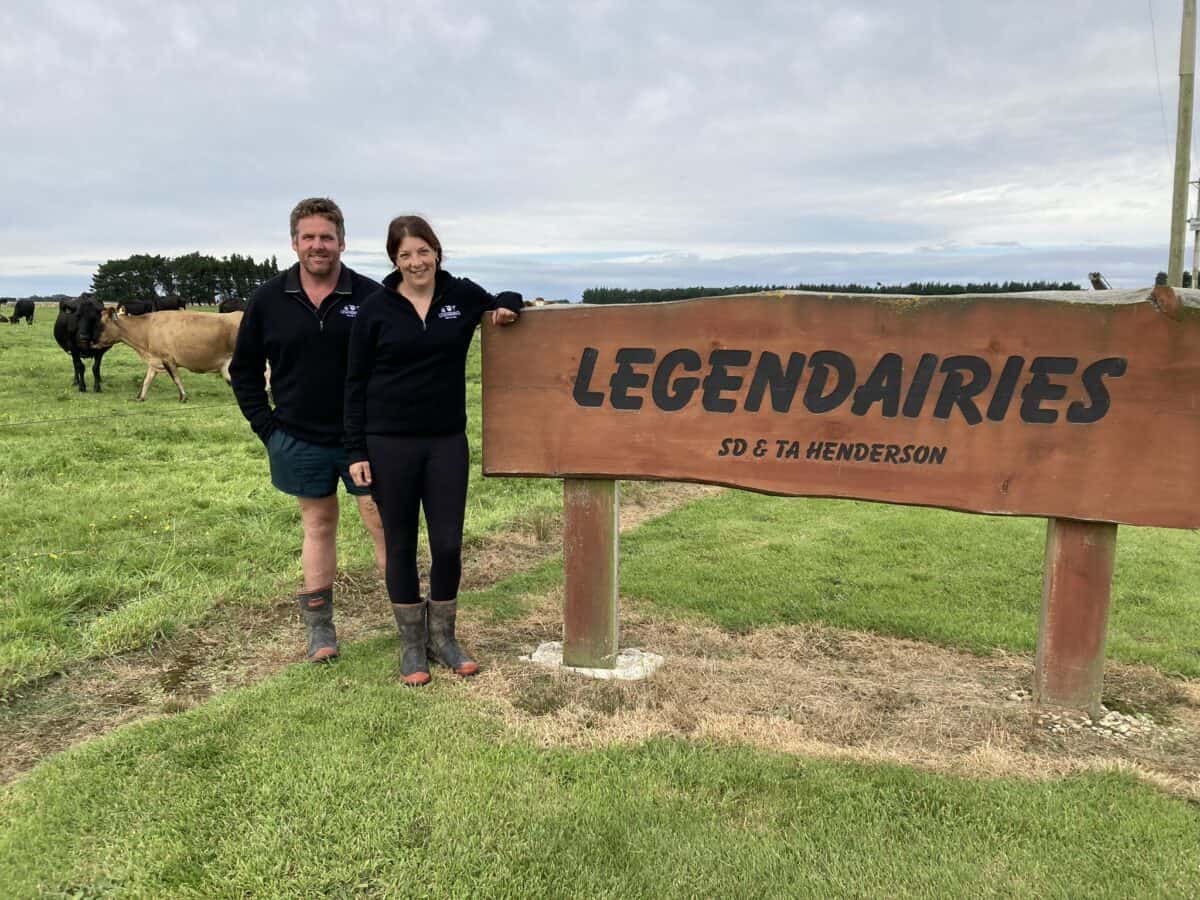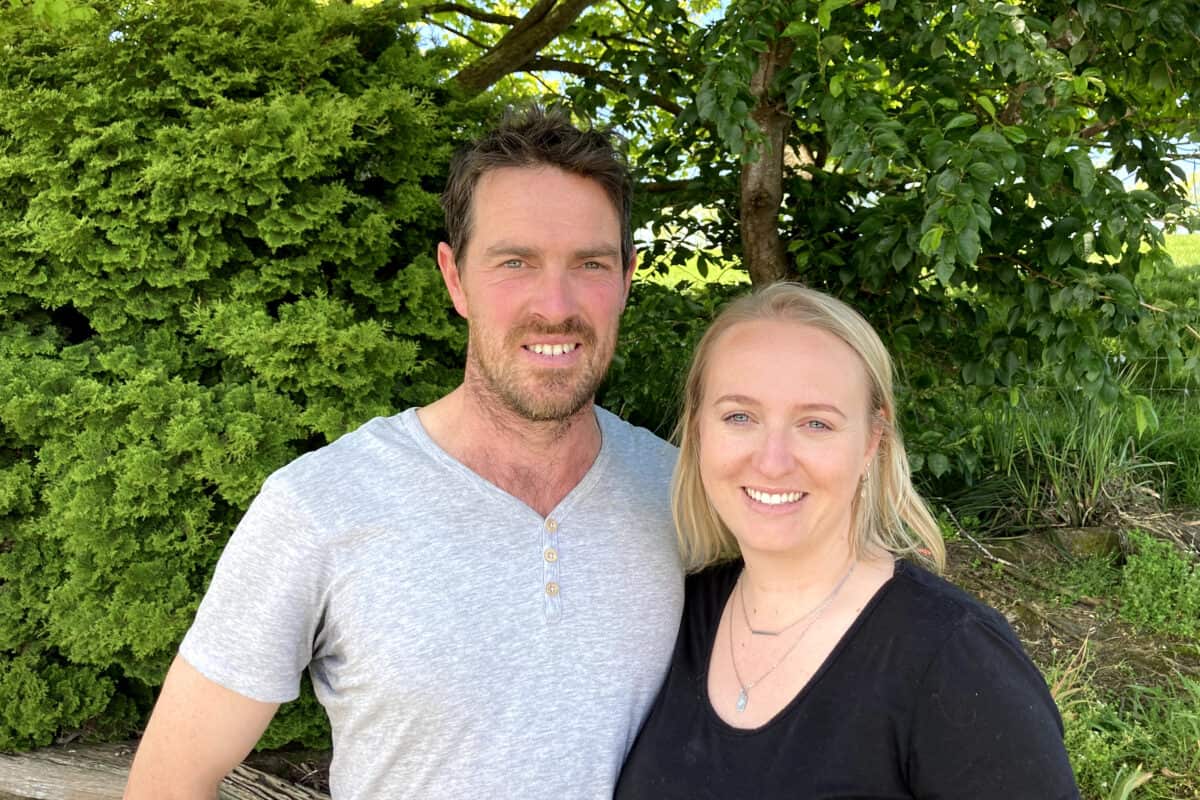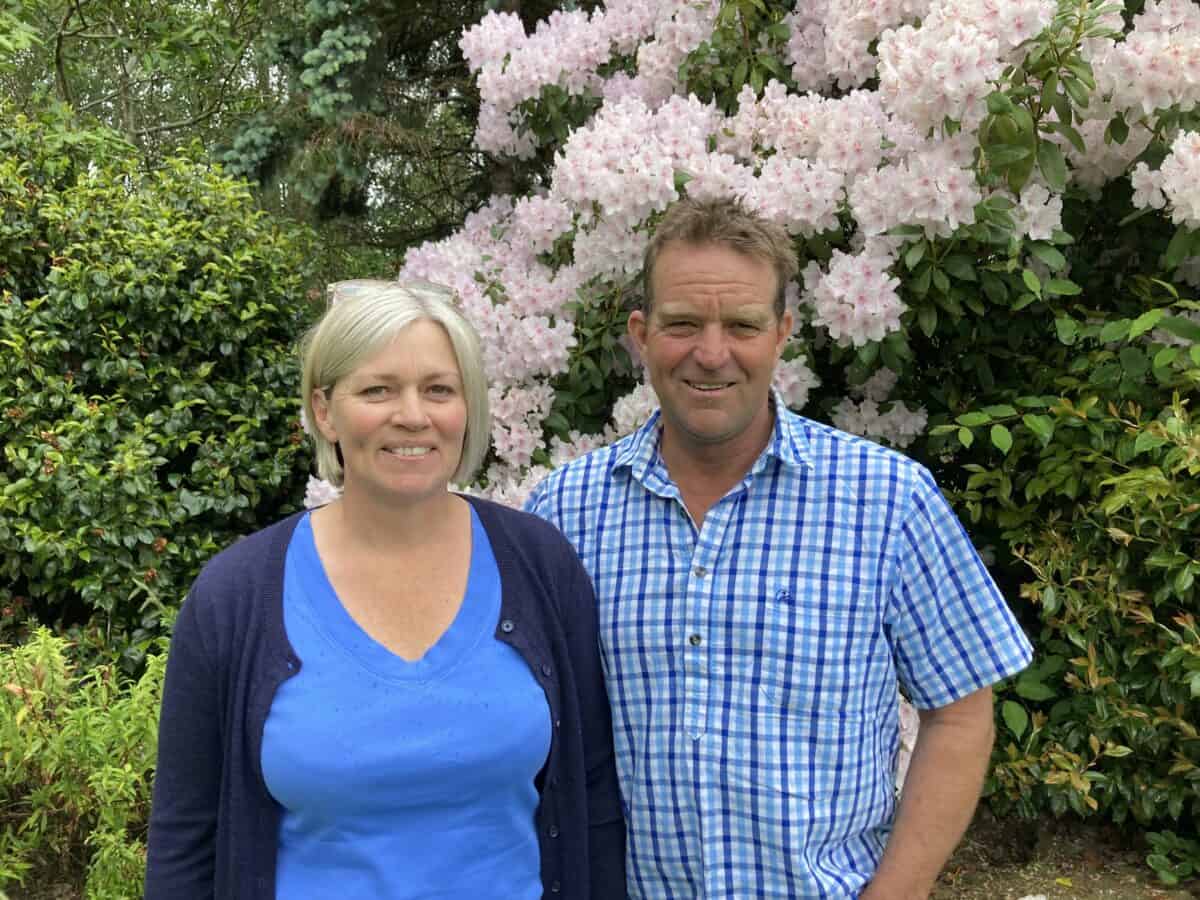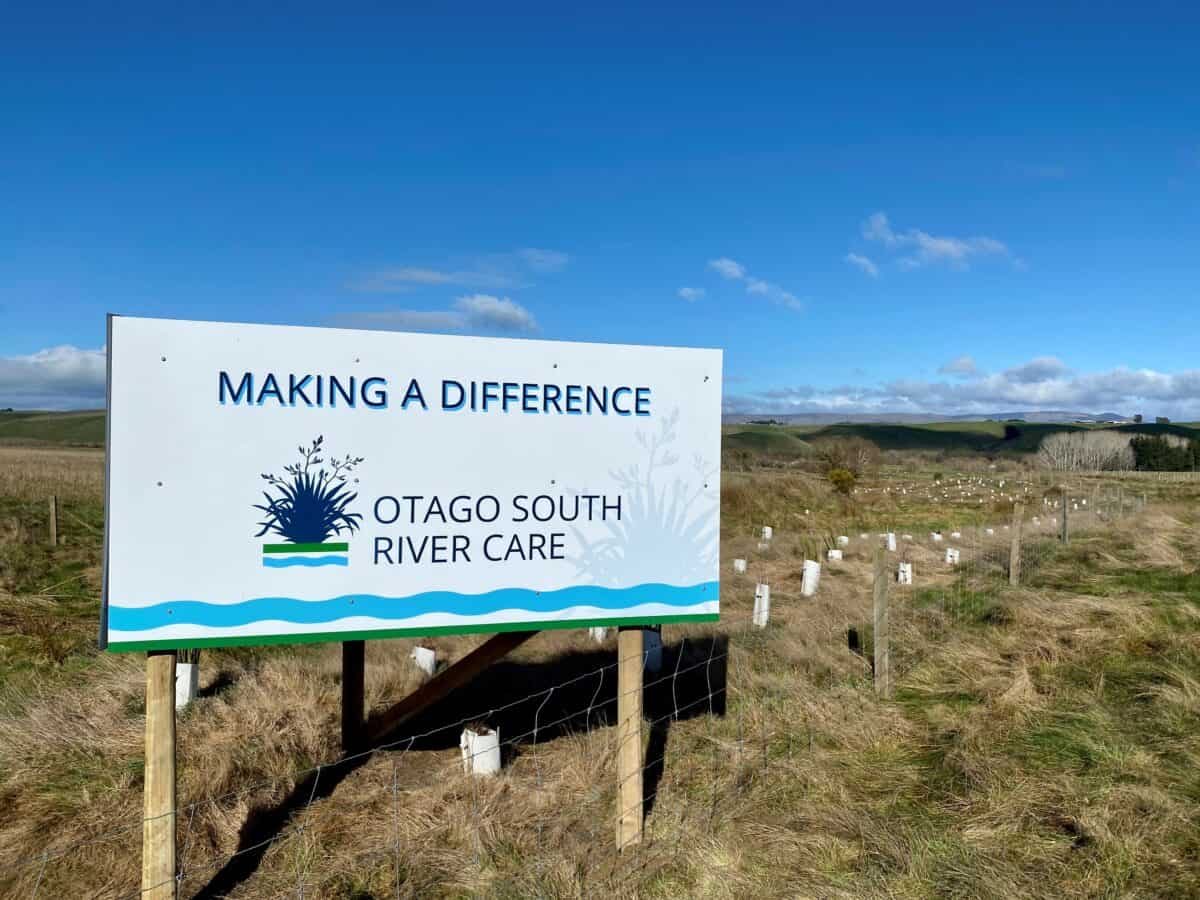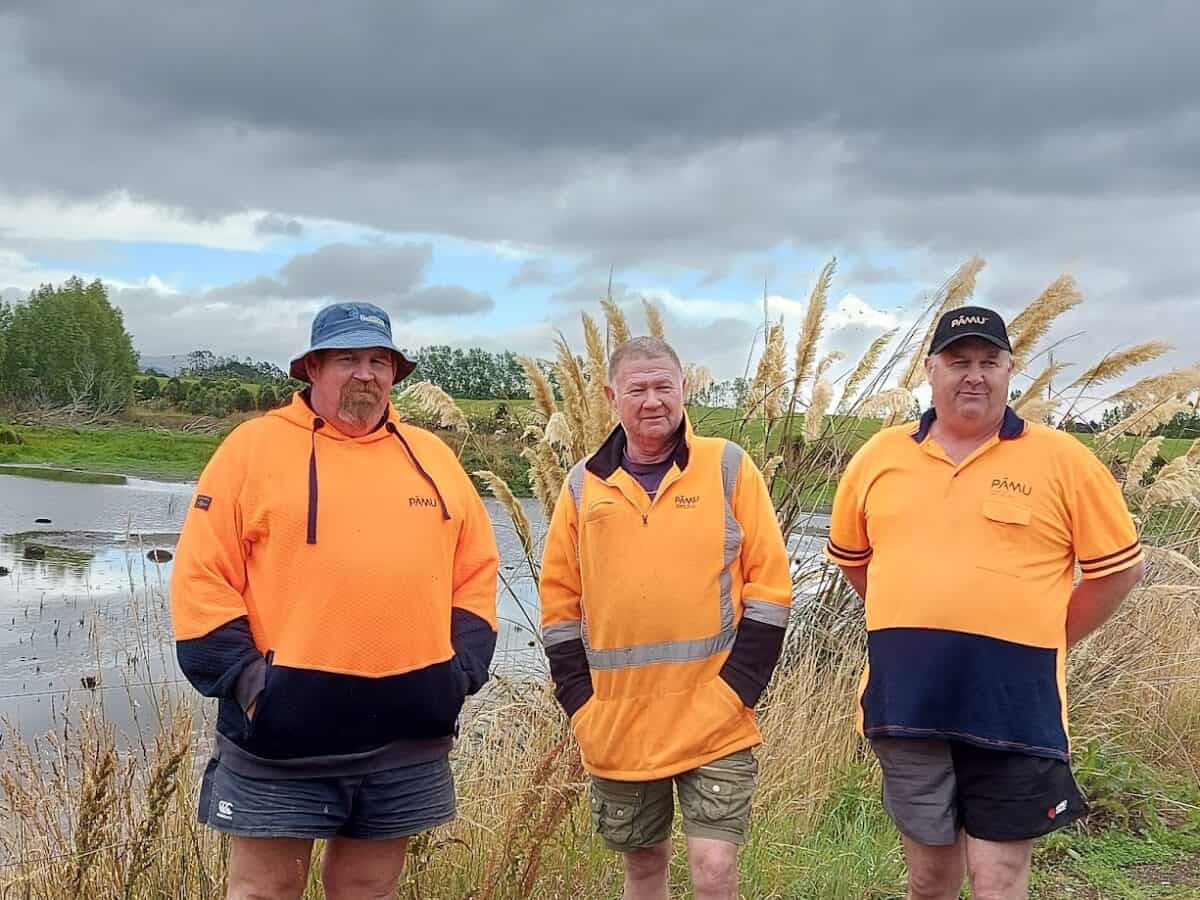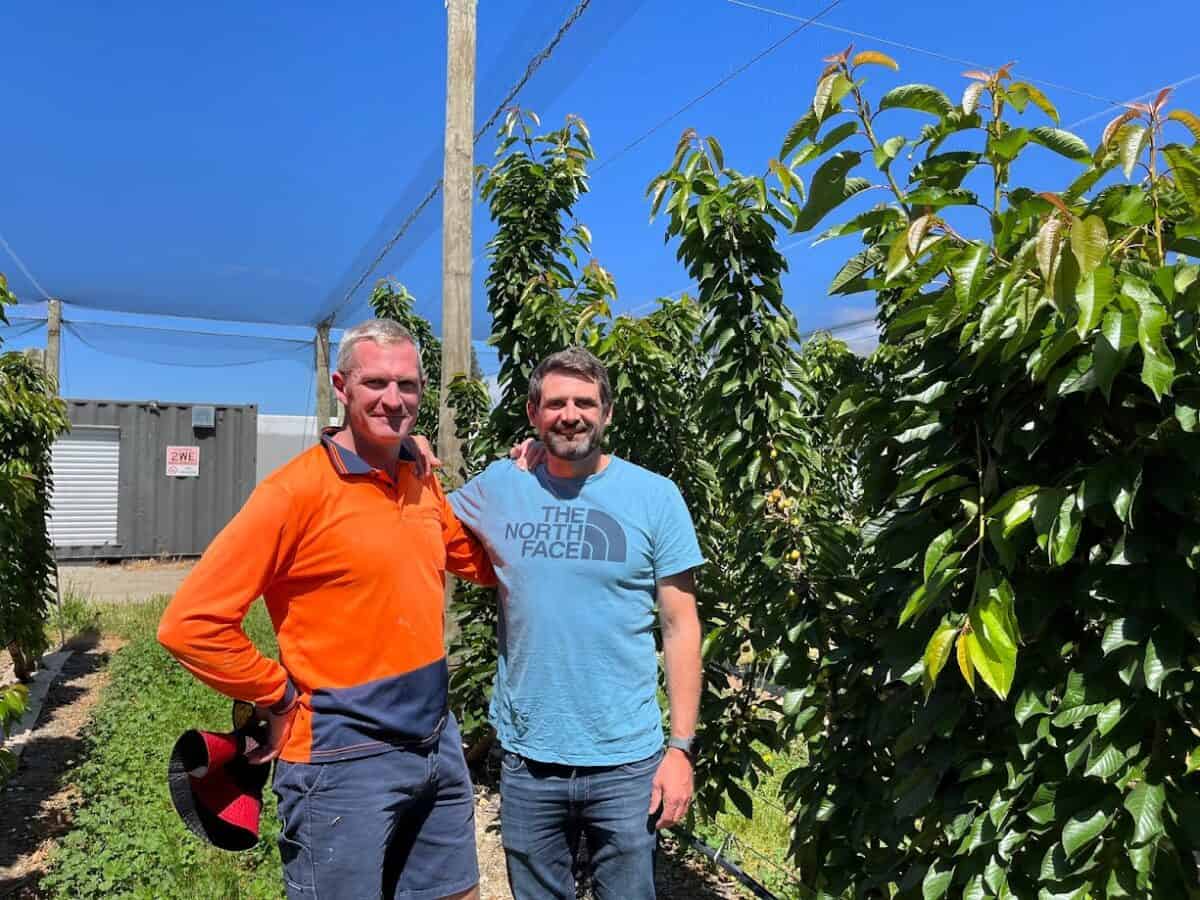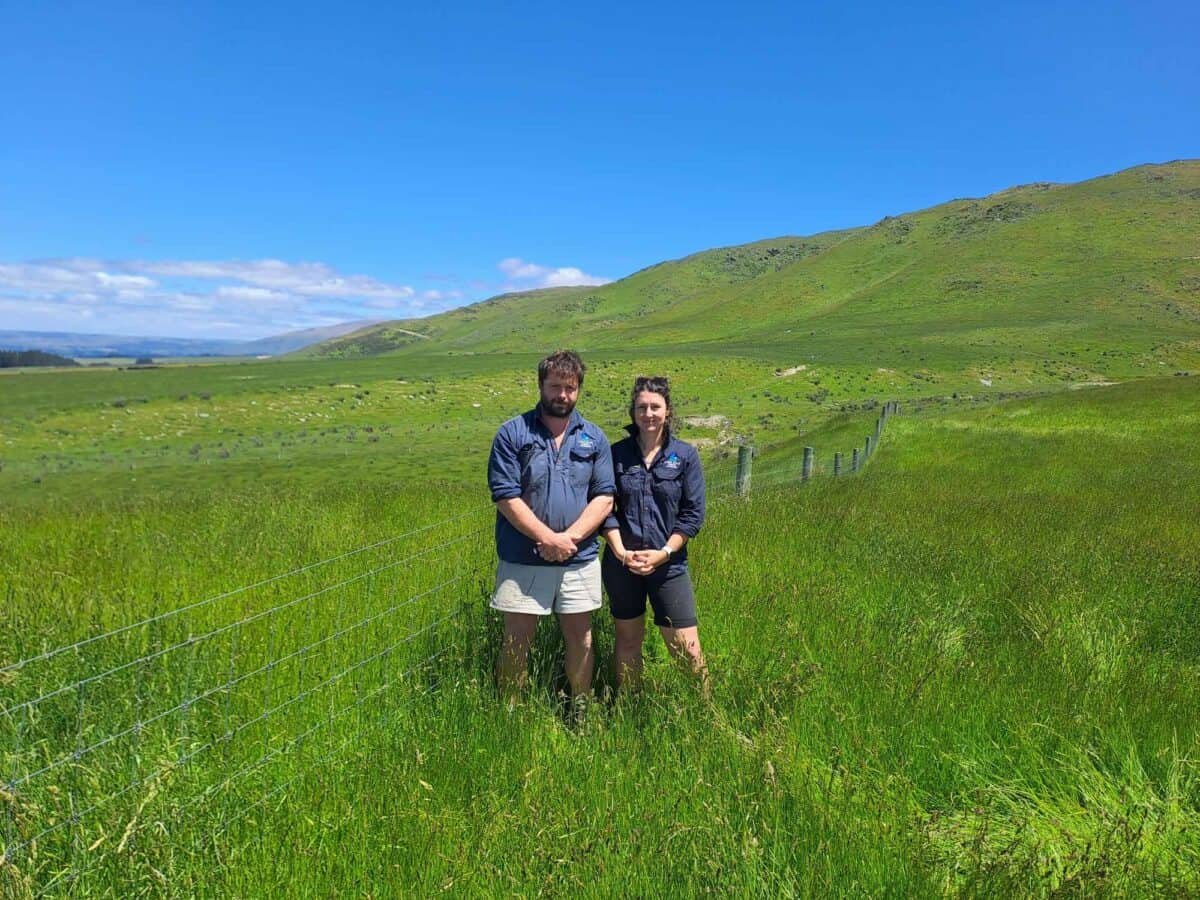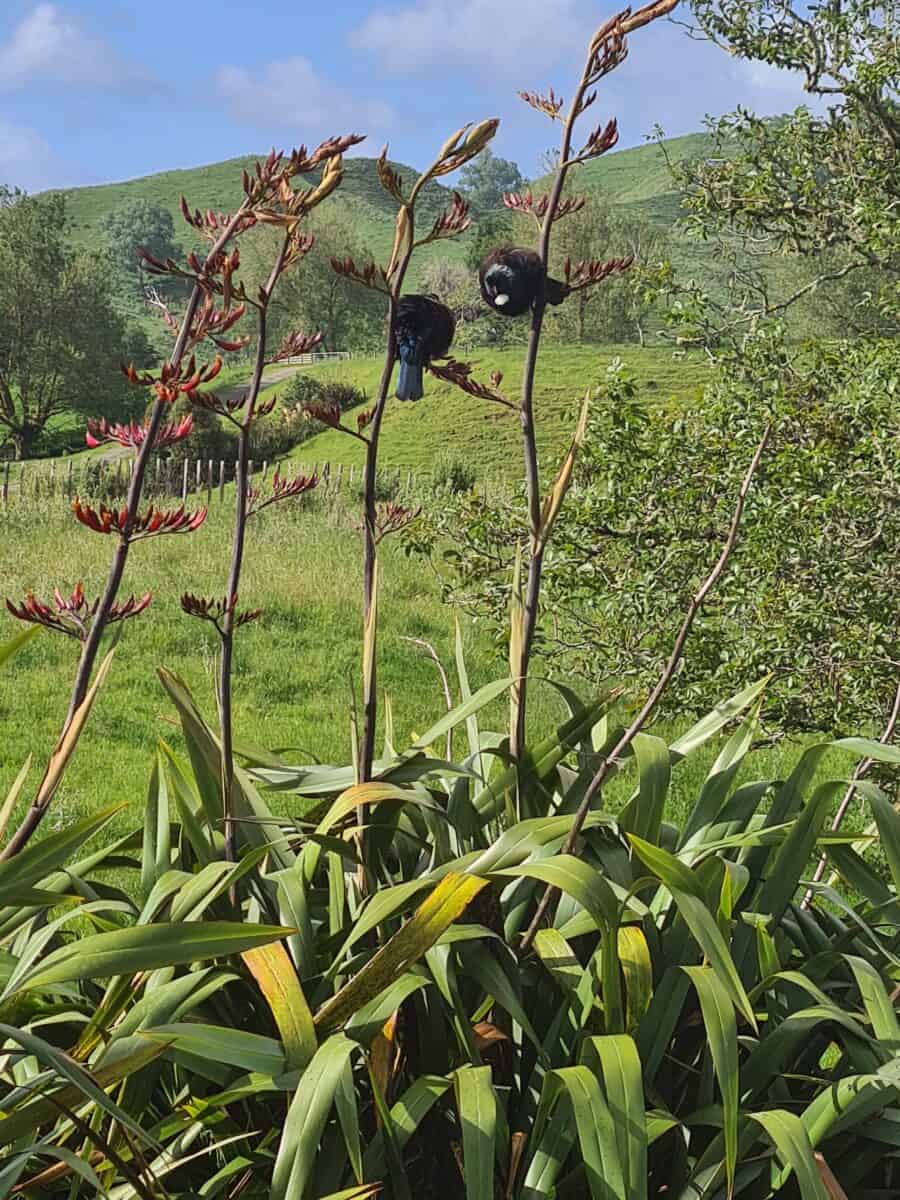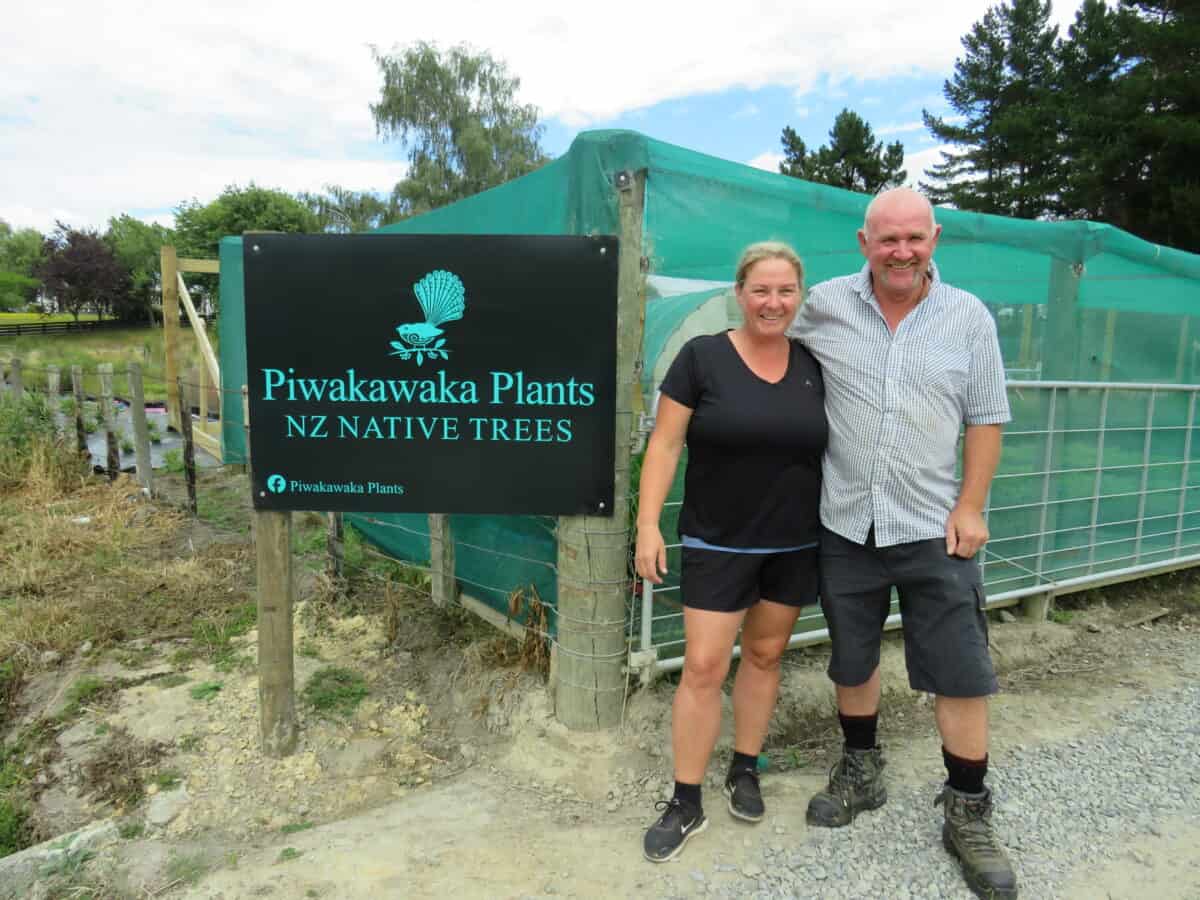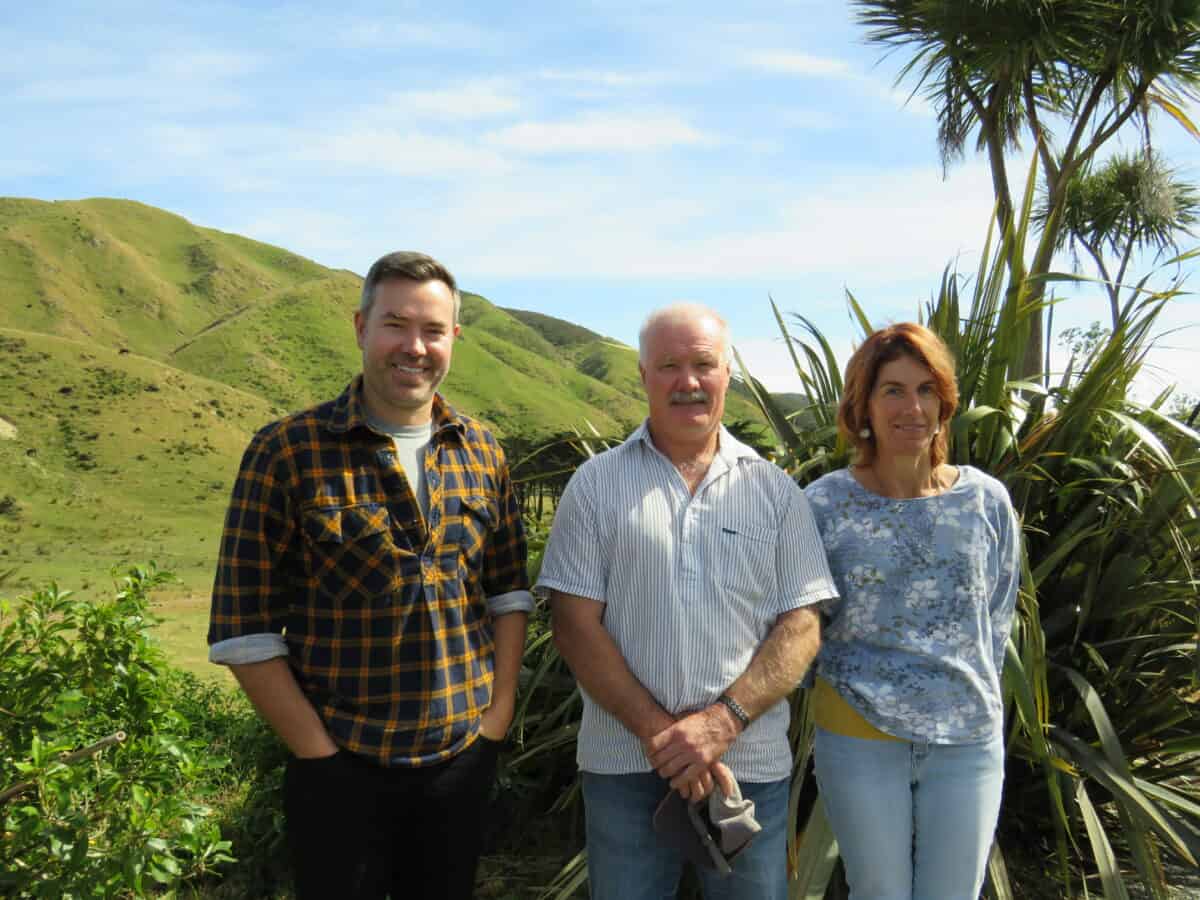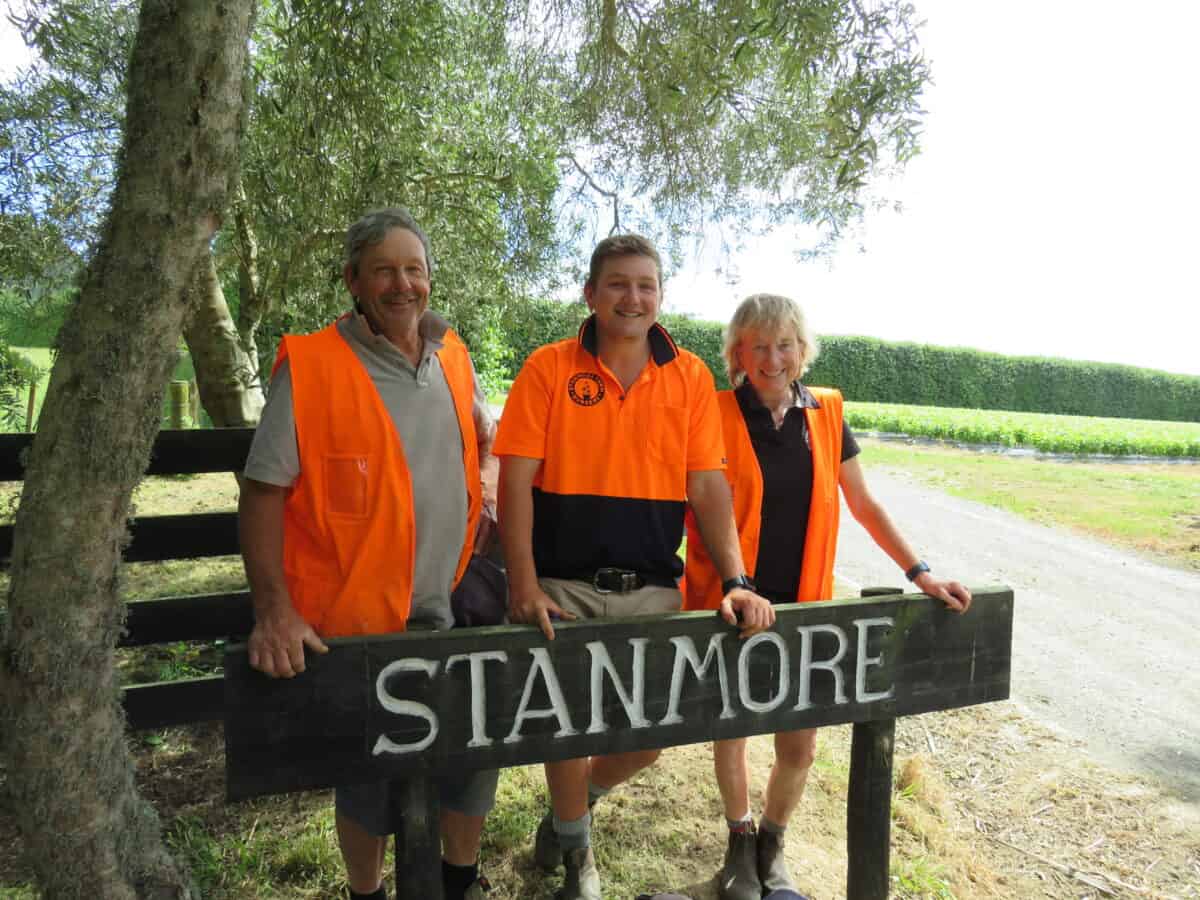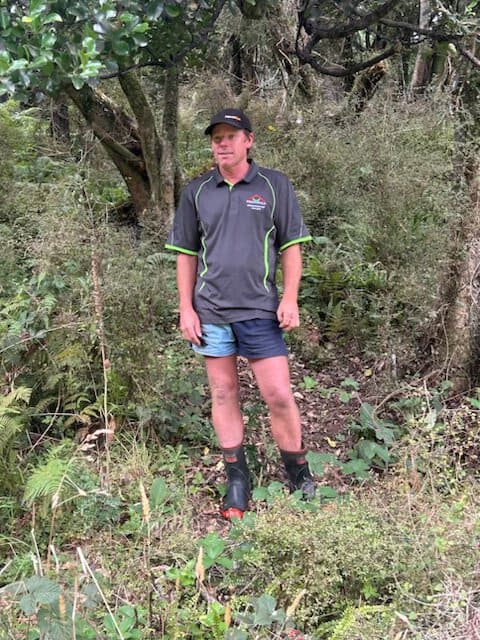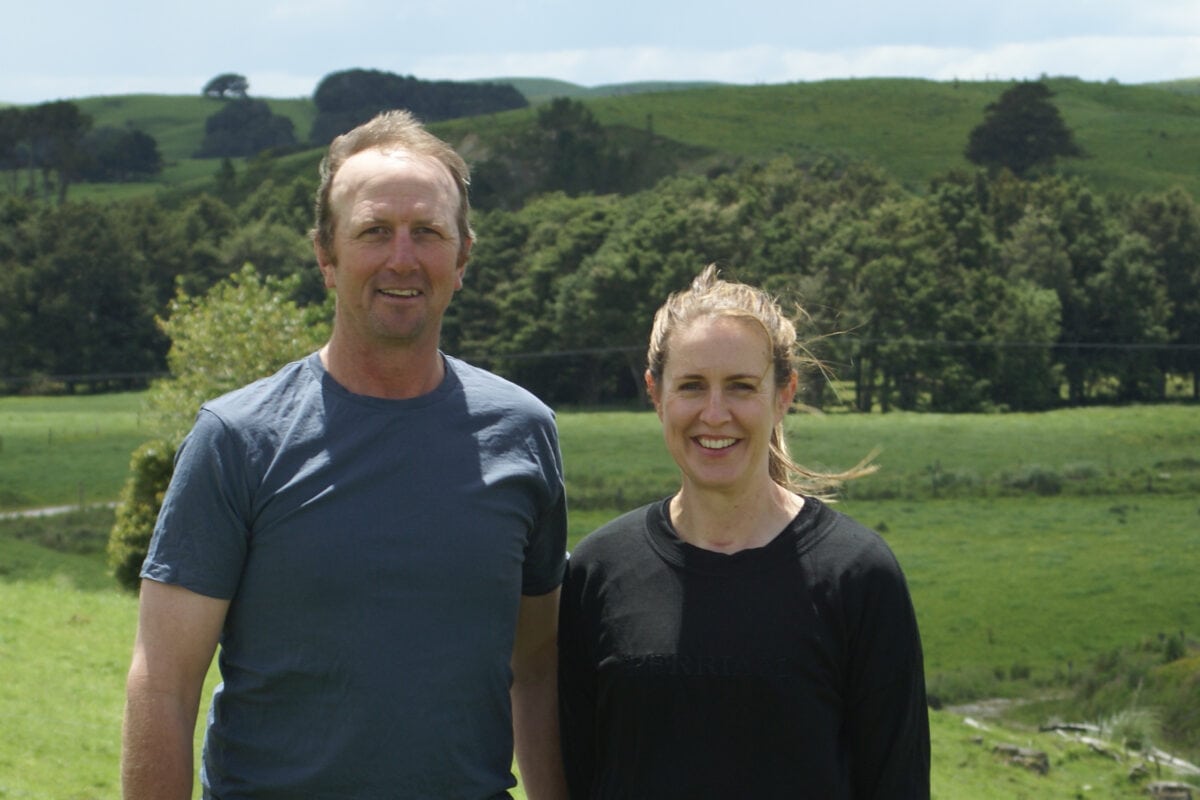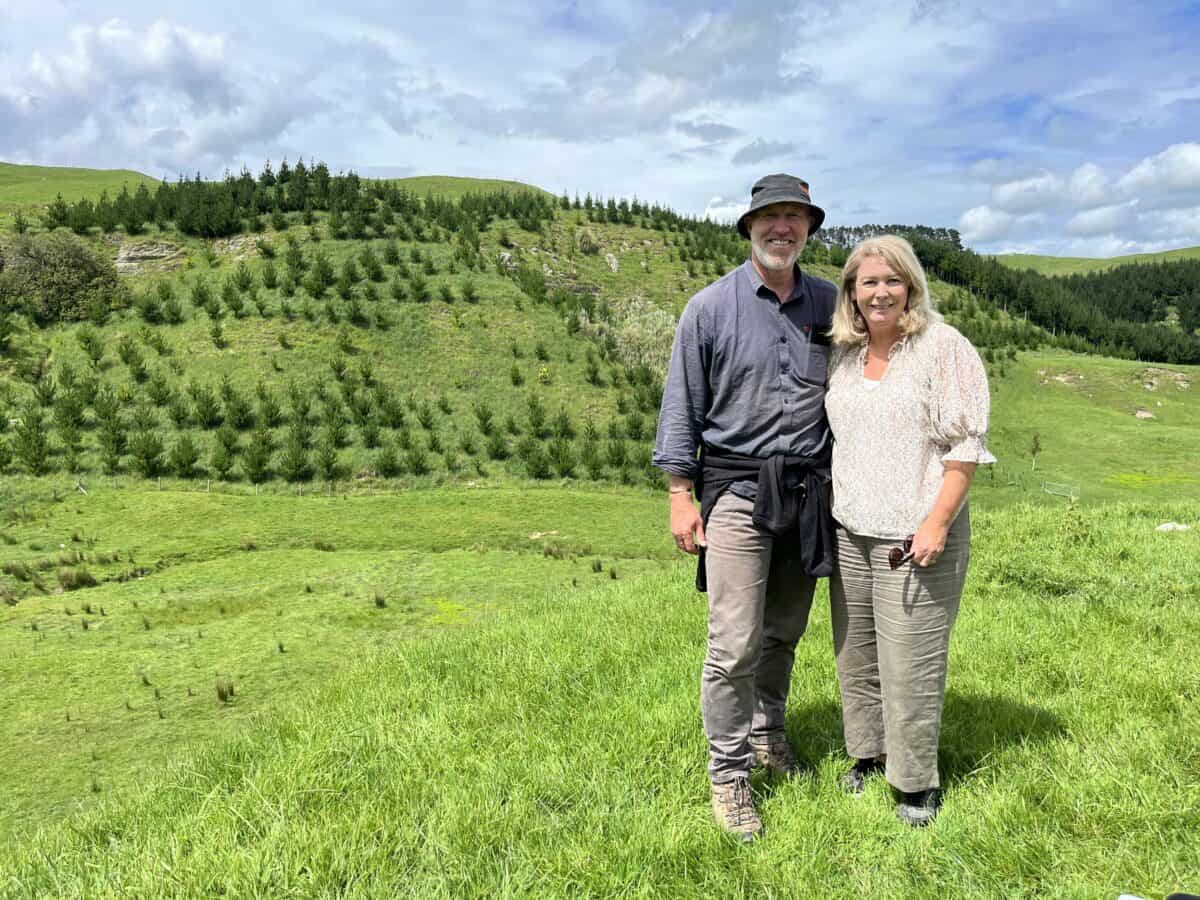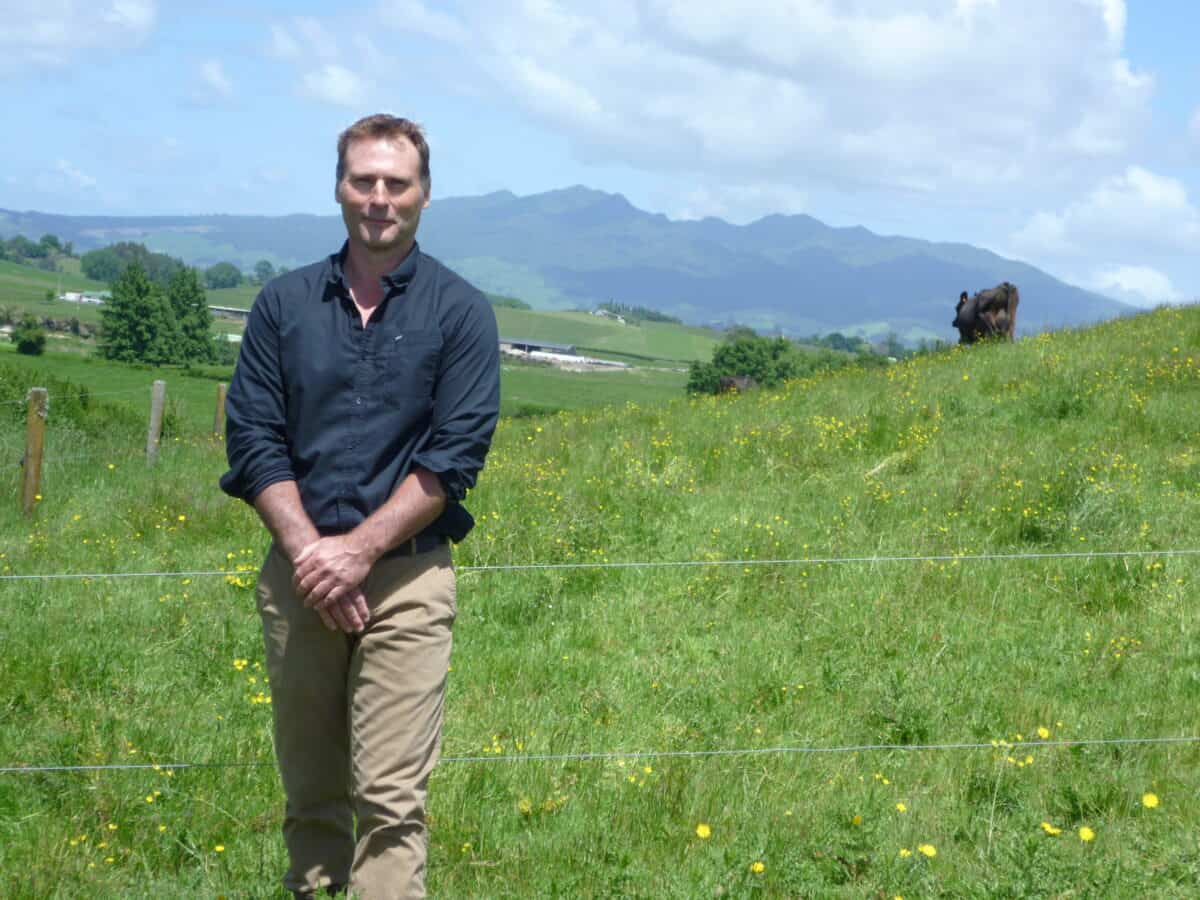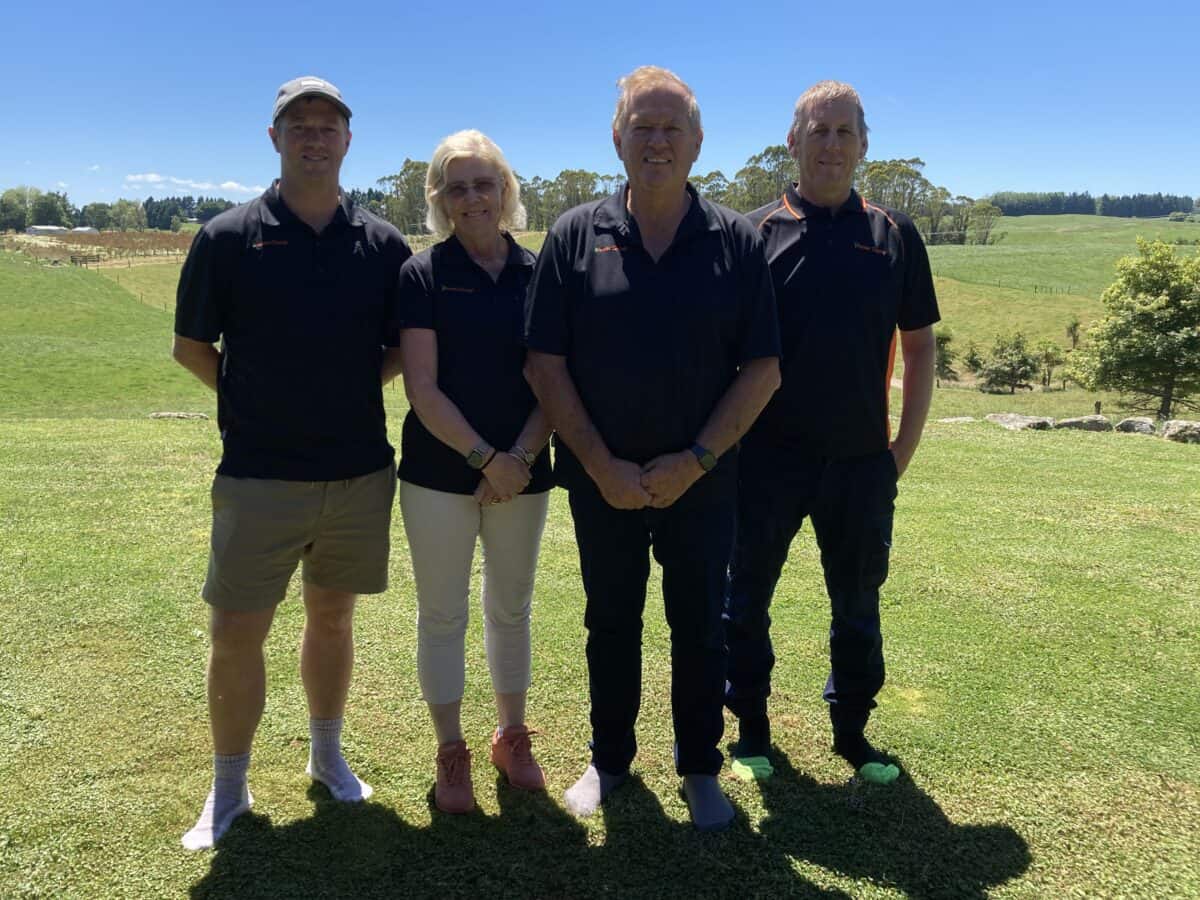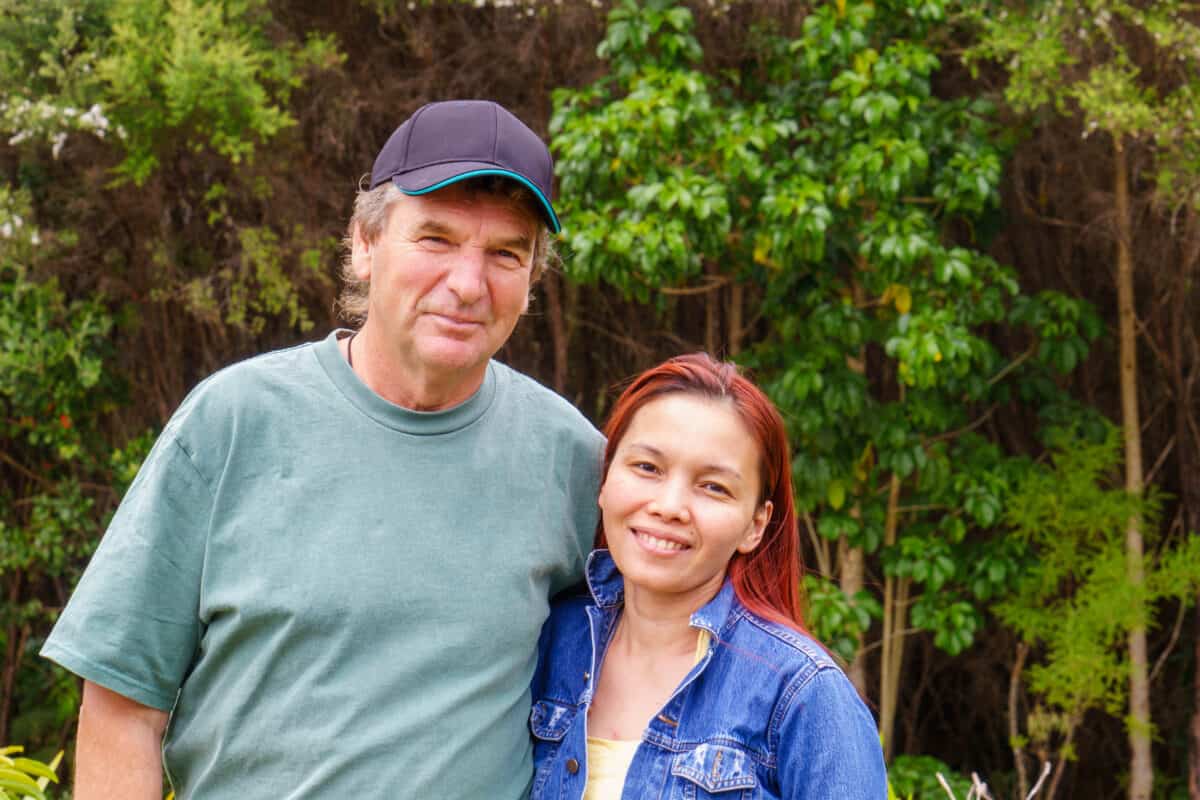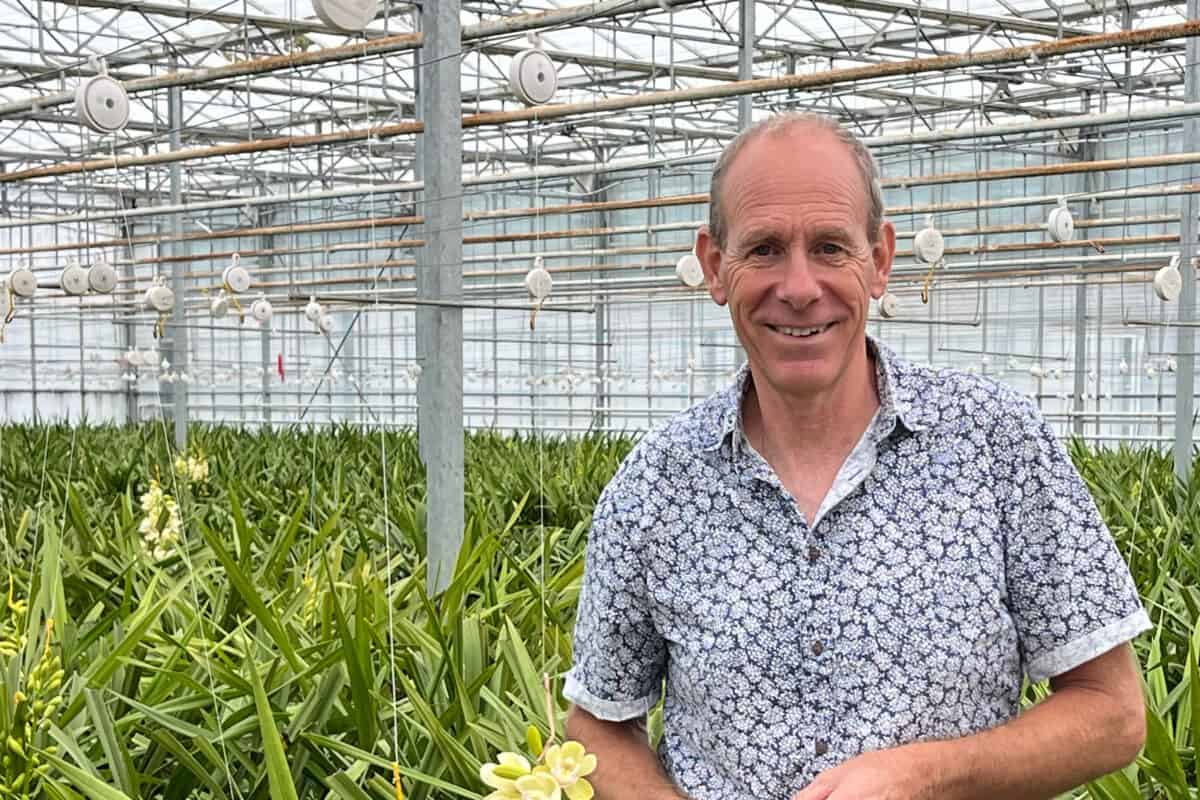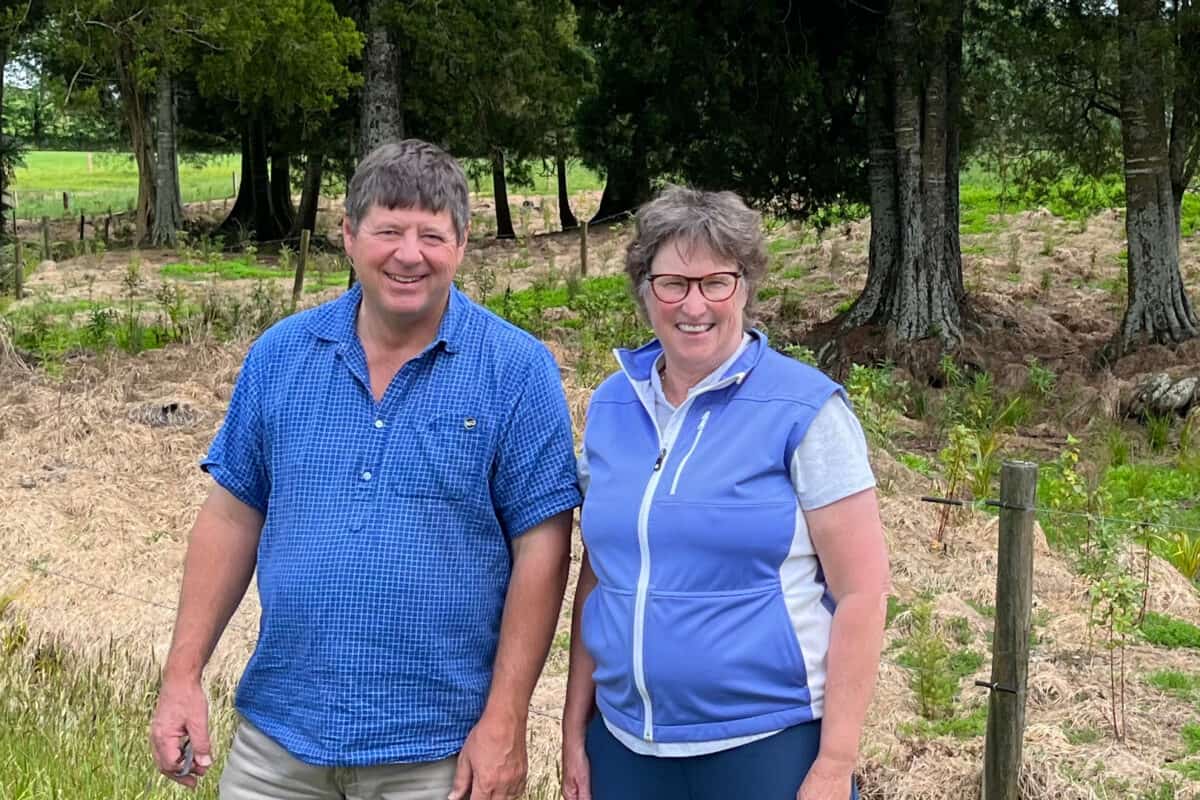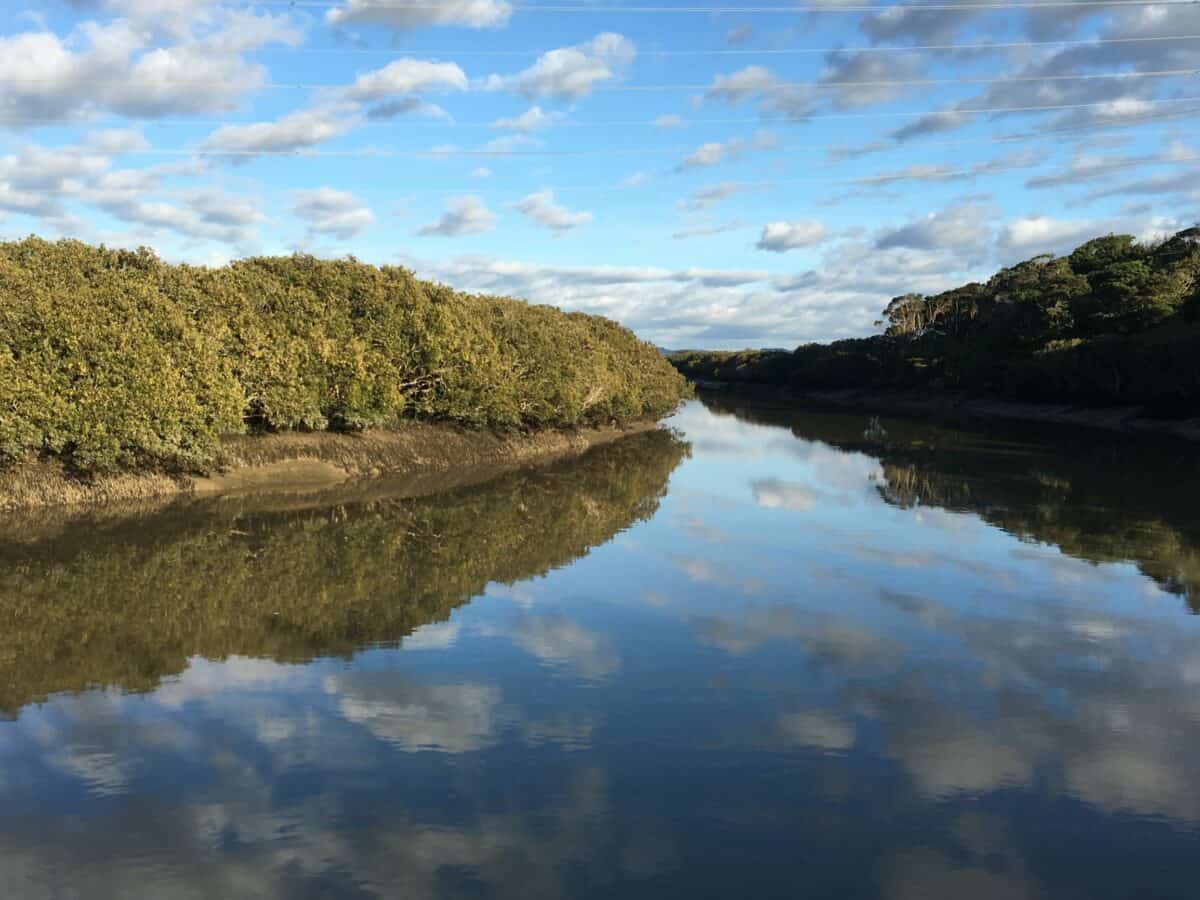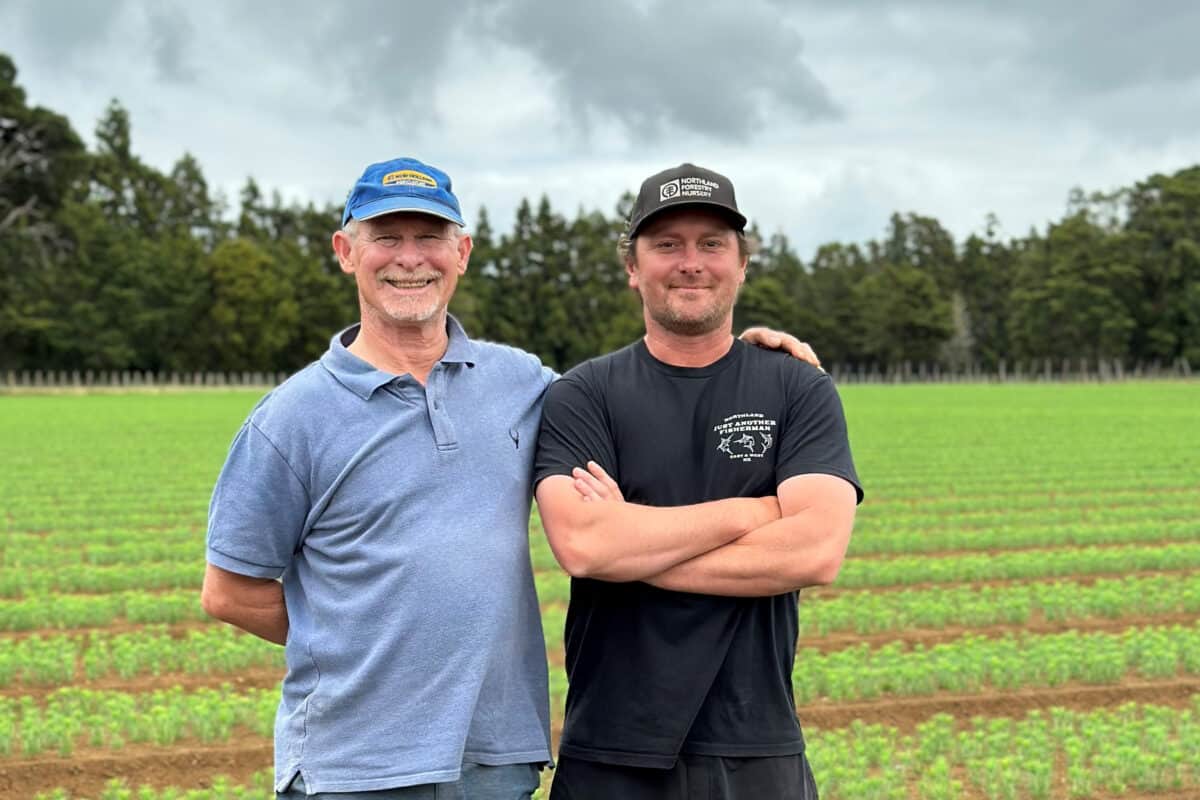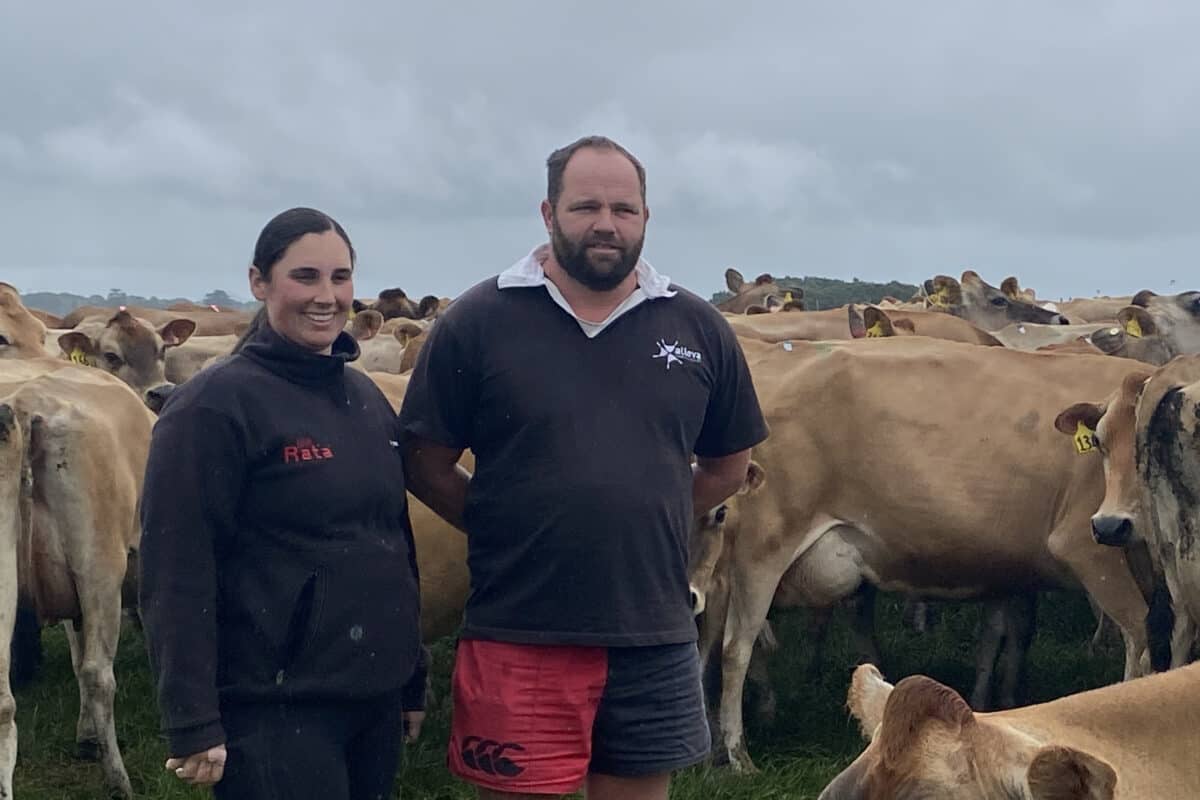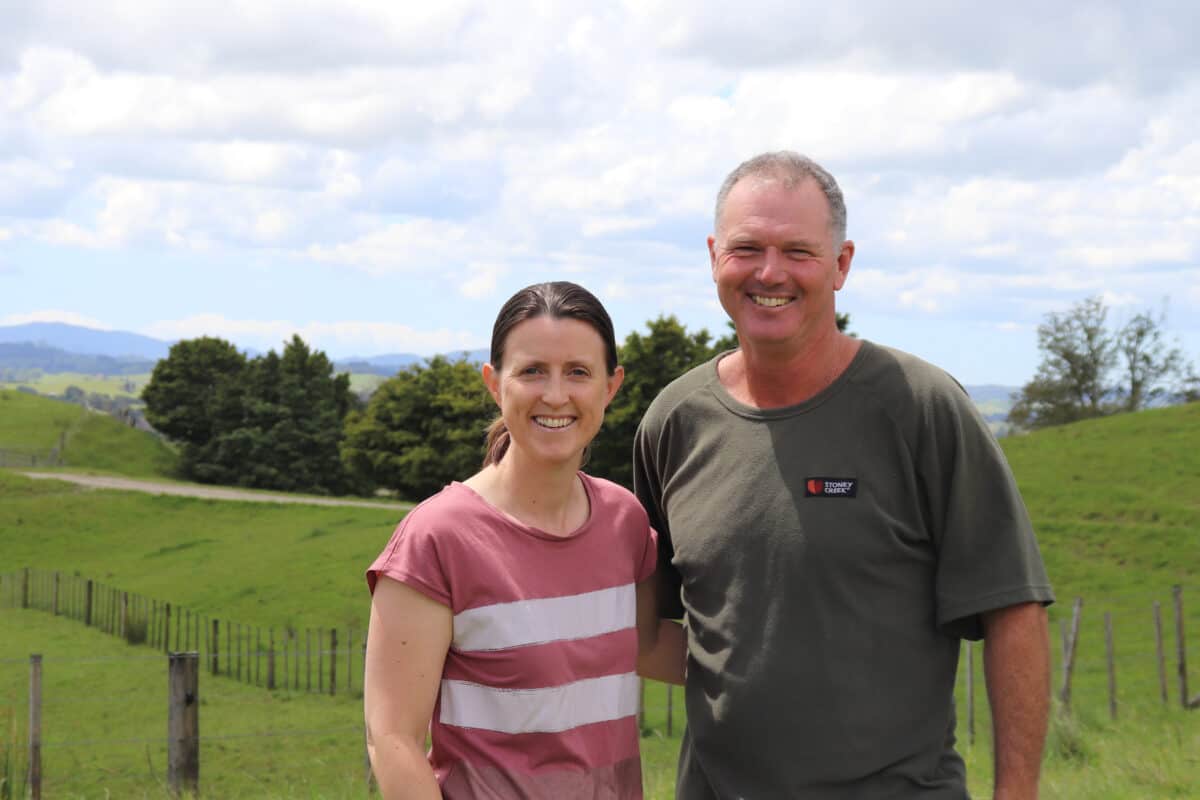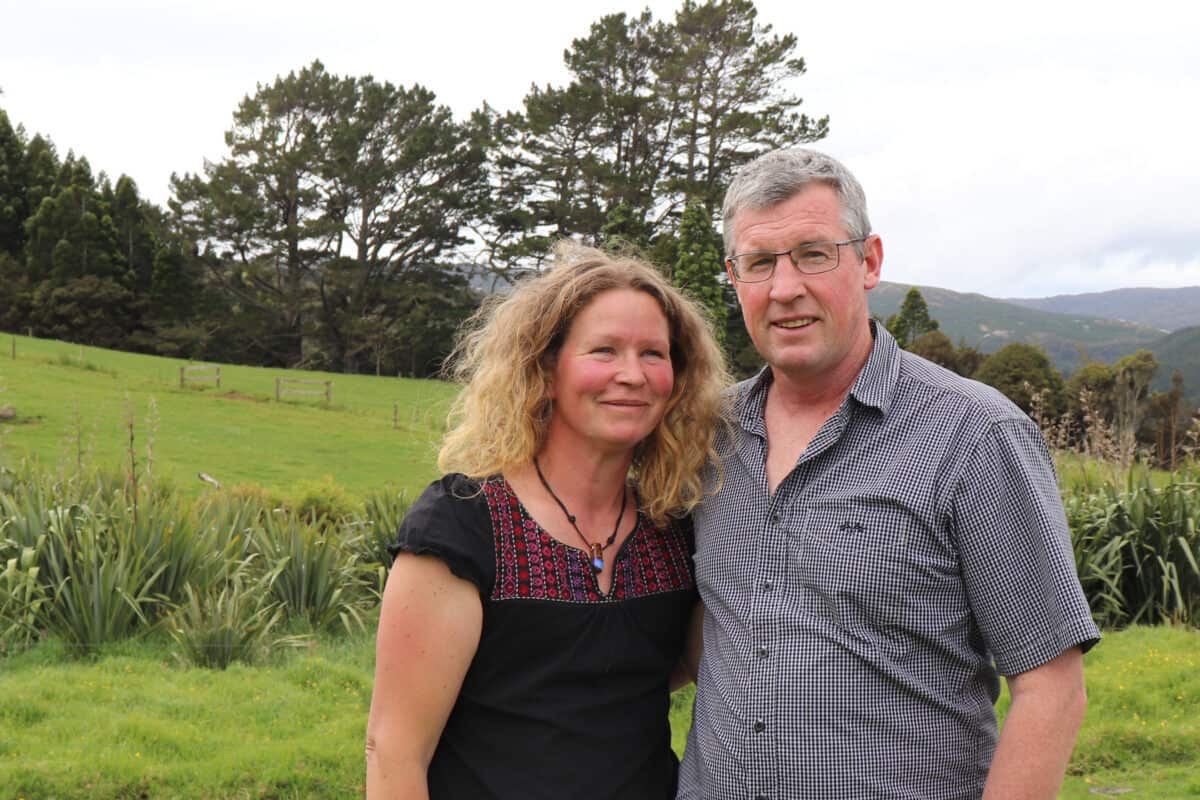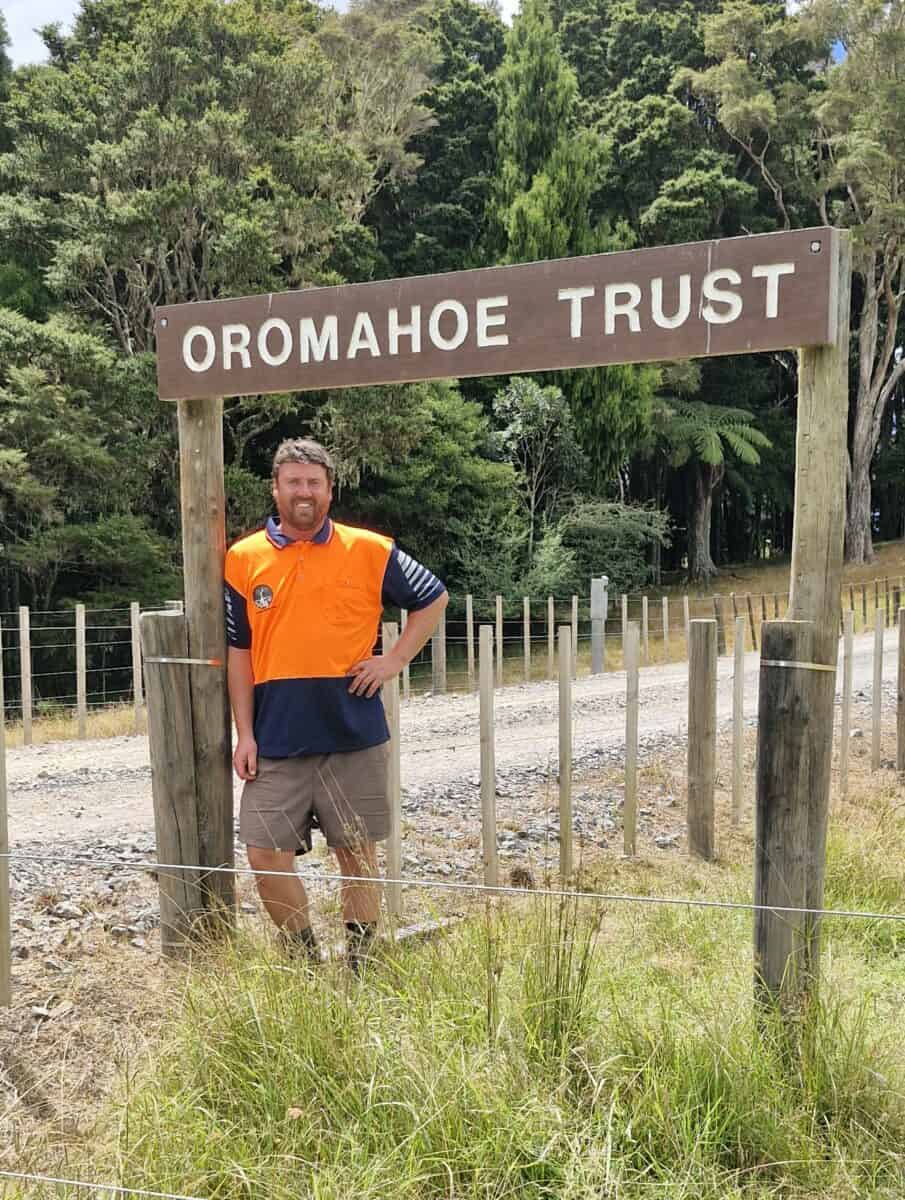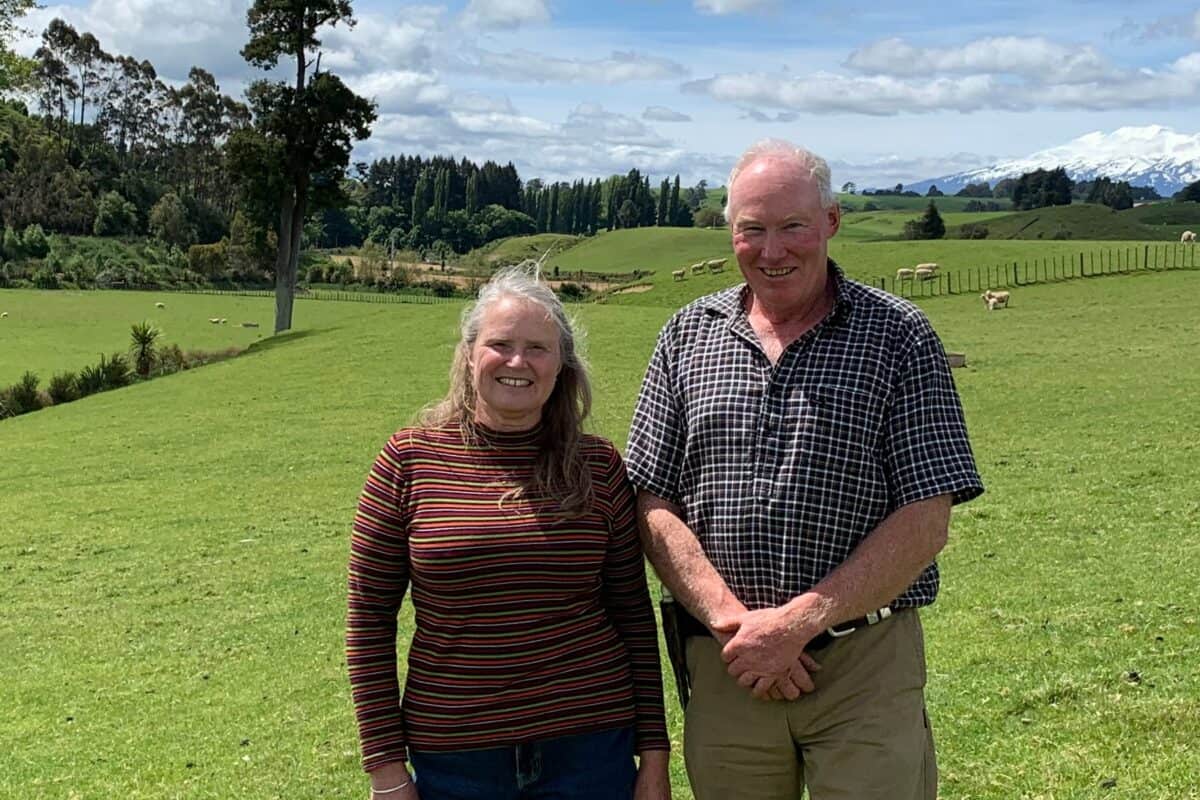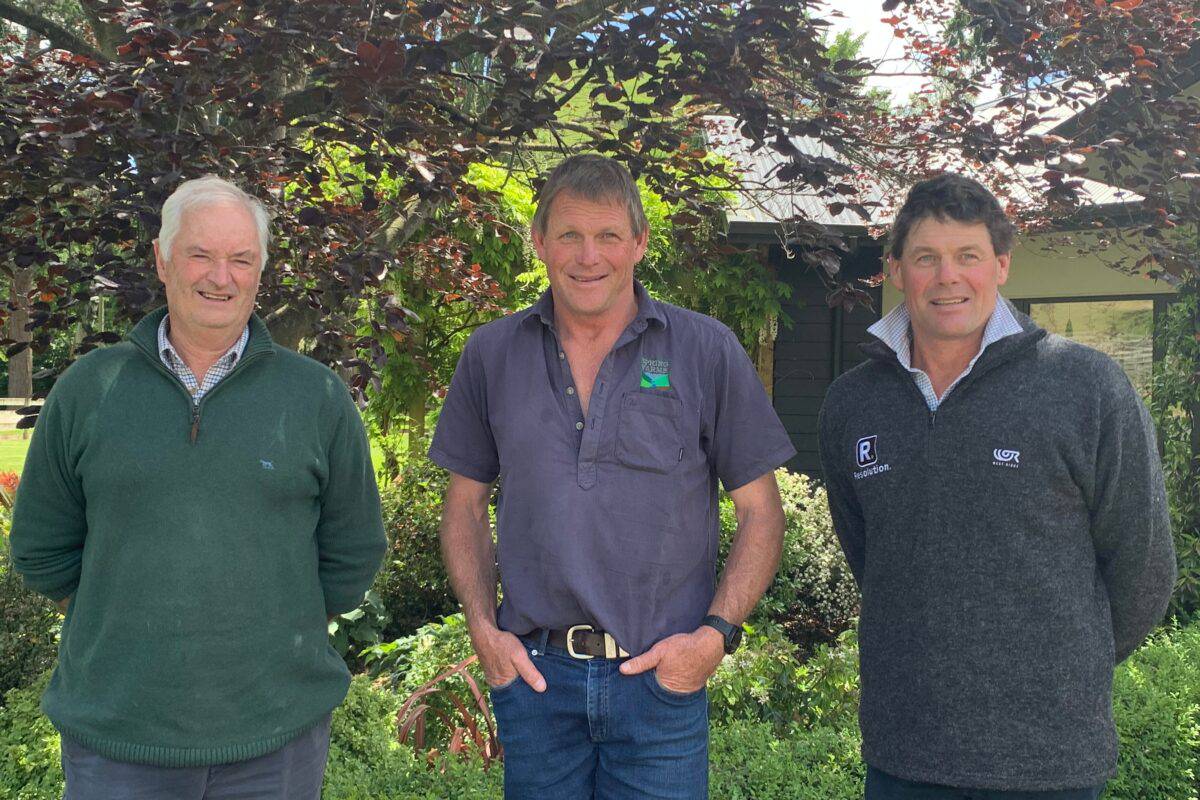Southland farmers Grant and Bernadette Weller were intrigued. It was 2007 and they started to read and hear about Holistic Agricultural Systems and how they could make a big difference to sustainable land management. Many of the principles of the system seemed to echo what they were already doing on their 912ha (850ha effective) sheep and beef farm, Crosshill, in the Waimea Valley.
“We’d had some challenging years in the early 2000s with dry autumns,” says Grant. “We were looking for ways that were simple but effective to improve our productivity and flexibility, while maintaining a system that could be sustained.”
They had already embarked on a substantial shelter belt plan for their finishing land to help with the inevitable winter and spring storms, as well as to provide shelter from the sun in the summer. In addition, they managed their sheep and cattle grazing on the hill so the native shrubland continued to thrive and grow. This created protection for waterways and shelter for the animals throughout the hill blocks.
It was these attributes that contributed to Grant and Bernie being named the Regional Supreme Winners of the Southland Ballance Farm Environment Awards in 2011, then going on to win the inaugural Gordon Stephenson Trophy – an award established to recognise farmers working to balance productivity with environmental stewardship.
“Gradually through trial and error we developed our own unique system that works with our environment and stock classes,” says Bernie. “Our system now is based on many of the basic principles of regenerative agriculture.”
“We initially began mob stocking, utilising rotational grazing in bigger mobs on the hill country, leaving higher covers which allowed us to spell blocks for longer periods. That was a real game-changer for us, we had more grass and more options.”
By doing this year round, aside from an eight-week period when they lambed and calved, it allowed the farm to grow more pasture through the often cold Southland spring and achieve the surplus food wedge they needed to get through the summer. “We have gone more than a decade without synthetic fertilizer use on the hill and continue to improve,” says Bernie.
“We are constantly fine-tuning our systems,” adds Grant. “We now have summer seasons where we could bring on another 200-400 grazing cows to try and chew down that extra feed, in comparison to barely being able to hold the stock.”
“The more pasture you have, the more pasture you grow,” says Bernie. “So we are continuing to increase stock numbers. It’s a system that especially benefits our beef mob.”
Although a lot has changed for the couple in the 20 years since they won the trophy, the experiences, learnings, and memories from that time haven’t been forgotten.
Bernie was accepted into the AWDT Escalator programme for rural women in 2014, primarily due to the BEFA award. “That really changed the trajectory of my life and the experiences I have had since,” she says. For Grant, it was the insight into how other people ran their businesses that made a huge difference. “It gave me a better understanding of what made them successful and what we could take on ourselves and learn from,” he says.
“It showed us that we had a strong partnership, demonstrated our different skill sets, and showed how and why we worked so well together and that we could achieve at a high level.”
Looking ahead, the farming couple has a single focus. “We continue to concentrate on simplifying our system while optimising its productivity,” says Bernie. “That means making it as easy for the stock and for us as possible.”
“It’s concentrating on your margins in the business that is important,” she says. “Costs are increasing but prices aren’t necessarily going up at the same pace.”
They use conveyor systems to limit the time sheep spend in the yards, so now what used to take one and a half days is finished in a couple of hours. The Resolution software platform puts all their day-to-day activities and compliance needs into one system and has removed the need for a separate office as everything is paperless.
“Keeping things simple allows Grant and I to have the lifestyle we want without having to bring on lots more staff, and it’s physically easier.”
They don’t have drones or cattle halters mostly because the cost of using them outweighs the benefits. However, they accept that there might be a time in the future as the technology gets cheaper that will provide ways to better monitor cattle up in the hill country.
Grant and Bernie still farm the property Bernie’s dad drew in a ballot for returning servicemen in 1954, and three areas on the farm they are especially proud of are the nearly 13 hectares of hill country under QEII covenants that have been fenced off and protected. “It’s regenerative bush that is pretty much a scarcity along the Hokonui Ranges,” says Bernie.
They firmly believe they are just caretakers of the land and everything is done in a way that echoes Gordon Stephenson’s belief that you should farm with the long-term effects of your farming practices in mind.
“We’ve been farming together since 1996 and to still be here after all that time I think shows a special resilience,” says Grant. “Particularly as sheep and beef farmers when we have never had consistent returns. Sheep and beef farming has certainly been difficult at times, however, we’re still together and work just as well today as we did at the start.”
“We entered the Awards because we wanted to show that when you are working with the land, environmental sustainability and profitability can go hand-in-hand,” says Bernie.
Enter the Ballance Farm Environment Awards
